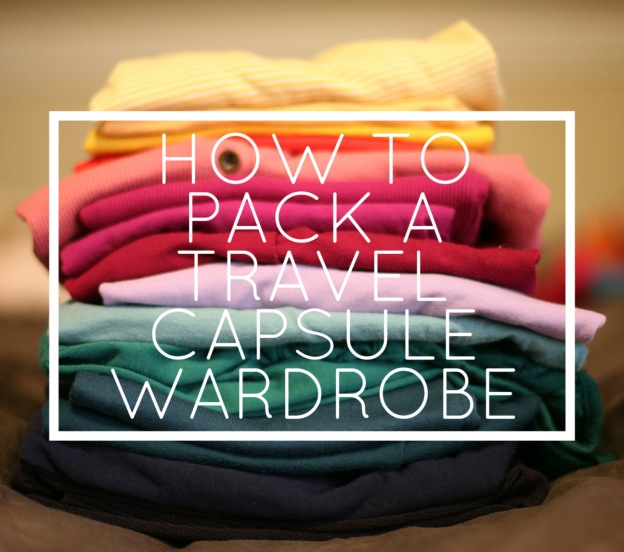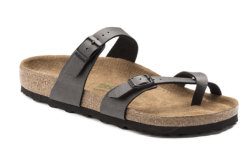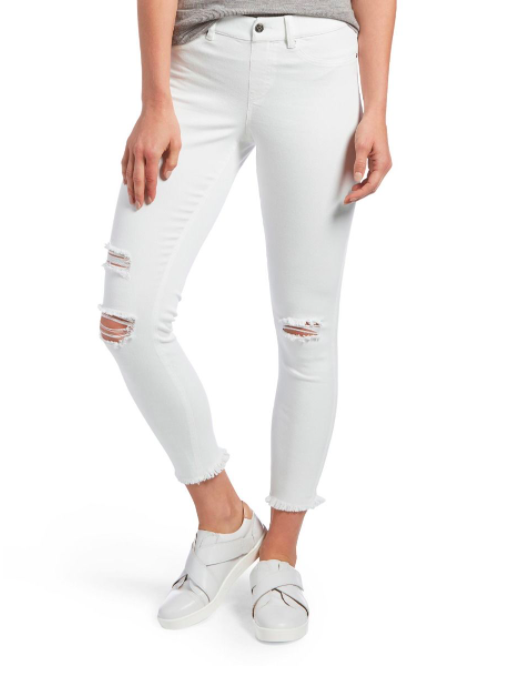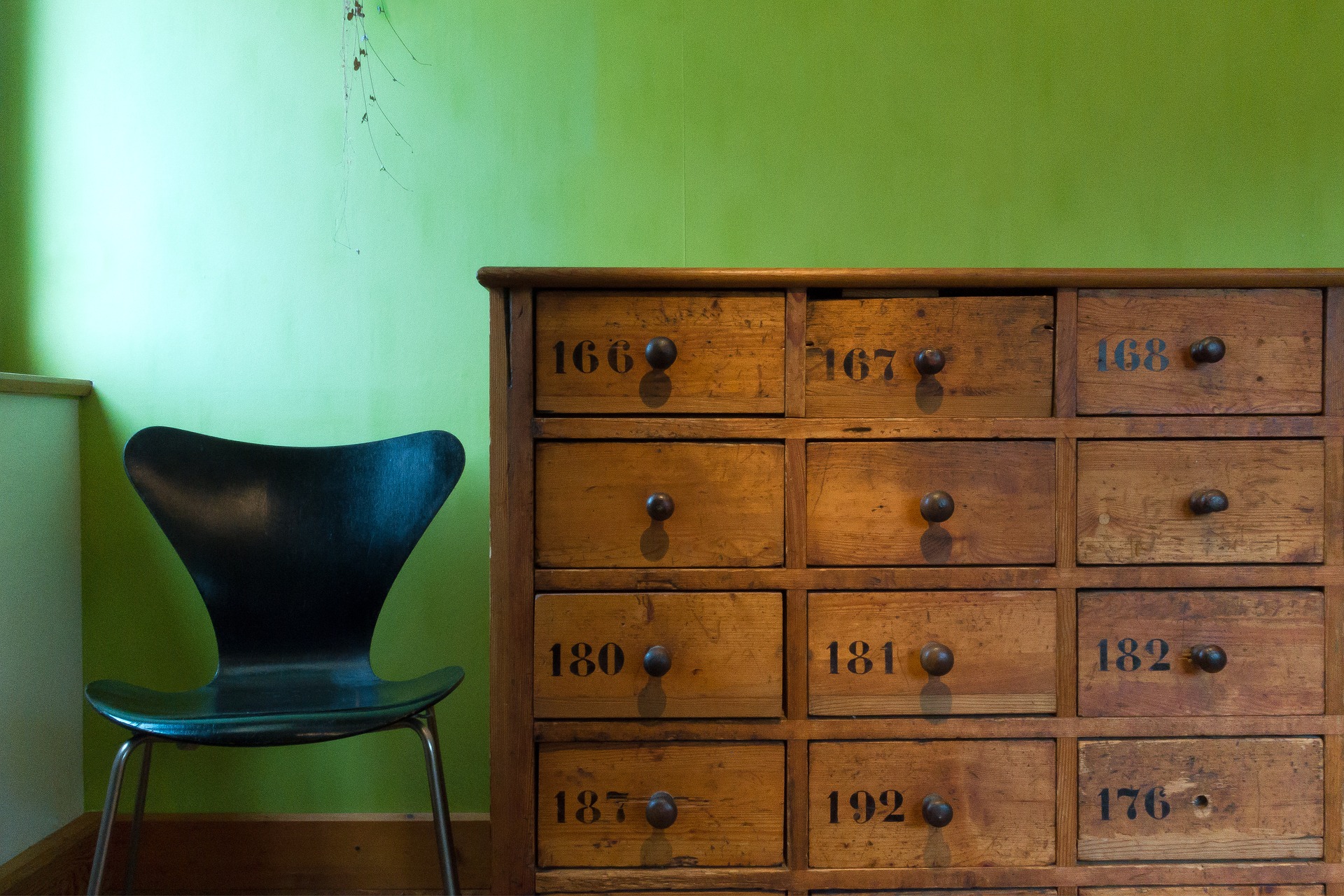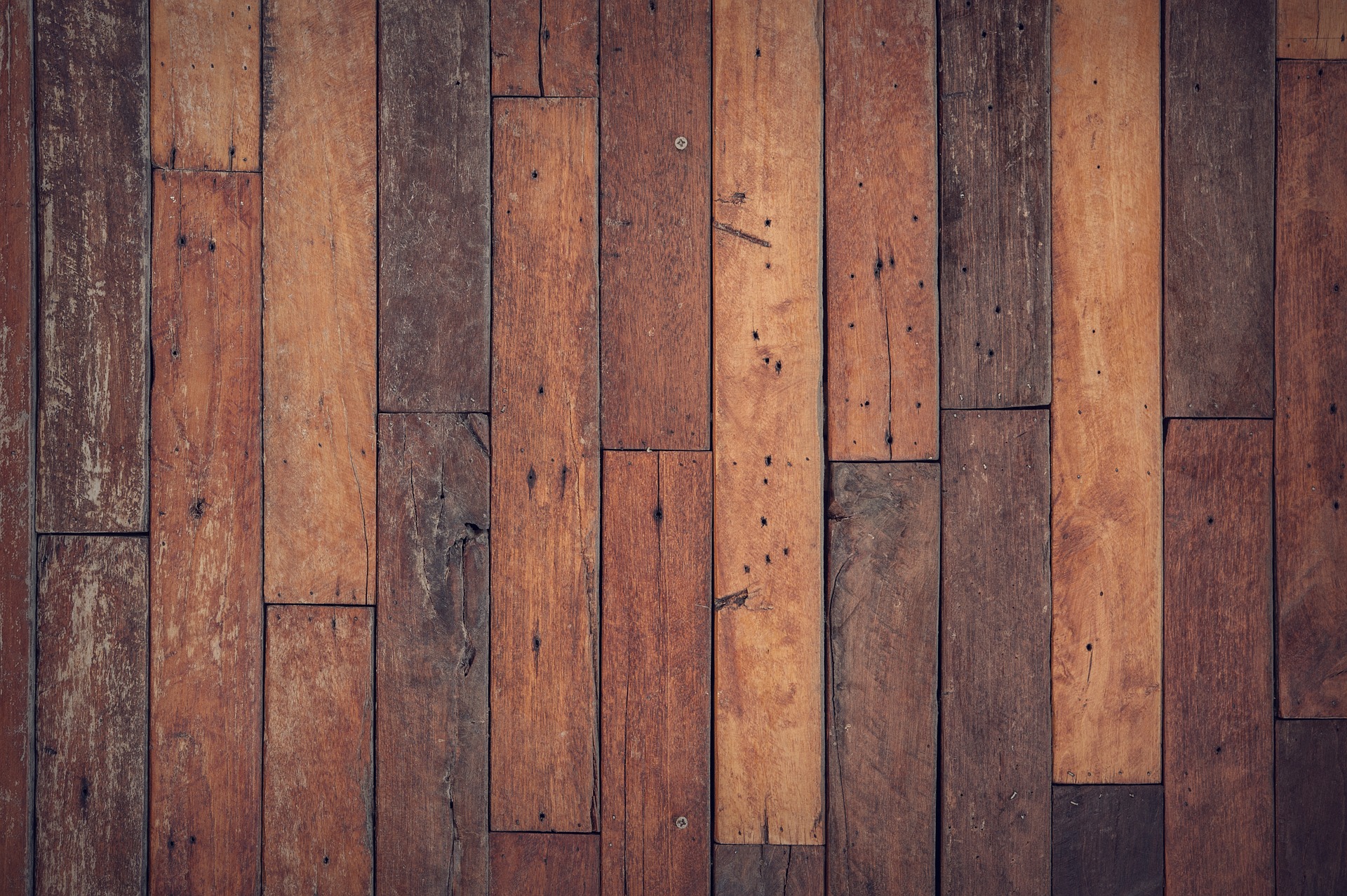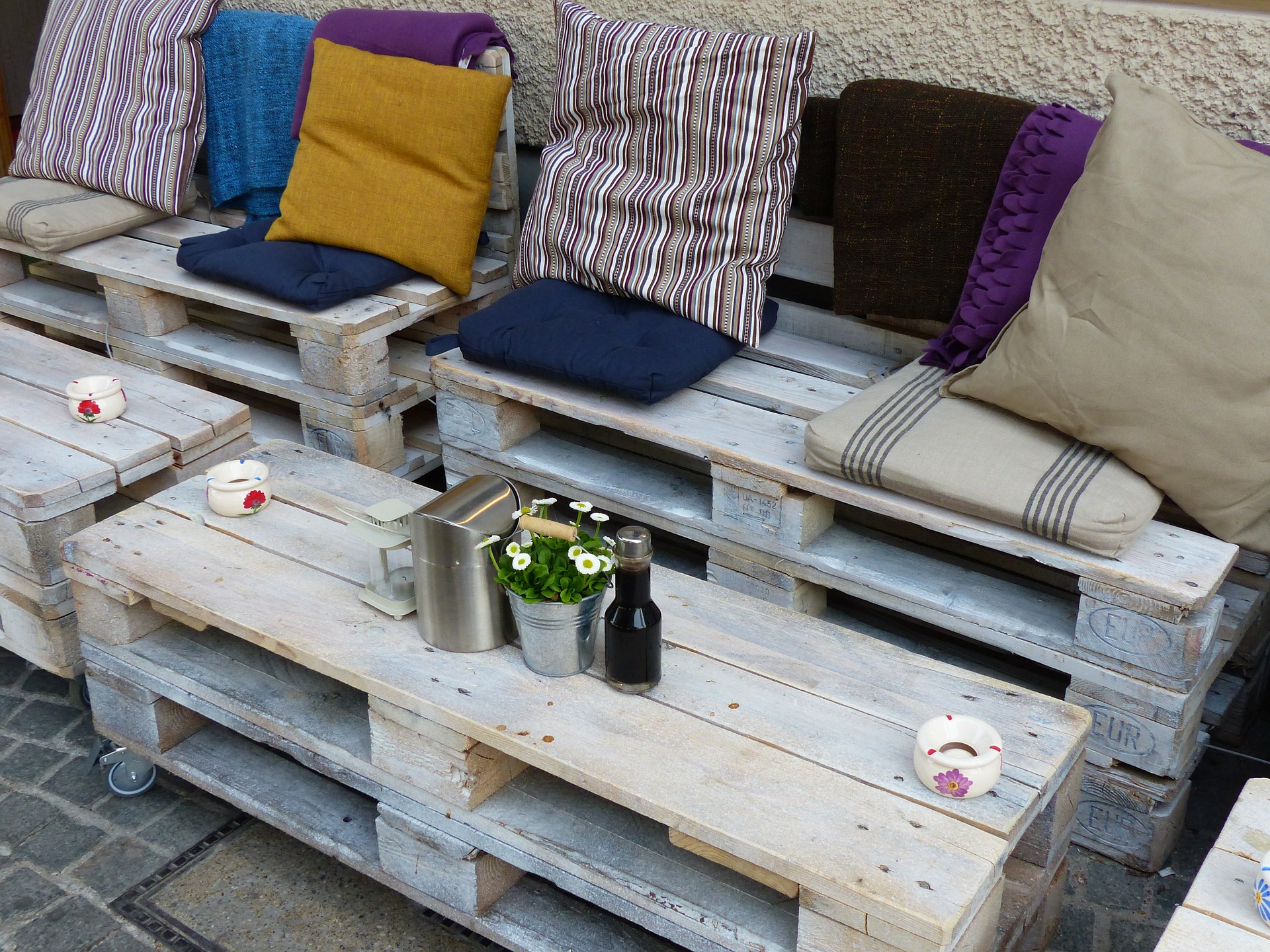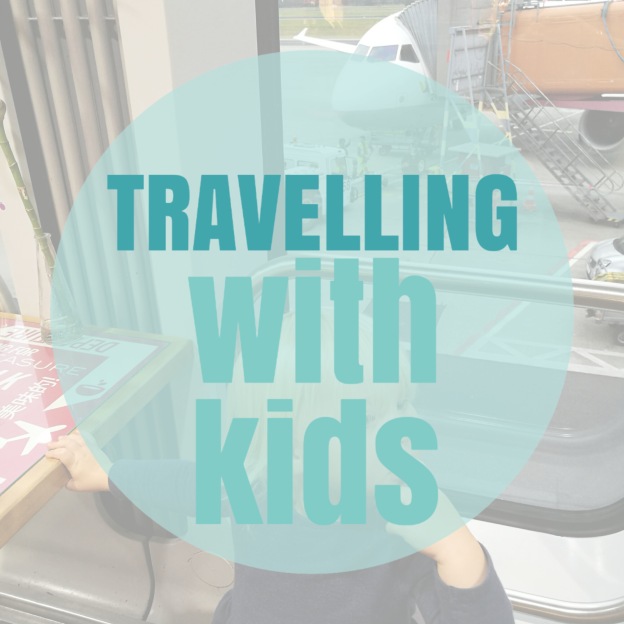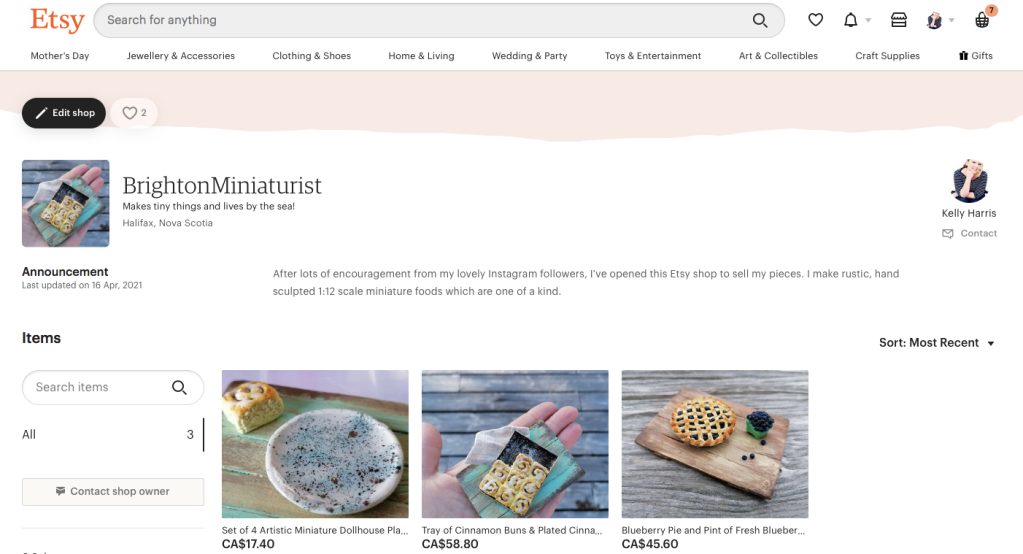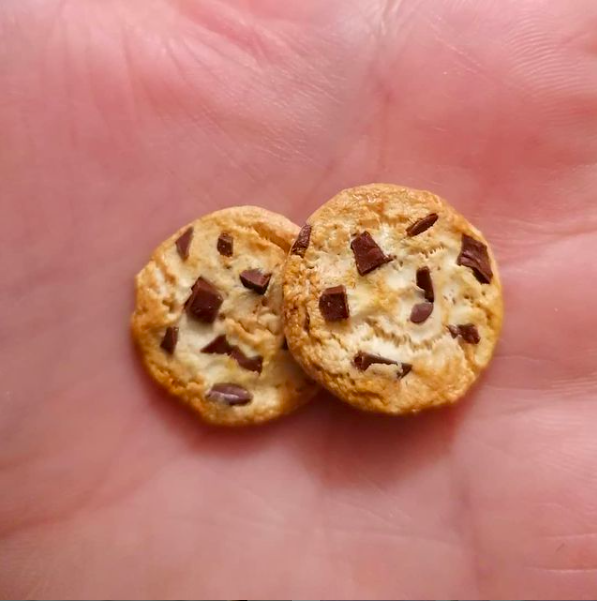I don’t write as much about travel as I would like to. I usually plan to do amazing YouTube travel videos which never get edited or posted and I take lots of photos which I think would be great here on the site…but rarely does a travel post I’ve planned or started ever materialise. Which is a shame, because my husband and I travel A LOT and we’ve learned tons about travelling with kids. So that’s what I am going to share with you today. (If you’d like some general zero waste travel tips, check out this post I wrote a couple years ago.)
1. Planning & booking your trip
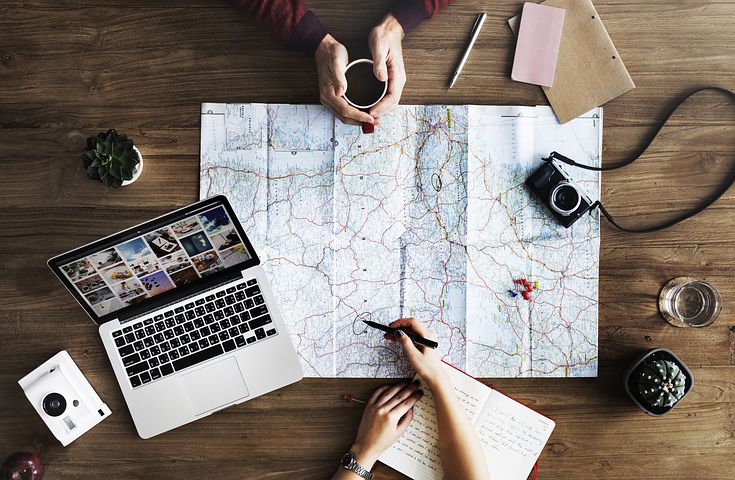
My husband and I love planning our trips. We think about where we want to go and then read lots about it (not just Lonely Planet* guides, but relevant novels, poetry, historical literature, etc. about the area) and really draw the process out with a sort of childish delight. If you have no children you can spend hours doing this during weekly date nights, but if you have a child, like we do now, all I can say is good luck. (I’ve been trying to read a Costa Rica guide for like a year now.) Once you’ve decided where you want to go and when, try to find a child-free hour when you can book your trip with a clear head, free from distractions. Your flight schedule, free time from work and school, and accommodation availability all have to align and stupid mistakes are so easy to make at this stage. I’m not being patronising here, but this is one area where multi-tasking is fairly risky.

If you’ve booked a package holiday, life should be simple – you’ll get collected as per whatever arrangement your package holiday company has made and you get taken straight to your hotel. We do very little package holiday travel (although we have done so occasionally) and have found its not always the best when travelling with small kids.
Its easy to get lured into the belief that you’ll have loads of kids clubs to watch your kids all the time and you don’t have to worry about cooking or cleaning. The reality is that unless your kids are older, they’re often too small for kids clubs and you end up having a screaming hot baby/toddler with you on the beach/poolside while everyone glares at you. When dinnertime comes you can either eat ridiculously early at 5 or 6 o’clock or wait until later and take your cranky/hyper kids with you to dinner at 7.30 or 8 and watch in horror as spaghetti is flung onto the lady at the next table (it happened). Or you can book a babysitter every night and have a peaceful dinner with your partner, but that gets pretty expensive pretty quickly. You’ll probably also be sharing a room with your kid(s) and bedtime can be just…um, awesome when you’re away from your usual environment and routines. Evenings with your partner will be spent huddled on the balcony, whispering and playing Uno whilst sneaking up all-inclusive cocktails from downstairs, and being extra quiet while your kid(s) try to get to sleep. But don’t worry, they’ll start getting used to the new routine just by the time you’re packing to leave and go home. So yeah, I’m not really recommending the package holiday that much. Maybe once they’re teenagers?
I do have one caveat to this. If you can afford to book a villa at a resort, you can get many of the advantages of having an apartment with a kitchenette and separate bedrooms, with the conveniences of being on a resort (including access to resort babysitters and kids clubs for older kids, etc). I’ve not done this, but my friend Katie swears by it and for her family of 4, its the preferred way to travel. Its definitely not an inexpensive way to go, but I wanted to share as many options as possible.
Another friend of mine travelled in a minivan from Glasgow to the Peloponnese with her husband and 3 children (all under age 6) and they stayed at a range of types of accommodation ranging from bizarre British guest houses to luxury spa resorts, but they enjoyed the private apartments and houses they rented the most. It gave them more freedom to enjoy their destination and a more relaxed experience while travelling with their young children.
Personally, I prefer independent travel because I happen to like going to local shops and markets and experimenting with the local foods, and in some small way, ‘living like a local’…or at least pretending to.
If you are doing independent travel (which is what we highly recommend when travelling with babies and smaller children), you can rent your own house or apartment with Airbnb. This can range from fairly basic and simple accommodation to extreme luxury. It provides all the reassurance of booking a hotel, but you get your own house or apartment wherever you want to be. This is great because you can keep your home schedule (nap times, meal times, etc…) with your children and you can make meals and packed lunches that you know they will eat and best of all you can pack your little ones off into their own beds before having a leisurely evening with your partner with the full run of the house/apartment and its garden, pool, hot tub, etc.
I’m not affiliated with Airbnb, but feel free to click here and you can save £25 or $31 off your first booking.
Make sure you read all the reviews for the Airbnb accommodation you’re considering. Make sure its suitable and safe for children. Often they will be able to provide travel cots so you don’t need to schlep one around with you – just make sure you check in advance if your hosts can provide this for you. You can even arrange for a cleaner to come in periodically at some properties, for an extra charge.
If your accommodation is fairly far away from the airport where you’ll be landing and your flight gets in late at night, it might be advisable to just book a hotel near the airport and crash that first night you get in and worry about picking up car rentals* or travelling long distances by car/train/boat the next morning. This is what we do. It keeps the continuity of domestic bliss – travel-related frustrations are a prime time trigger for spats and domestic arguments.

We like using Lonely Planet* guides when we travel, and highly recommend them for researching interesting things to do in the area where you plan to travel. Most libraries have them, so you don’t necessarily even need to buy them. Trip Advisor* can also be very helpful.
2. Packing
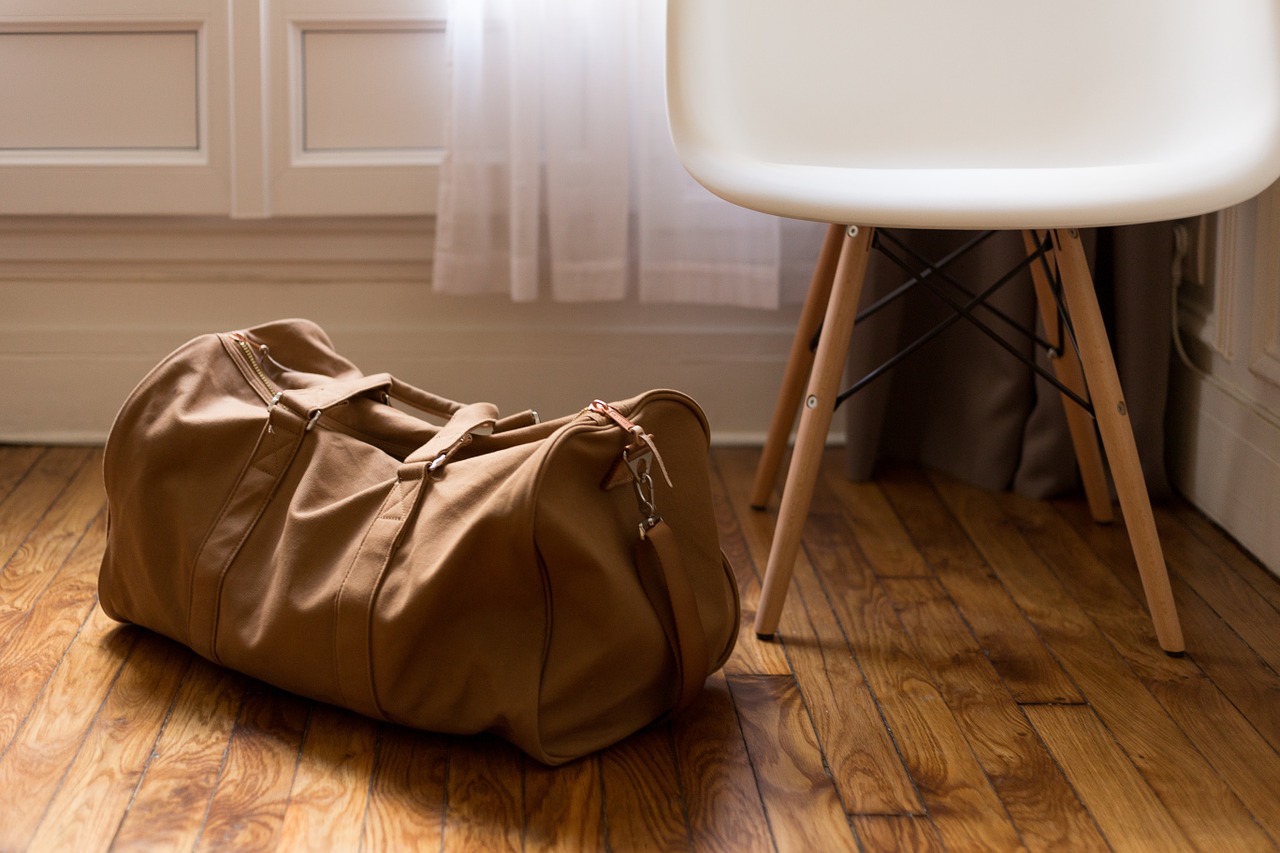
Pack Light – You’ll know best how to pack for your family and for what you plan to do when you get to your destination, but I do recommend that you pack fairly light. You’ll all usually end up wearing the same 3-4 outfits over and over and if you’re staying at an Airbnb you’ll likely have your own washing machine (and perhaps dryer) so you can wash your clothes as often as you need to.
Layering – Bring clothes you can layer. I’ve gone to ‘cold’ destinations to find I was boiling in an unseasonal heatwave and have gone to sunny destinations where it was colder than London (and I only had a beachy sort of wardrobe packed).
Two Pairs of shoes (max) – Keep shoes to a minimum. I often waste suitcase weight/space on shoes that we simply never end up wearing. You’ll have much better memories of your holiday if you and the kids all have comfortable shoes that keep your feet pain-free after lots of walking around and sight-seeing.
Compact Toiletries – I do travel with all the toiletries and make up I need, but my rule is that it all has to fit inside my size medium LL Bean toiletries bag. (As a former Vermonter, I do love my LL Bean!) My husband has one too for all his toiletries and shaving gear. I did lots of online research and read lots of reviews on these toiletries bags before deciding on this one. Some people have had theirs for 15 years plus and they are still in top shape. They also unzip and have a little built in hanger so you can hang them off a towel hook and keep everything tidy (and above toddler reach). I’ve recommended these to so many people, I should be getting a commission on these things! When my daughter gets older, she’ll get her own, but meanwhile she just shares with one of us because all she really has is a toothbrush, a tangle teaser, some Owie* for bumps and bruises (which you can order wholesale here), a couple of bandaids and a small bottle of Calpol (just in case).
By packing light, you’ll have room to bring all the things that really matter – enough eco-disposable or cloth nappies (if your little one is still in them) and any food items you know that you or your kids couldn’t do without. I’m vegan, so I always pack a few chocolate chip Cliff bars so I know that I have something protein-filled to snack on, some Ningxia Red* packets (to provide antioxidant support after the radiation exposure on the flight) and I also bring a small box of UHT plant based milk, for my tea/coffee on that first morning we are at our destination. My daughter is a huge fan of strawberry Yoyos, a natural version of a Fruit Rollup they sell here in the UK. They come in paper & card packaging so aren’t the most zero waste of snacks, but they aren’t too bad and they travel well in both hot and cold climates. This is also your chance to pack the ‘right shape of pasta’ or whatever your kid’s particular non-negotiable foible is. (For us, its porridge oats which are milled to our daughter’s exacting specifications – not too flaky, not too jumbo.) Don’t overdo it, but just be prepared.
3. Getting to the Airport
If you live in an urban area near your airport (and don’t have a kind family member to drop you off) its probably just easier to order a cab to collect you, but make sure its a very reputable firm you trust to show up on time. I’ve had local car companies let me down before. Companies which specialise in airport cars are more reliable in my experience and you can pre-pay for them. Give yourself more time at the airport than you think you will need – if you have an extra 45 minutes hanging out past security, big deal. Go to Starbucks or Pret (with your reusable cup) and have a coffee, or peruse the duty free shops. Whatever floats your boat. Its so much better to be a bit early.
You can also pre-book airport parking which is usually a really cheap option if you do it far enough in advance, but be aware that the transport vans which take you from the car park to the airport terminal are sometimes not too spacious (think tiny babies in bulky car seats) and don’t have safe booster seats for toddlers travelling – its a short distance, but still usually is about 10-15 minutes of driving from the offsite car park to the terminal and its often on a stretch of busy road.
If we have an early flight from Gatwick we pre-book an overnight at the Premier Inn at the North Terminal. (I’m not a budget hotel gal, but this chain is so so clean and comfortable in my experience.) They have a SleepParkFly package* which includes up to 15 nights of free parking when you stay overnight there (with free meet & greet parking upon your return), so the cost of staying over is negligible (often the whole package is cheaper than the standard car parking package) and your car is waiting for you at the airport when you get back. Check if your local airport budget hotel does something similar. For us its amazing waking up and simply walking our sleepy toddler across the zebra crossing to the airport entrance – no early morning panic.
There is also the option of taking public transport which I find is just all too much for me when throwing a child and luggage for three people into the mix. But if you know your public transport is reliable, there’s no planned delays or works on the line, and it will get you there quickly without too many changes – then go for it.
Oh yeah…and before you leave for the airport, just make sure you have your kid’s stroller packed. I’m not kidding…this has happened to us before and we ended up having to find a stroller rental shop at our destination.
4. Flying to your destination
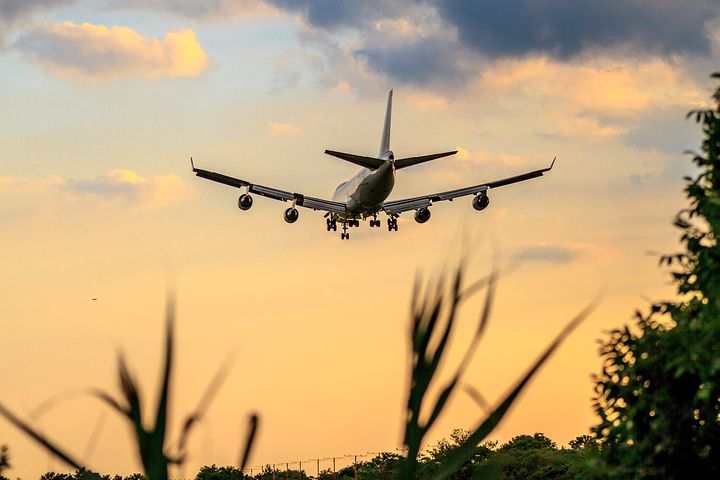
This can be really hard, especially if you’re flying with your little one(s) on your own, as I often do. When my daughter was a baby, I’d simply nurse her during take off and she’d fall into a deep sleep which would last most of the flight. Now that she’s three, its a bit harder to keep her happy on long flights. Some kids seem to get locked in to the inflight entertainment or an iPad, but that can often frustrate my little one and it makes her edgy, cranky and eventually ends in total melt down. We’ve found that old school entertainment like magic painting books (only water required!), a few dinosaur toys, and some crayons and colouring books work well. I don’t usually buy disposable literature, but its become a bit of a tradition (and a treat) for my daughter to get a Cebeebies magazine at the airport before each flight and it is worth every penny for the hours of entertainment it provides. It also includes a couple of toys which won’t induce a lifelong trauma when they inevitably get lost. (But if you know that the iPad or Kids Kindle will make your flight a harmonious one, then just go for it – just put it away when you get to your destination and don’t let it dominate the whole holiday.)
There won’t be any food served on budget airlines, so I usually go to Pret a Manger or Leon at the airport and stock up on some yummy sandwiches and snacks to keep everybody happy during the flight. I love starting my flight off with a coconut cappuccino!
If I’m really super organised I’ll have prepped a meal at home, at least for our daughter. I pack it in our eco-lunchbox which is also handy to have at our destination for making snack boxes to take down to the beach or on day trips. (Even if you’re staying at a hotel, you can load it up at the breakfast buffet to create a snack box for your toddler who will inevitably want to eat at the most inconvenient time imaginable.) Its never been something I consider a mistake to bring or a waste of space and it saves us a lot of money buying expensive, junky snack food while we’re out.
We also try to keep things reasonably zero waste, so I usually choose to have no in-flight meal for my daughter and myself (my husband always gets one) if its a flight under 7 hours. I find the amount of waste produced by in-flight meals really distressing and its not like the food is that great anyway. Just pack lots of yummy things from home supplemented by a few special treats picked up at the airport (if that’s your idea of a treat). My daughter loves the reassurance of having food that mommy has made and it makes the trip far more peaceful for her and for us. As long as any liquid or soupy consistency foods are kept under 100ml in containers which hold no more than 100ml maximum, you’ll be fine. Bring water bottles for everybody and fill them up at the filtered water fountain after you pass security. This way you won’t have to drink the plastic bottled water on the plane – at least until you exhaust your own supplies.
For babies drinking formula, you should be fine getting those past security. Be aware that you are entitled to bring a reasonable amount of formula to meet your baby’s requirements for the journey and the 100ml limit does not apply here. If you are travelling with a formula fed infant, you’ll find it far more comfortable to bring enough of your own supplies with you in your checked luggage rather than relying on buying formula at your destination. Babies can be so funny about tastes and brands and although the formulas being sold in other countries are likely to be safe and fine, you might not be able to read the ingredient list, and you’re really best off having an adequate supply of the product you know brought from your home country. For more details, check out this article from Hipp Organics which sets out all your rights and has some good advice.
When it comes to pumped breastmilk, you never know what stupidheads you might encounter though, and many a mama has had to dump her precious stash. Although the rules vary from country to country, in the UK, US and Canada you are entitled to pack breastmilk in your hand luggage. Here are the UK, US and Canadian rules for travelling with pumped breastmilk in your hand luggage, as they vary on quantities allowed and how the milk will be screened by security.
5. Once you get there
If you’ve gone for the Airbnb or private home rental route rather than a resort or hotel, sometimes your host will meet you at the property, but most hosts simply install a key safe and will email you the necessary security codes to access the keys. (Write these down somewhere just in case your phone battery dies or you lose your phone.) Your little one(s) might be exhausted when they get to the property (or hyper and overtired). It might be a good idea to encourage a nap or some quiet down-time while you unpack and get yourself situated into the property.
This is a good opportunity to look at the information folder your host will have left you and see if there is a local supermarket they recommend. Otherwise, you should be able to find one on Google. Personally, I love grocery shopping in foreign countries, seeing what the local foods are like and trying all the local vegan brands. I always pack a couple of lightweight reusable shopping bags and reusable produce bags in case we’re lucky enough to come a farmers market.
We don’t like to over-schedule or over-plan when travelling with young children. Its actually no fun for anyone if you try to cram too many activities into each day, as you’ll end up dragging screaming, overtired children out of museums or attractions you’ve spent a fortune to see. But you also don’t want to find you’ve left your destination without having done any of the activities or having seen any of the sights you wanted to. We sketch out a rough schedule (we’re talking back of an envelope here) of the things we want to do and build in a few relaxation days or unplanned days. This allows for spontaneity and in the mornings we can wake up and check the weather before deciding to spend the day at the beach or going on a hike or seeing a cultural site. You definitely can do all these things with kids, but just don’t push it. Remember its their holiday too. We always plan in a special day of stuff just for our daughter, even on short breaks. It often ends up being our favourite day of the holiday.
Let snacktimes and mealtimes happen as usual – pack enough food, snacks and water for yourself and the kids for day trips or outings and if it looks like the kiddos are getting sleepy, try to allow time for a bit of a snooze – in the buggy, on a picnic blanket in the shade after lunch or in the car while you’re driving. Remember, they’re little, and seeing all new things and their little brains are working hard assimilating a lot of new information and maybe even hearing a new language. They deserve a little down time and you’ll probably even find its good for you too.
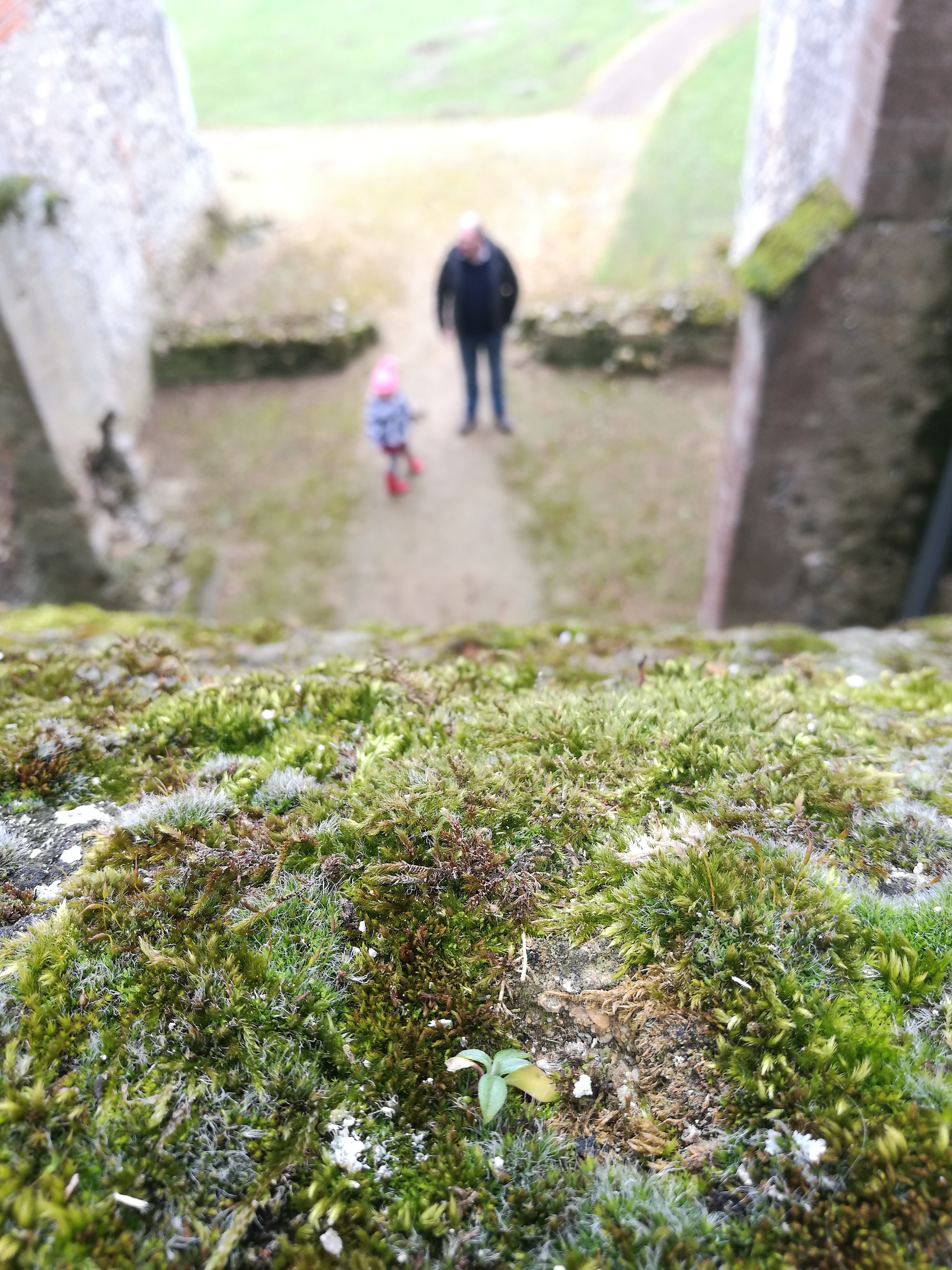
There are a couple of affiliate links here to help support me keeping this blog going. They’re marked with an asterisk By using my affiliate links you don’t pay any more and I get a small commission. I’ve also included an Airbnb discount code for you, but most of the links are just stuff I wanted to help guide you to find easily. Nothing is sponsored, gifted or guided by a particular brand’s influence – its all just stuff I like and use.




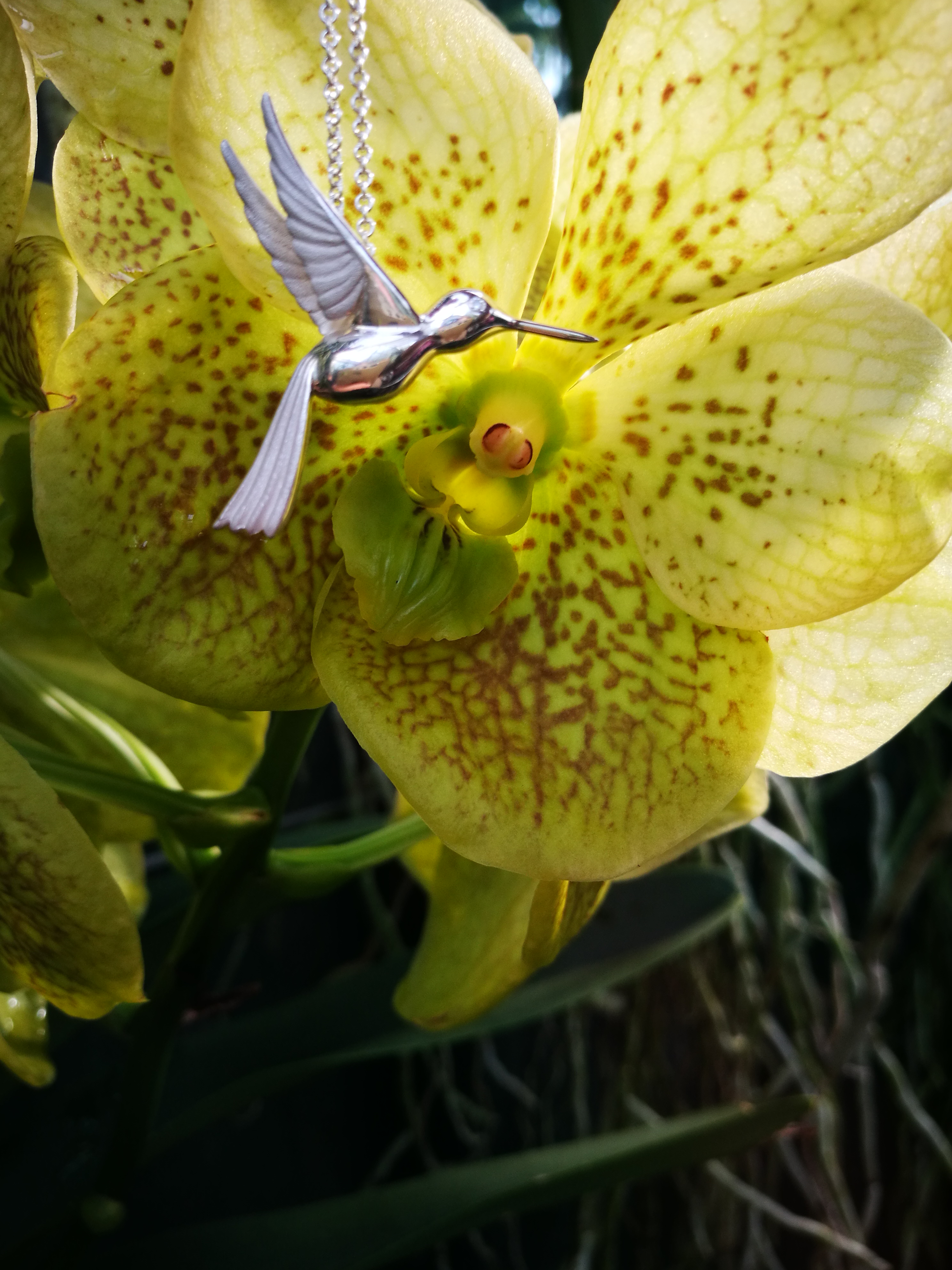
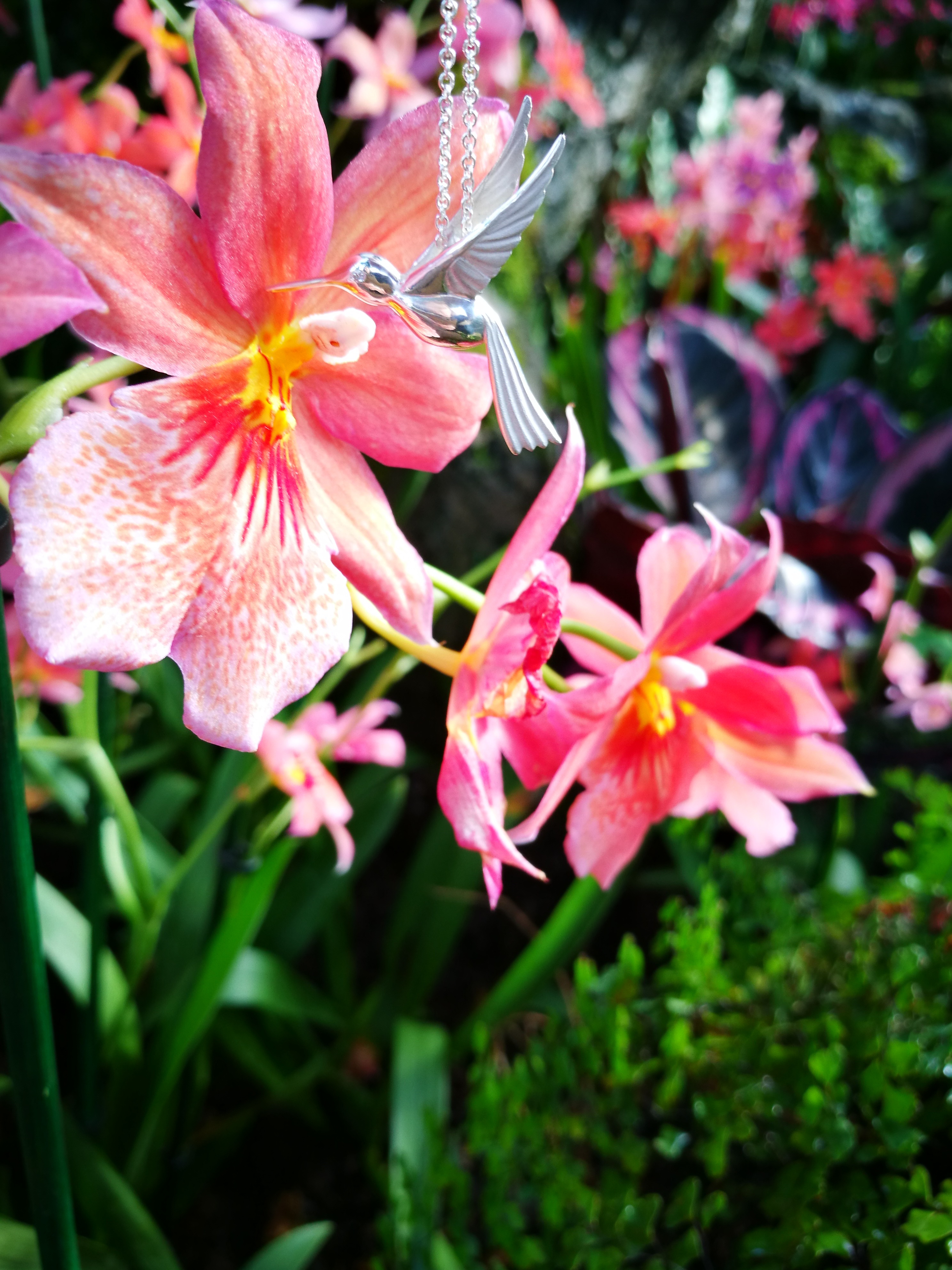
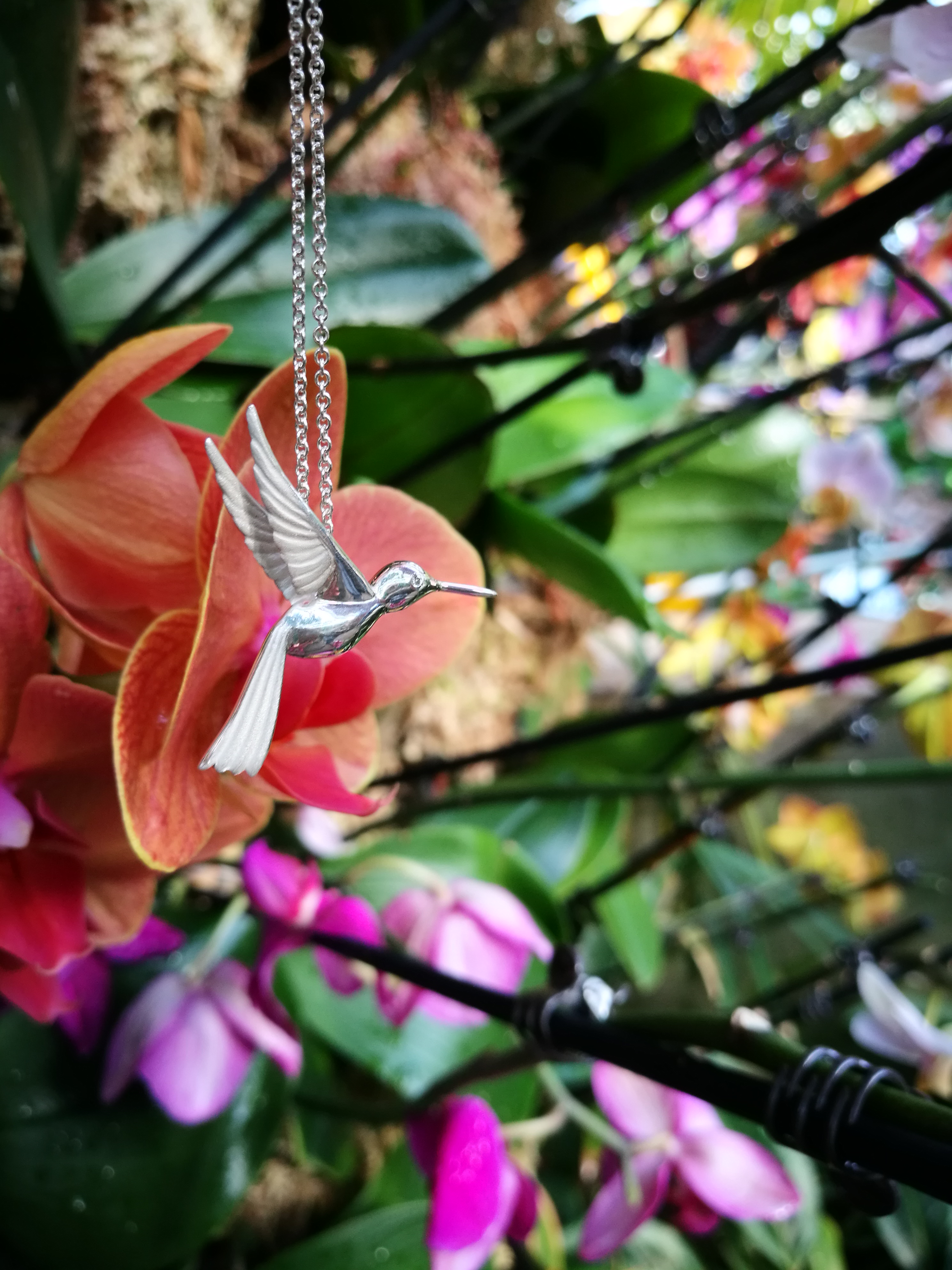

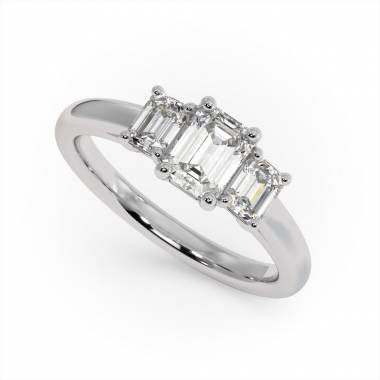






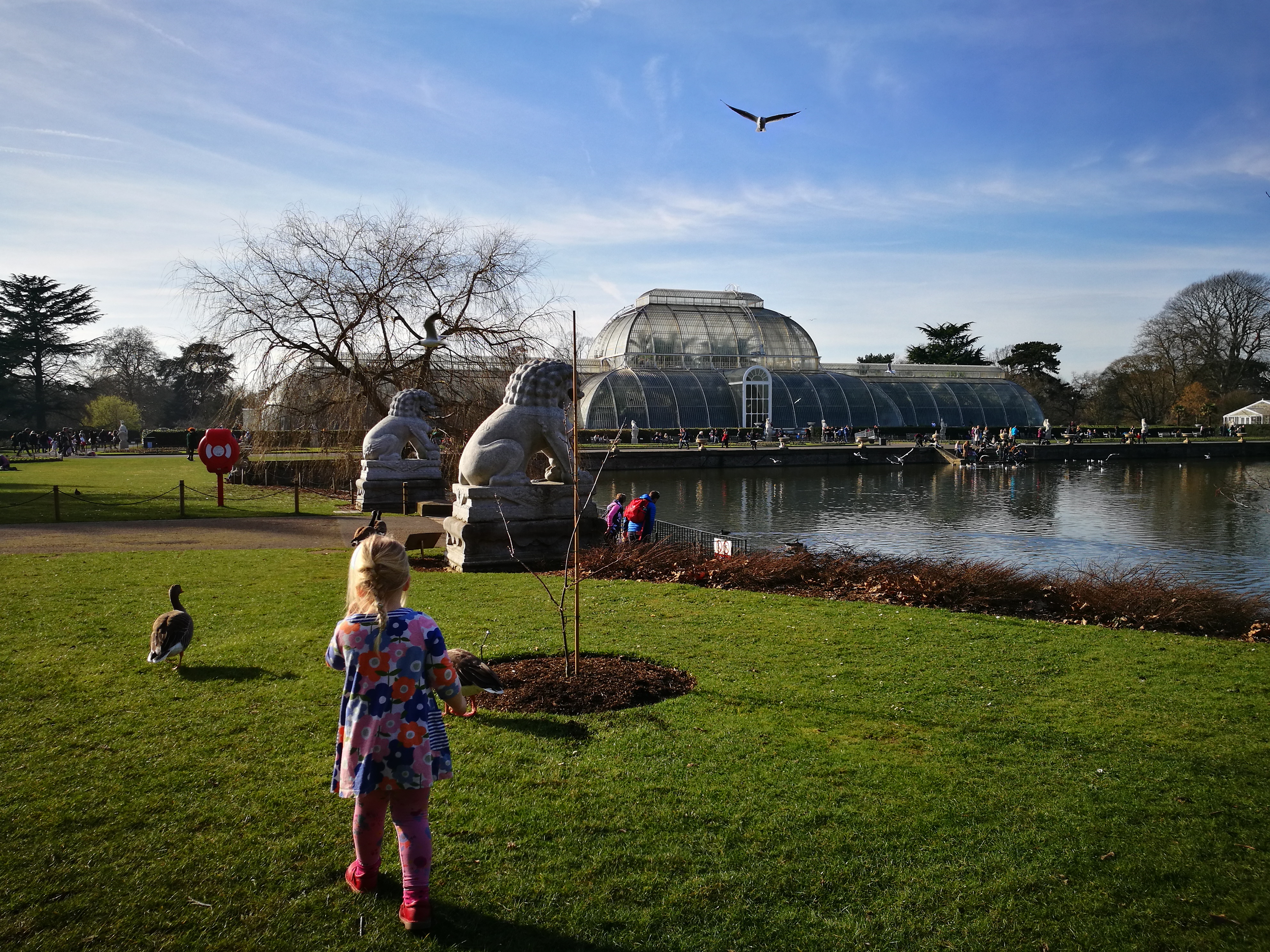
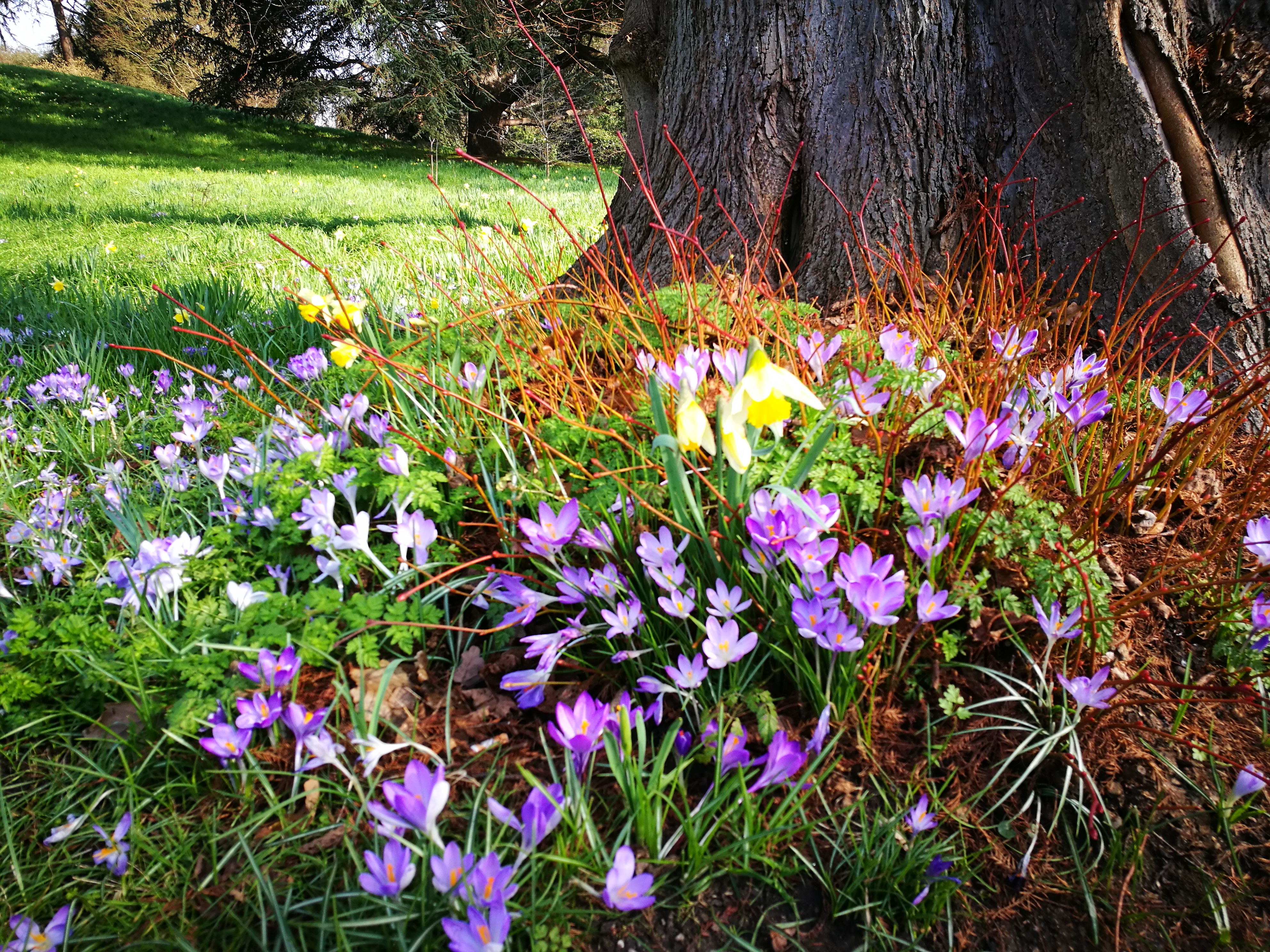

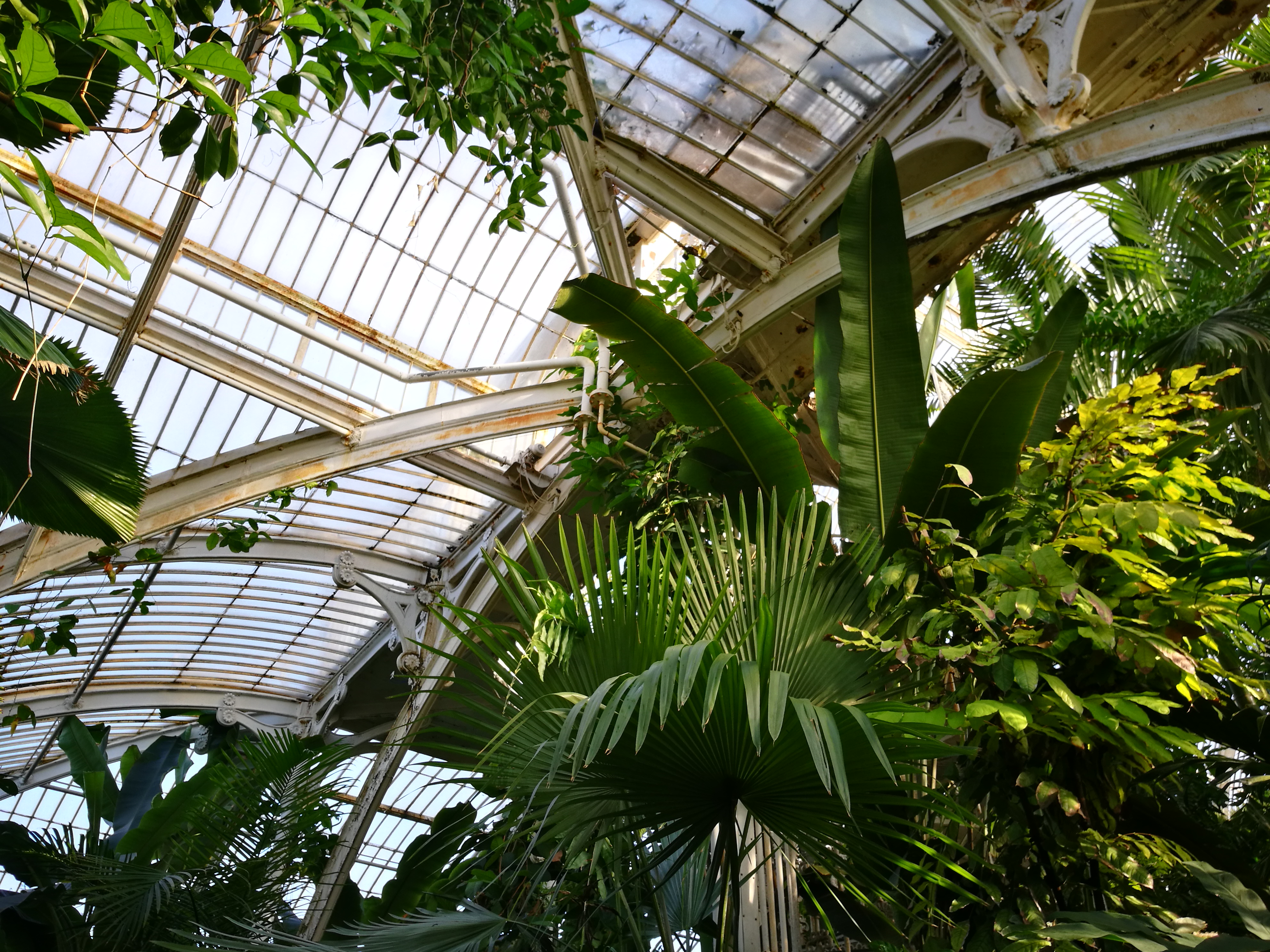


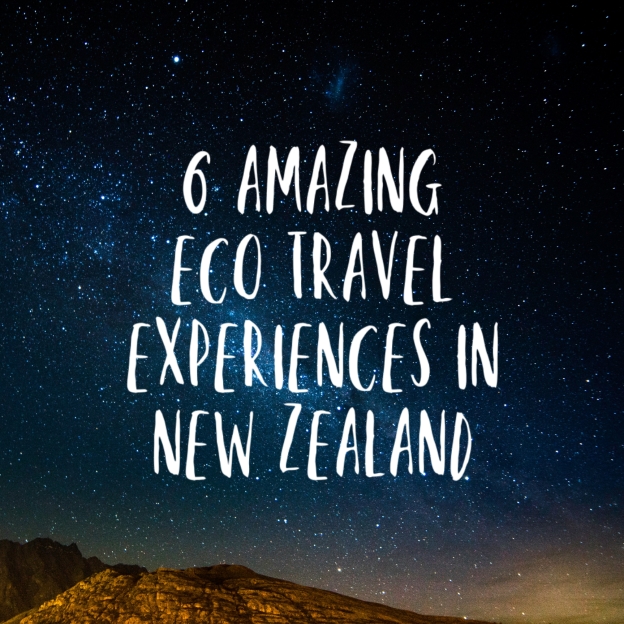





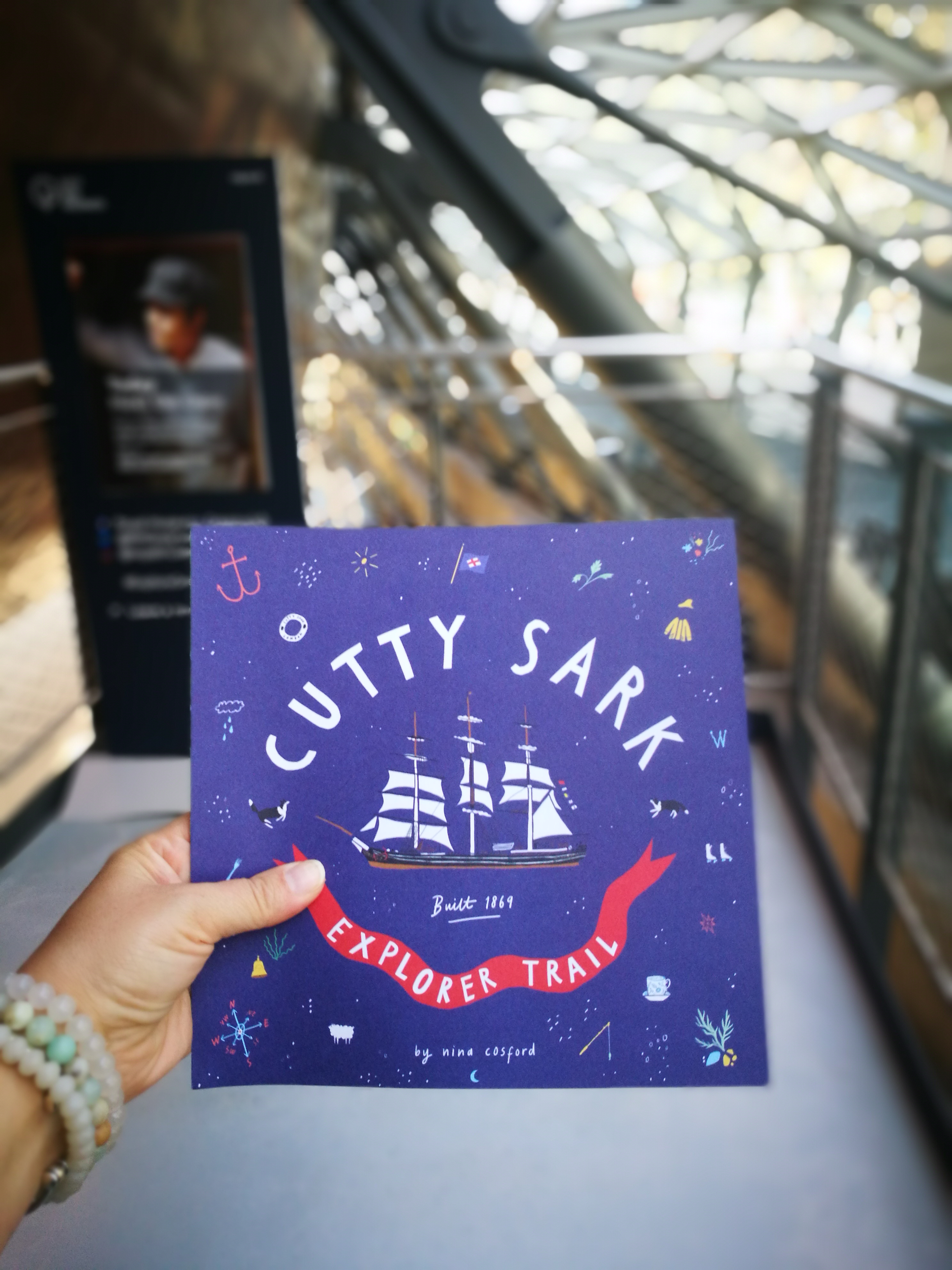

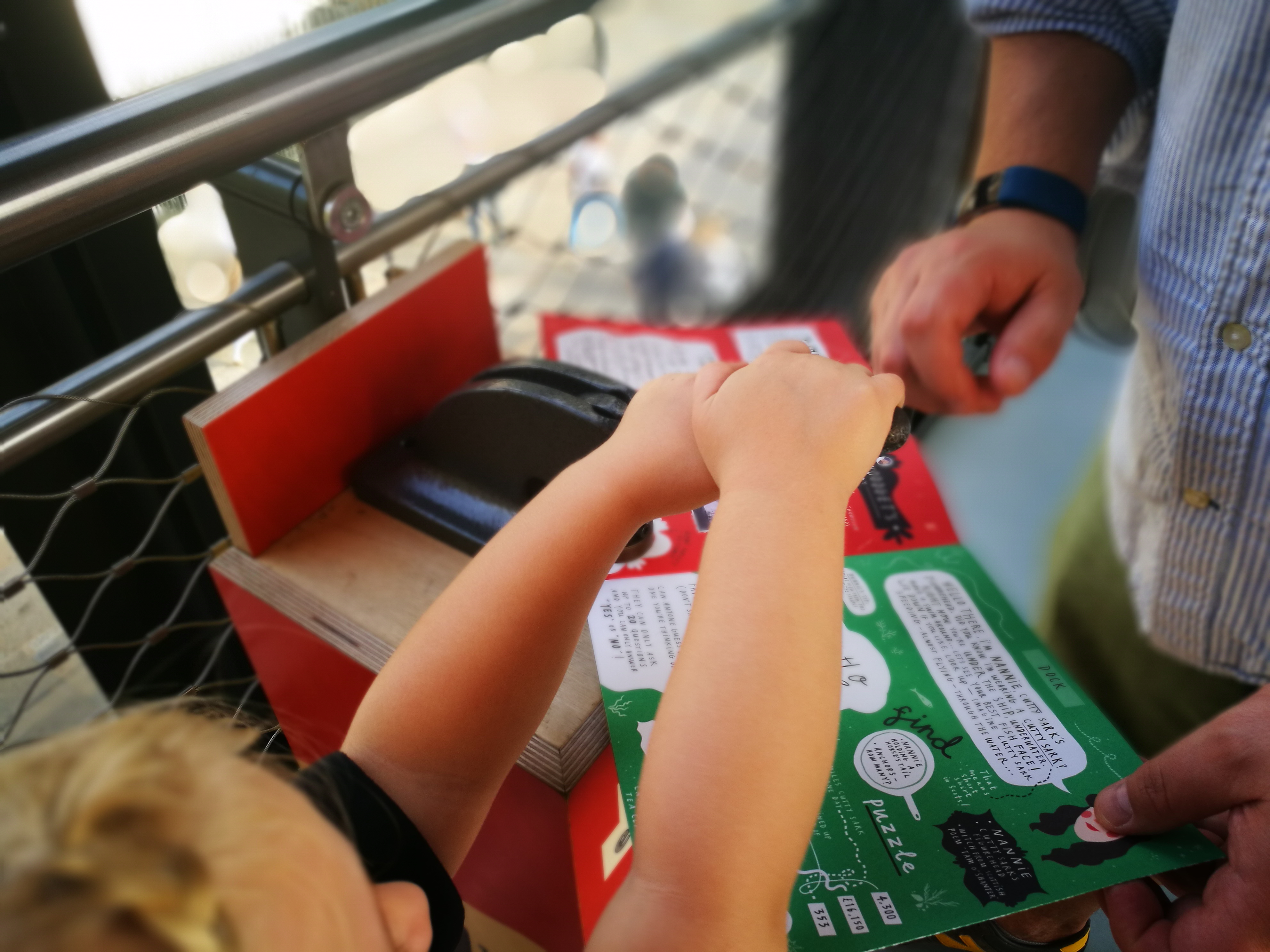

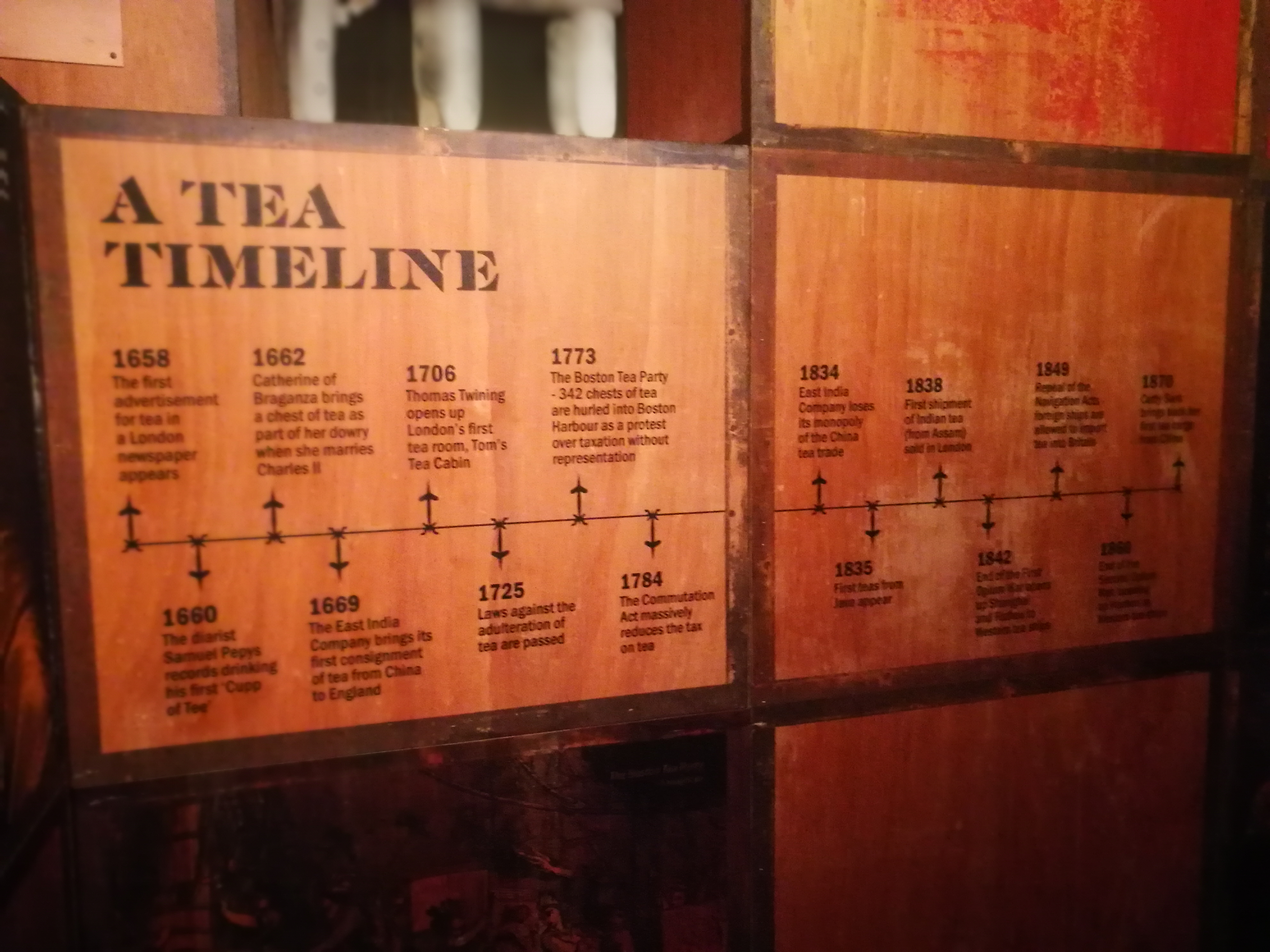
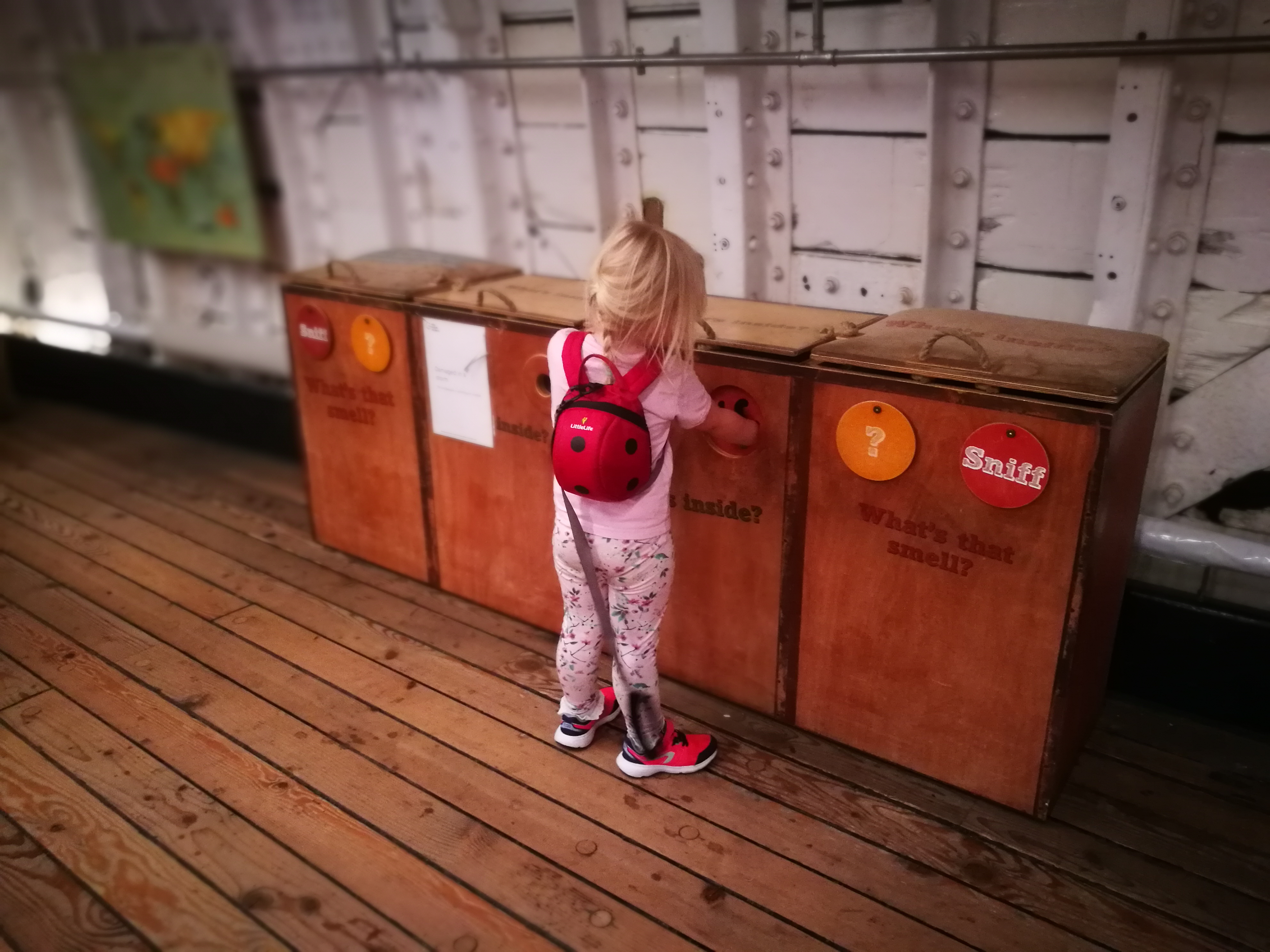
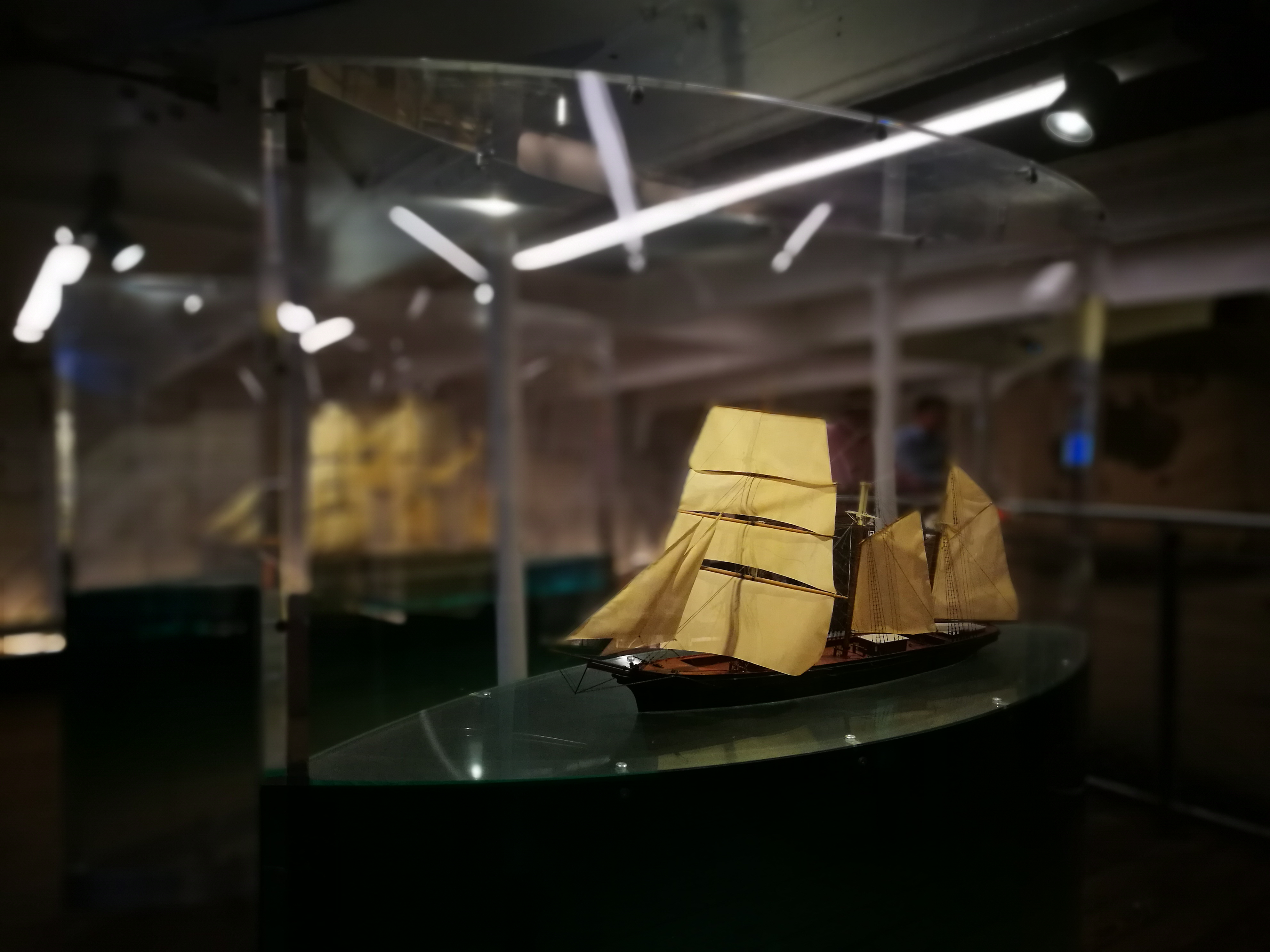
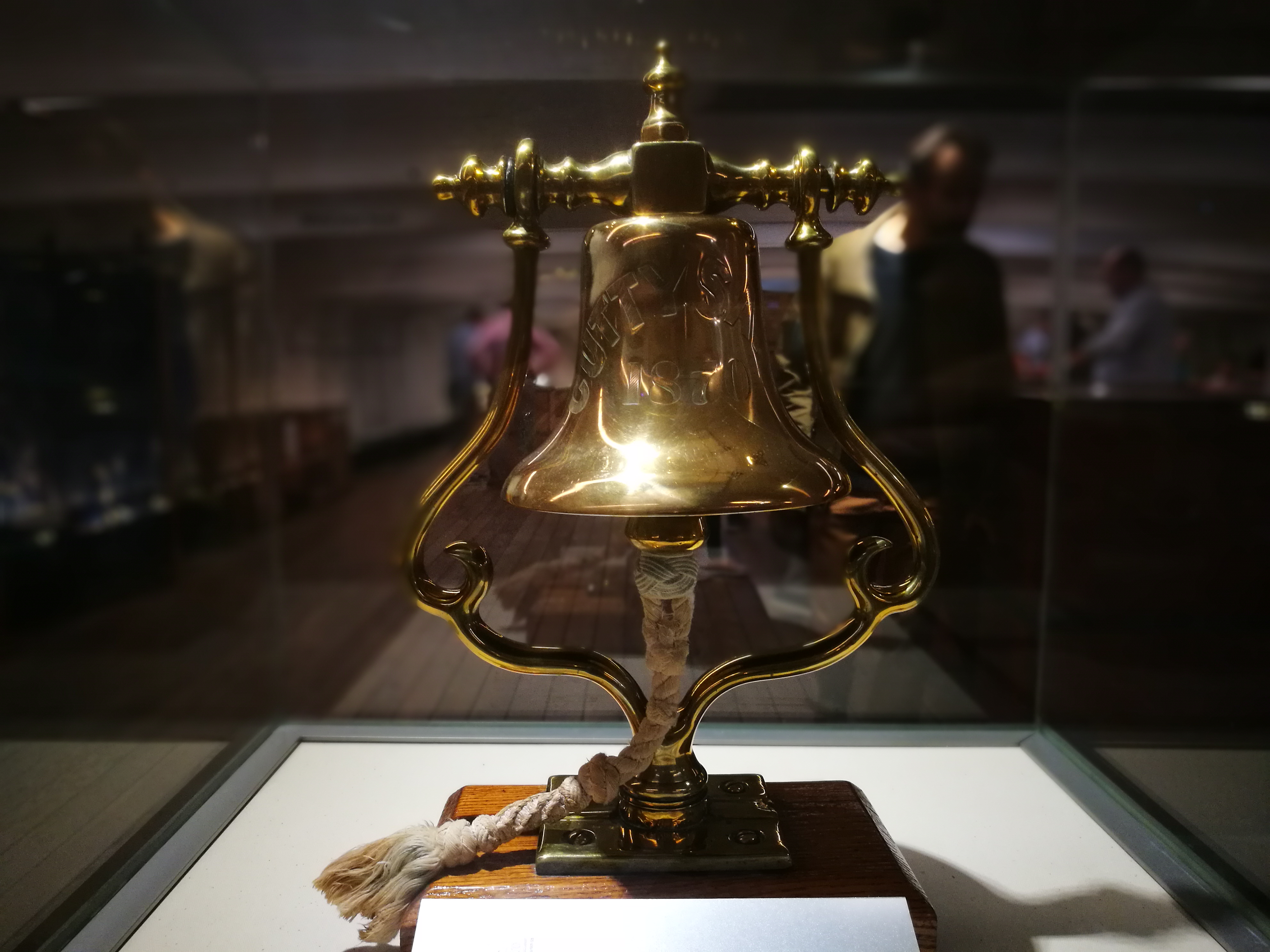
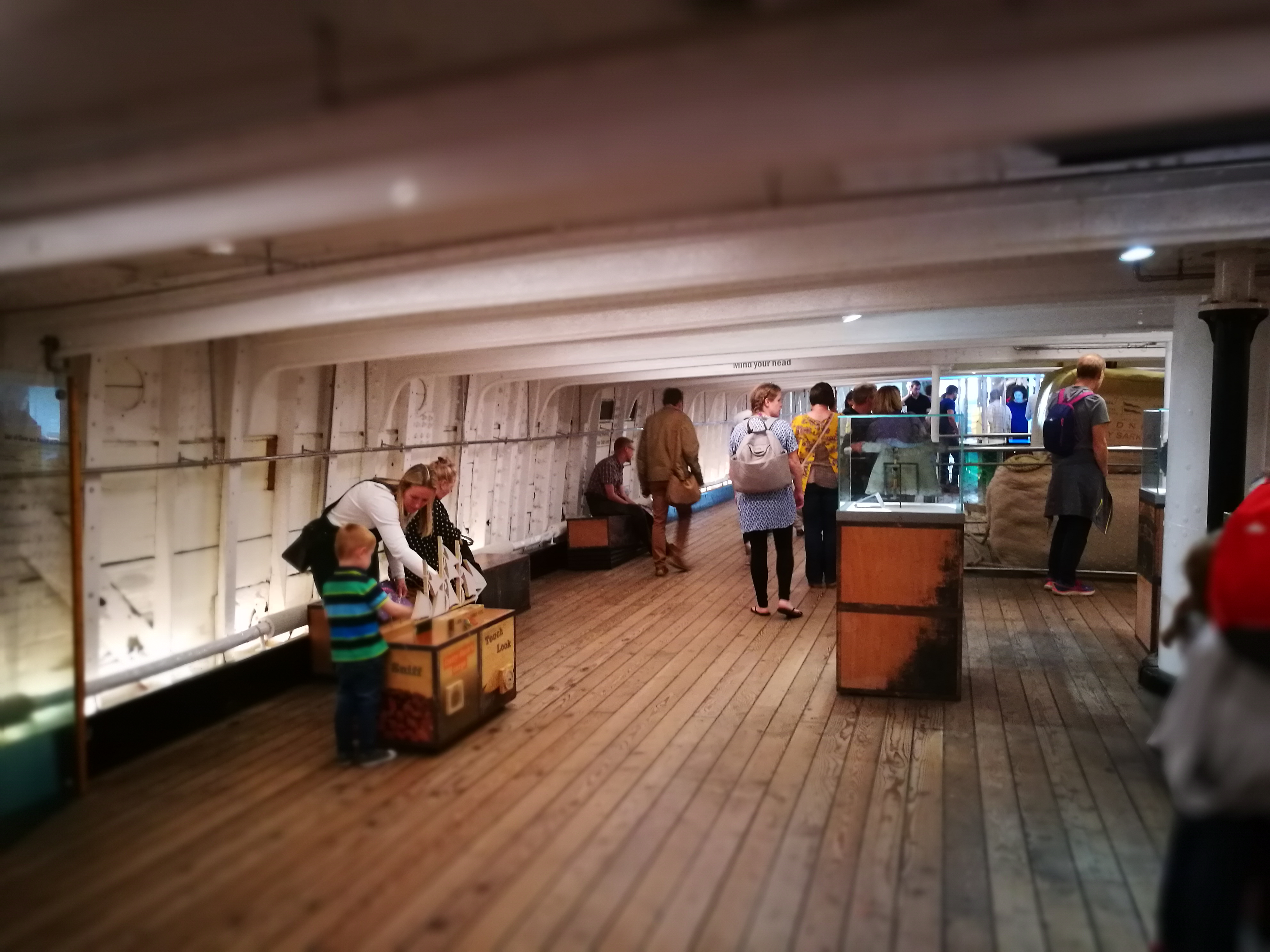
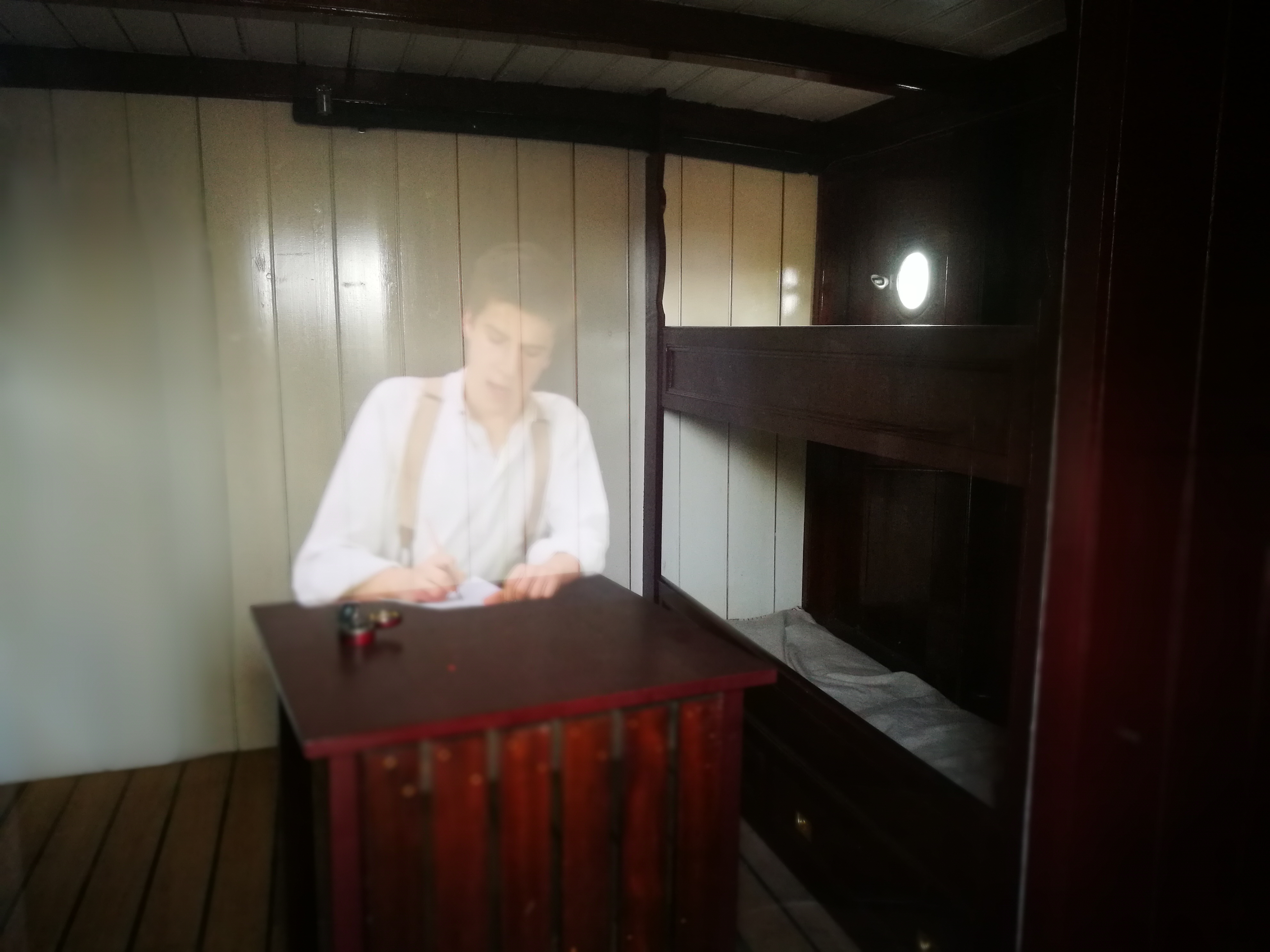
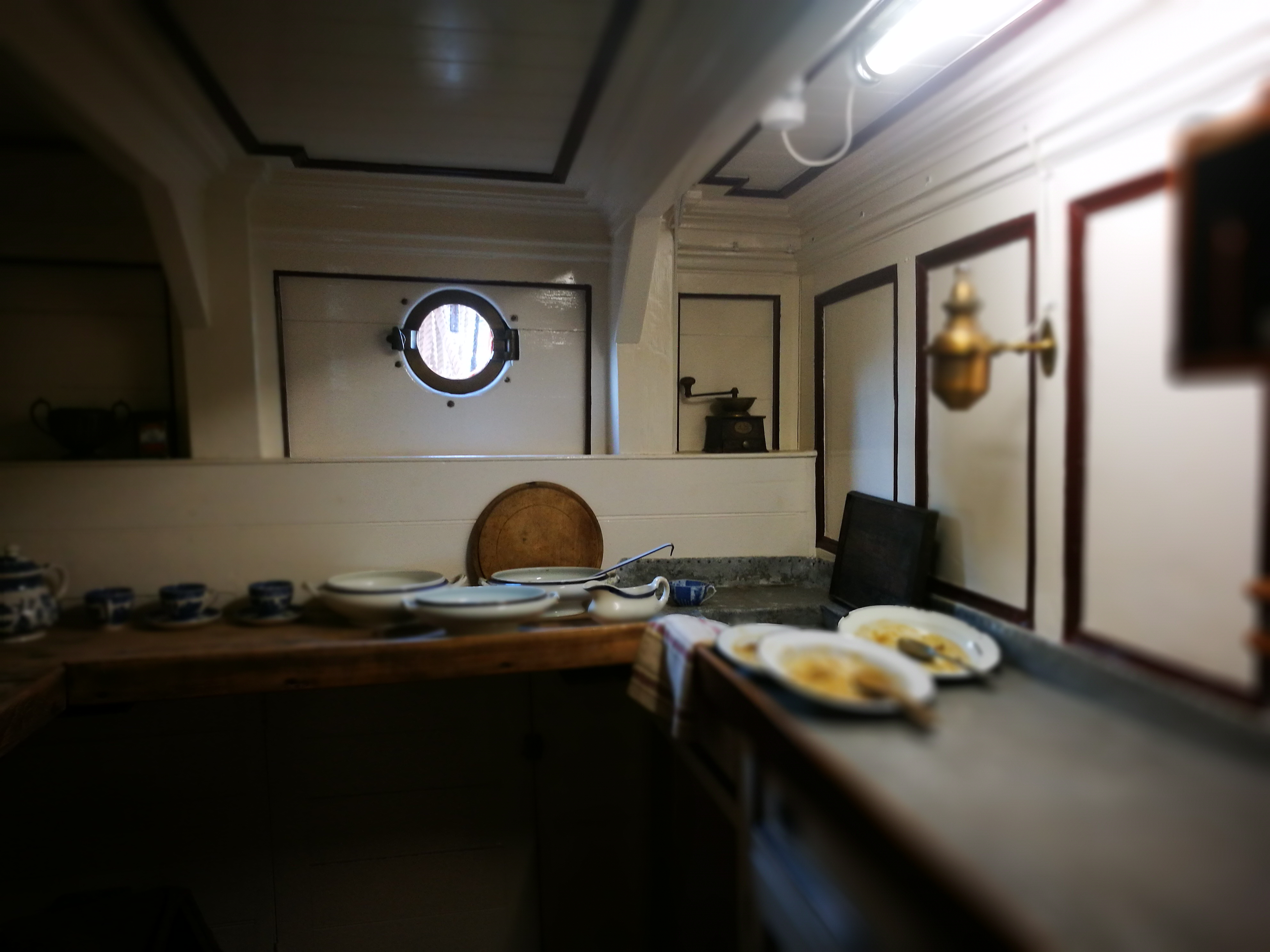
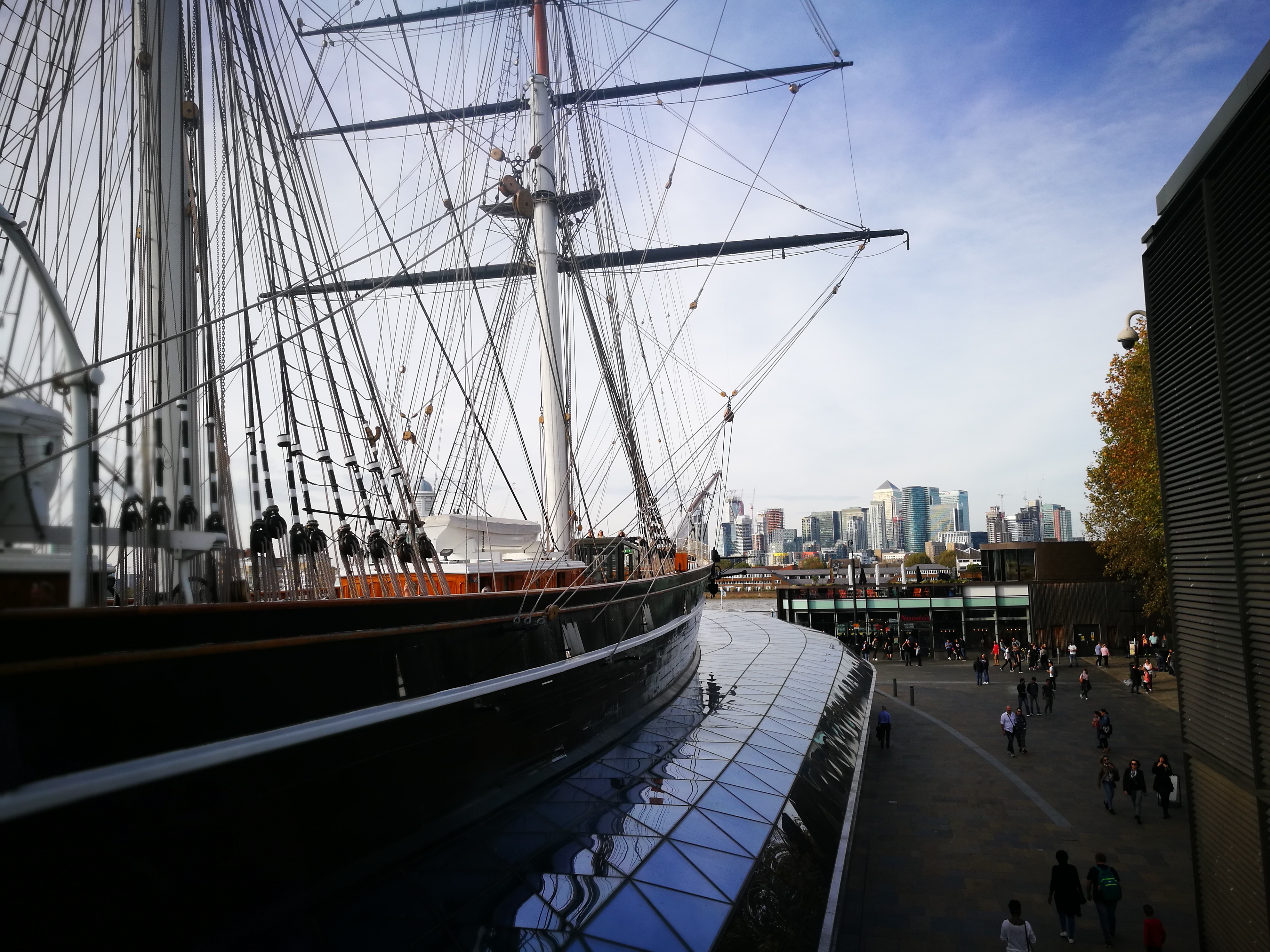


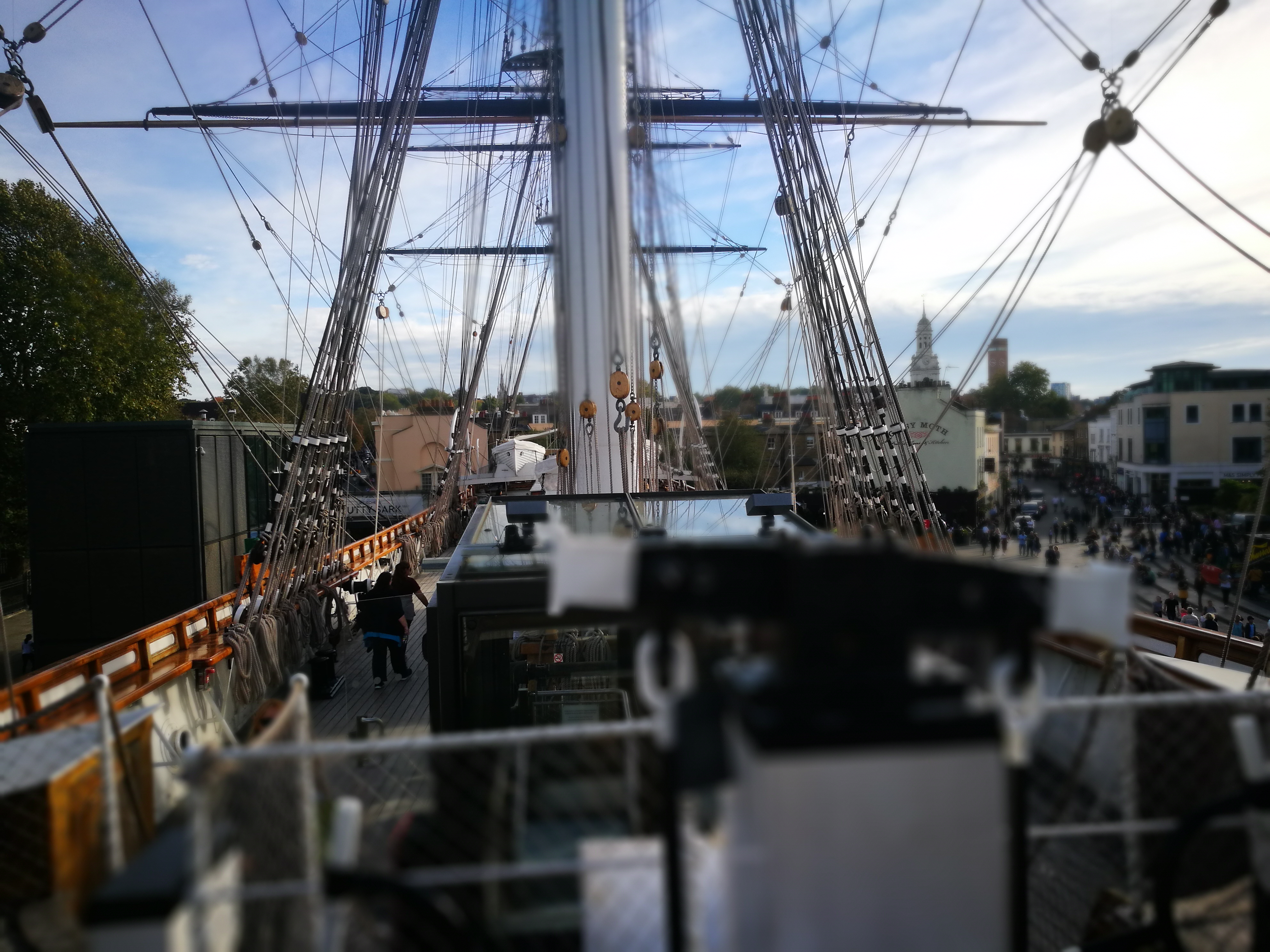


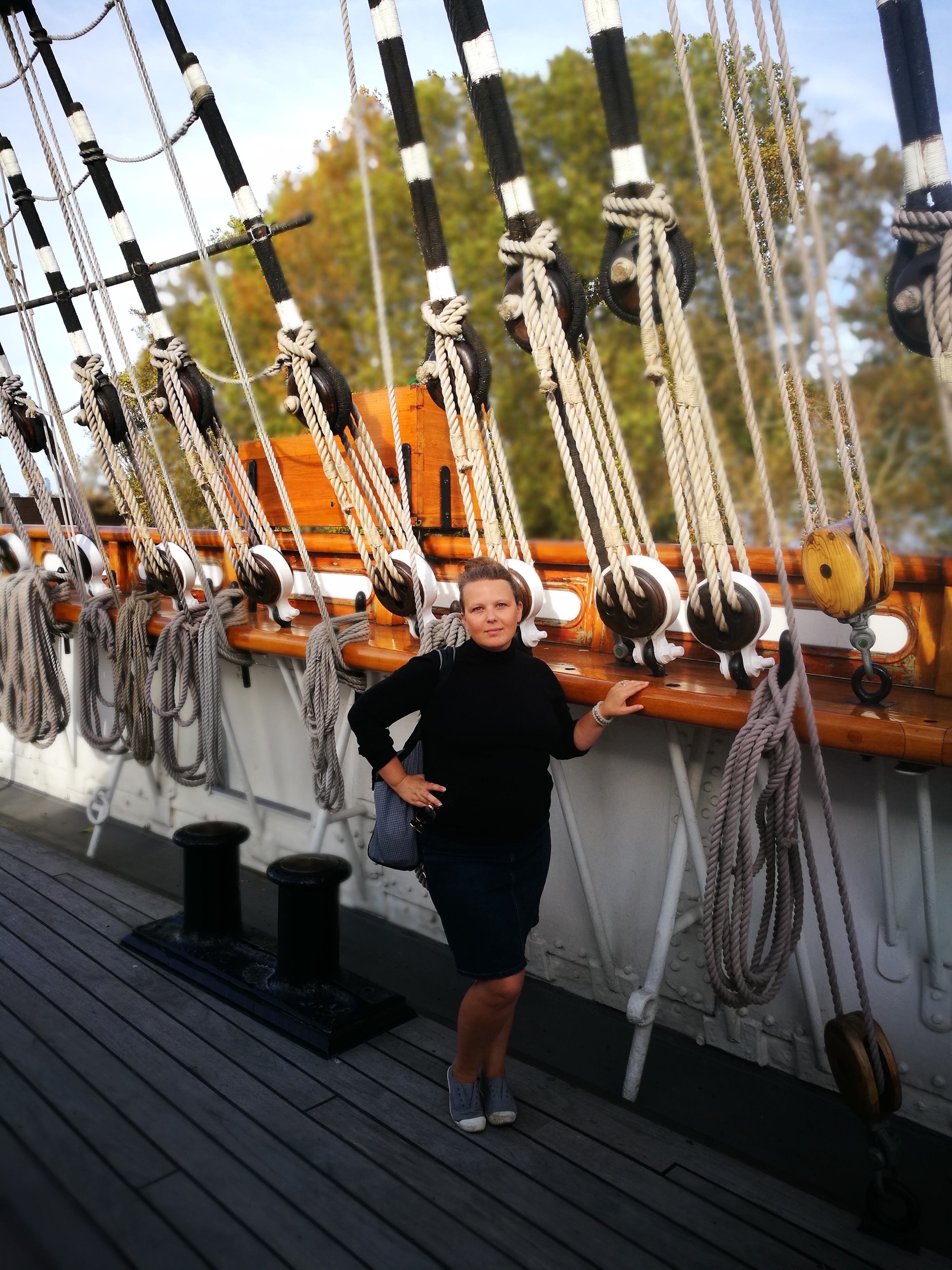


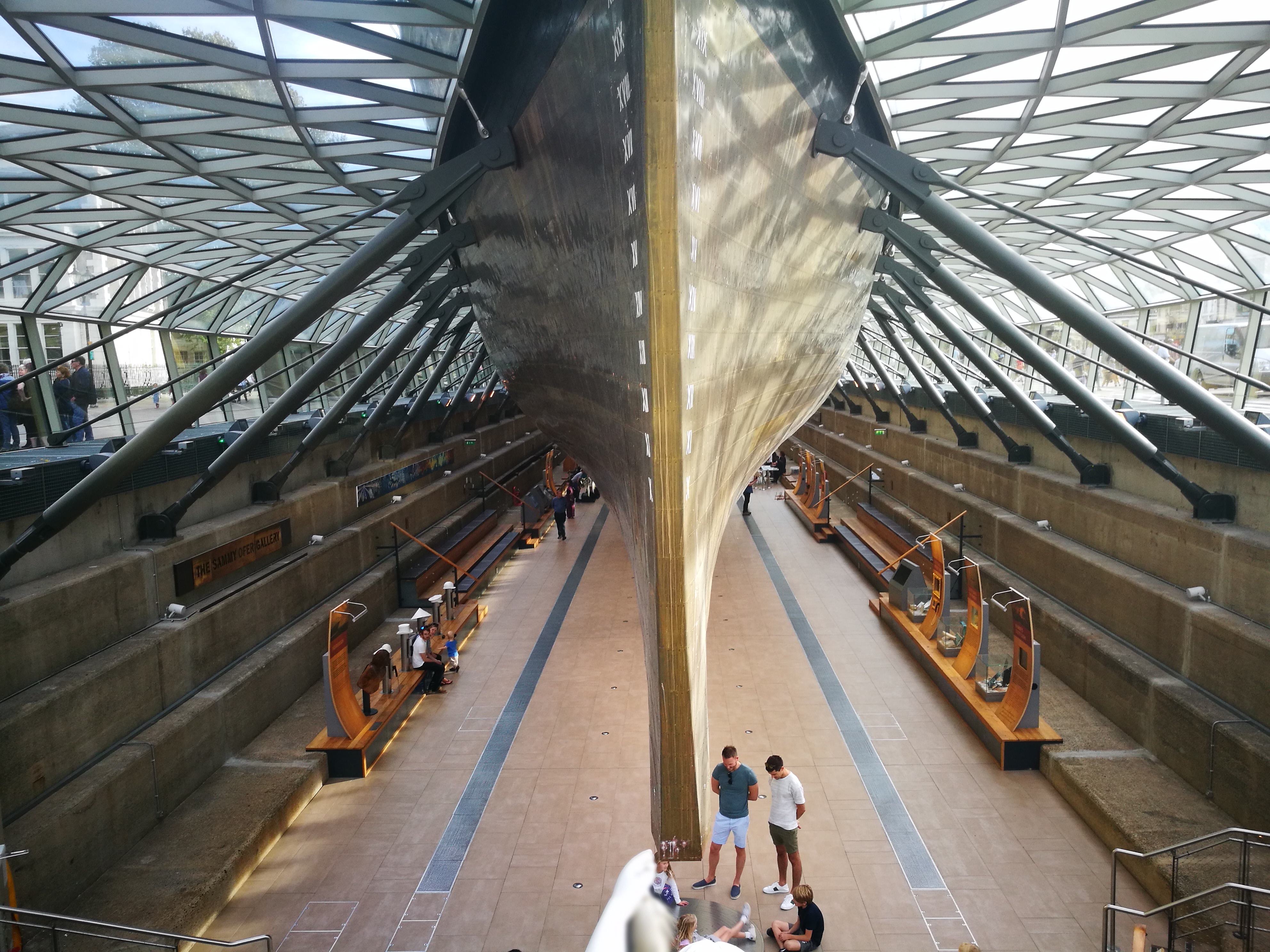


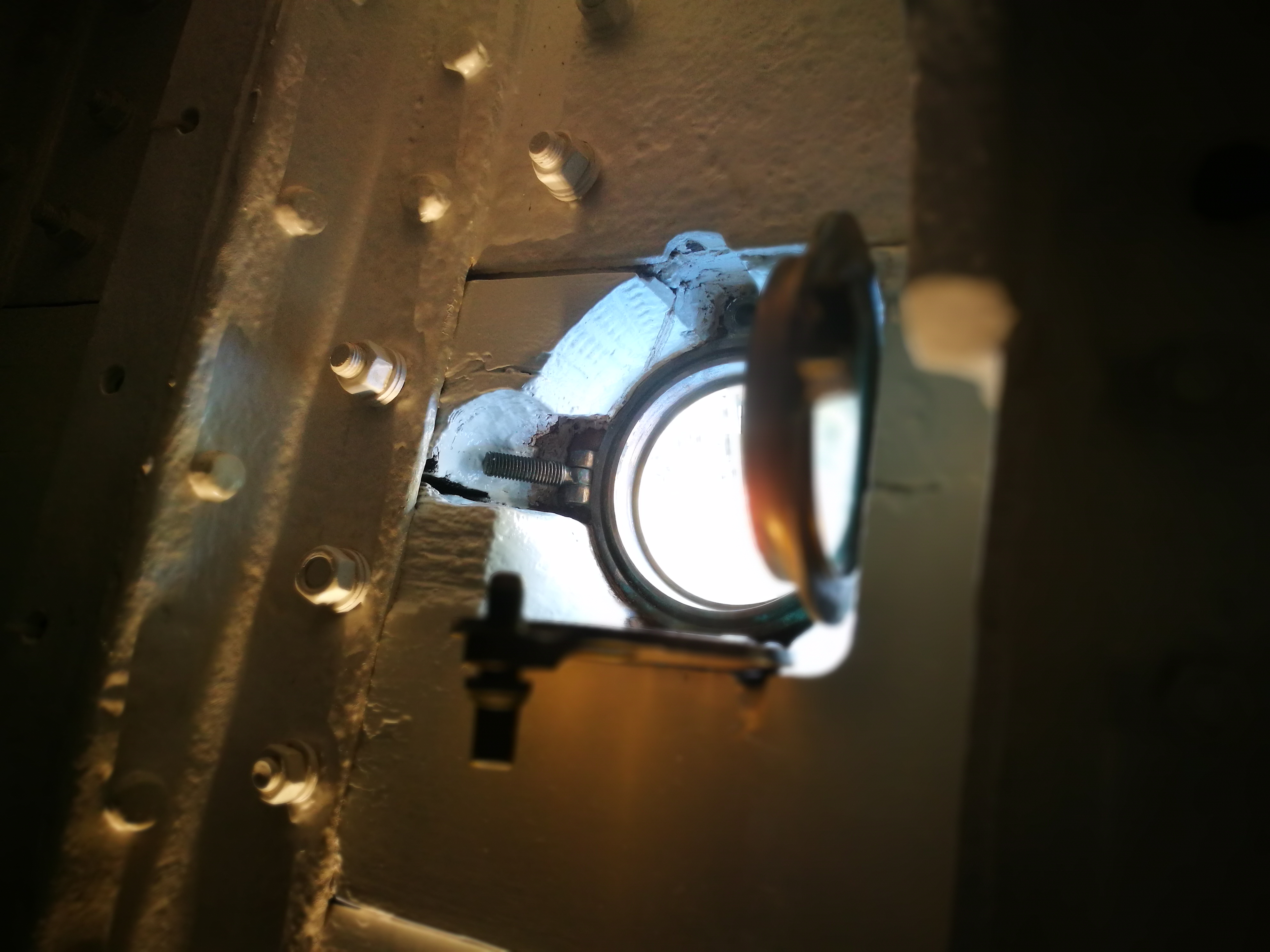

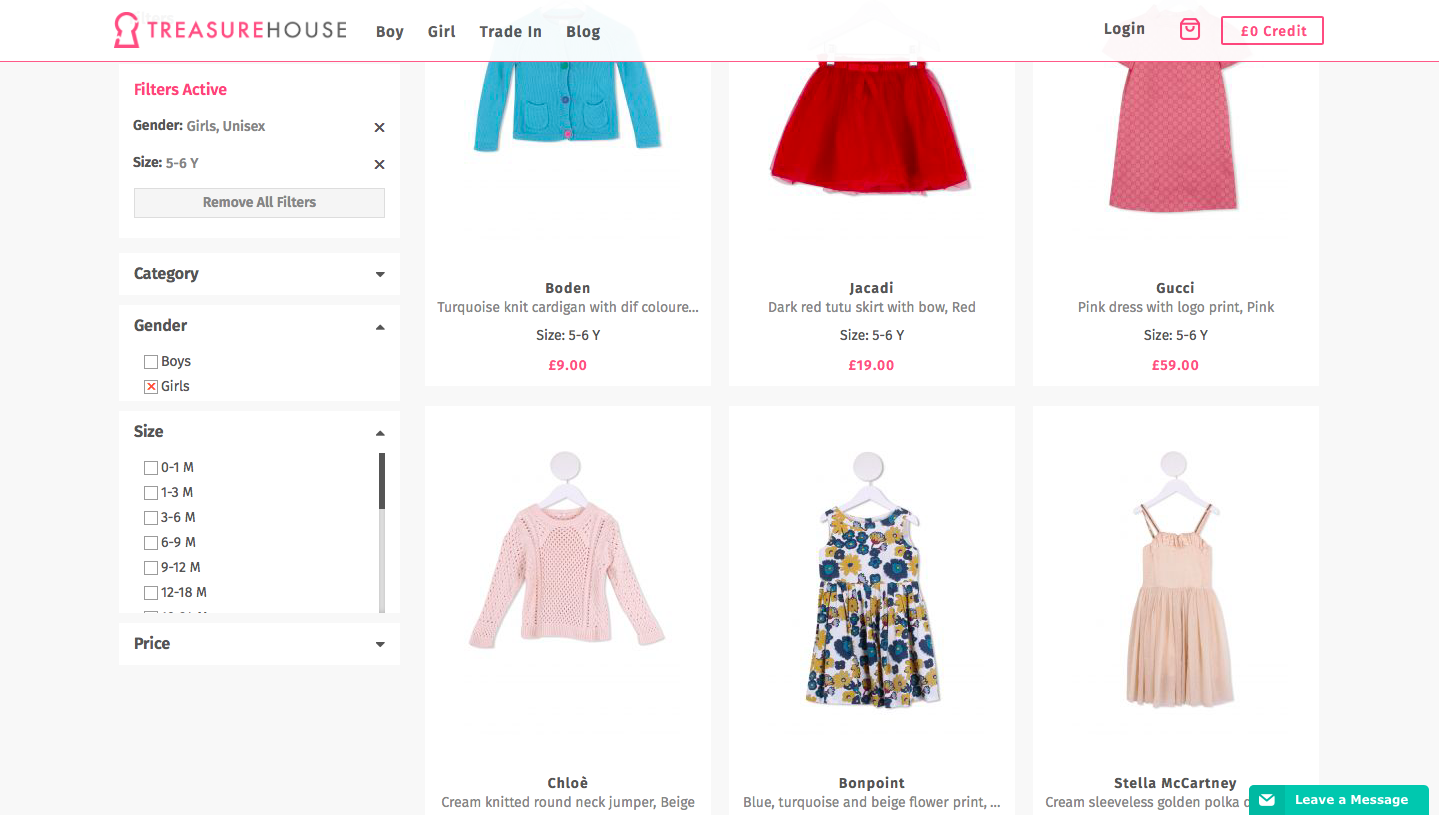







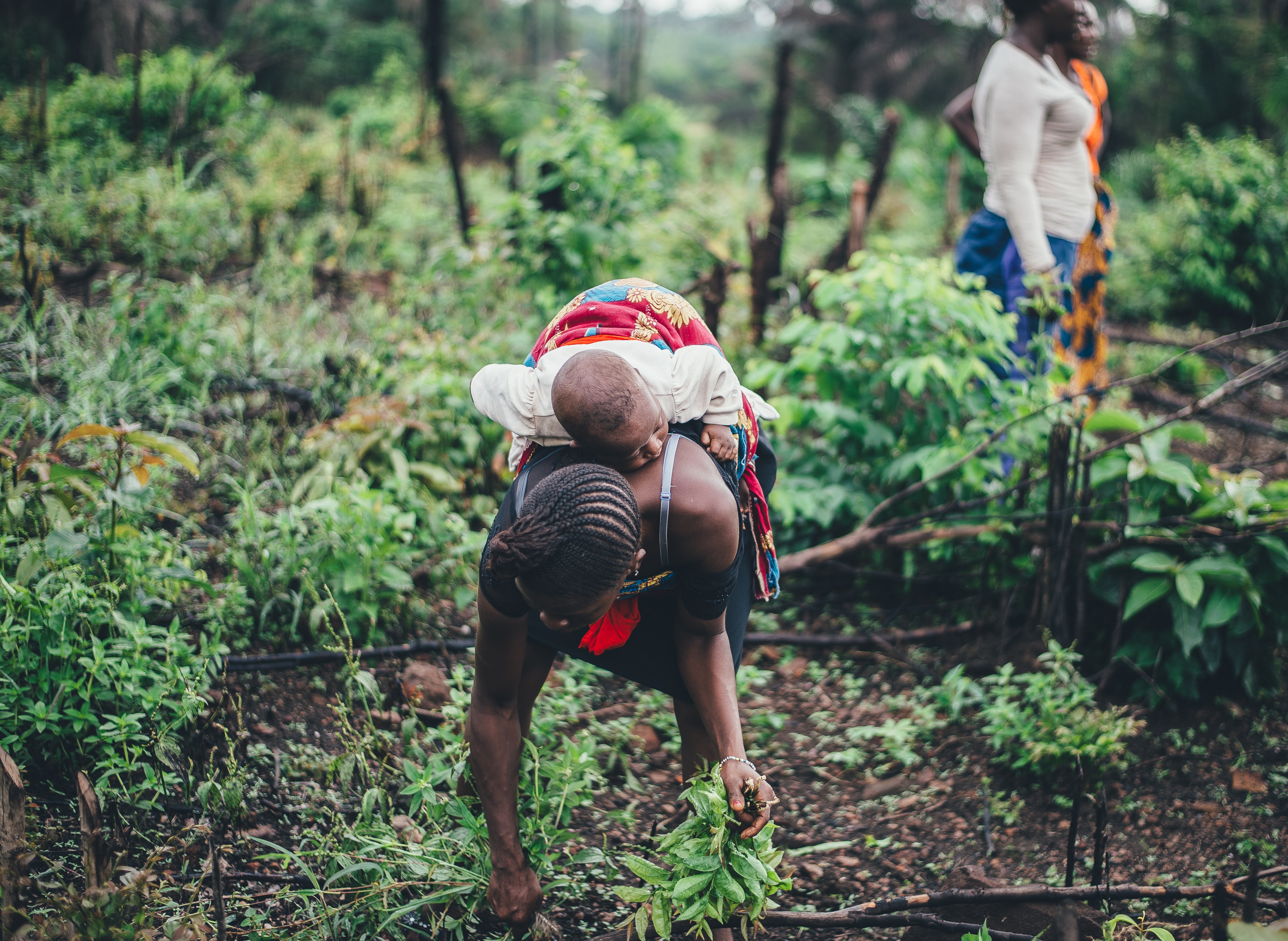


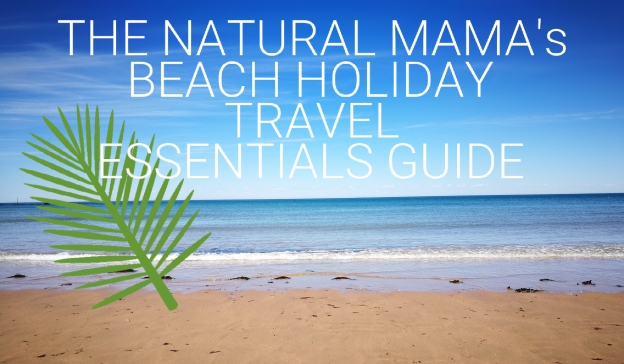
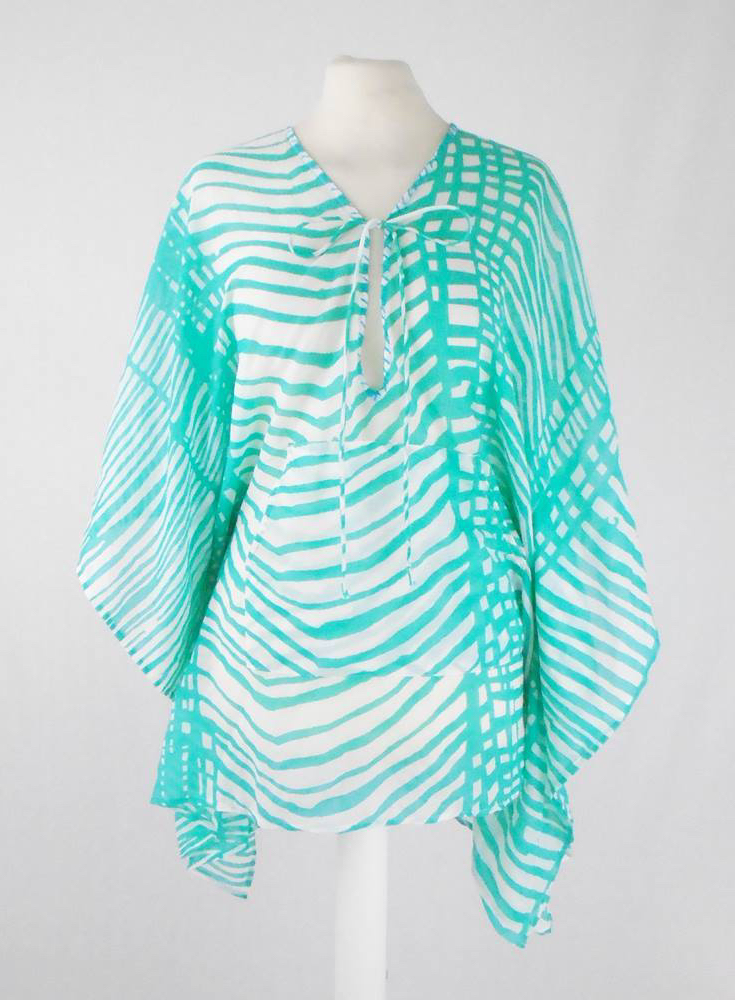

 gifted this beautiful
gifted this beautiful 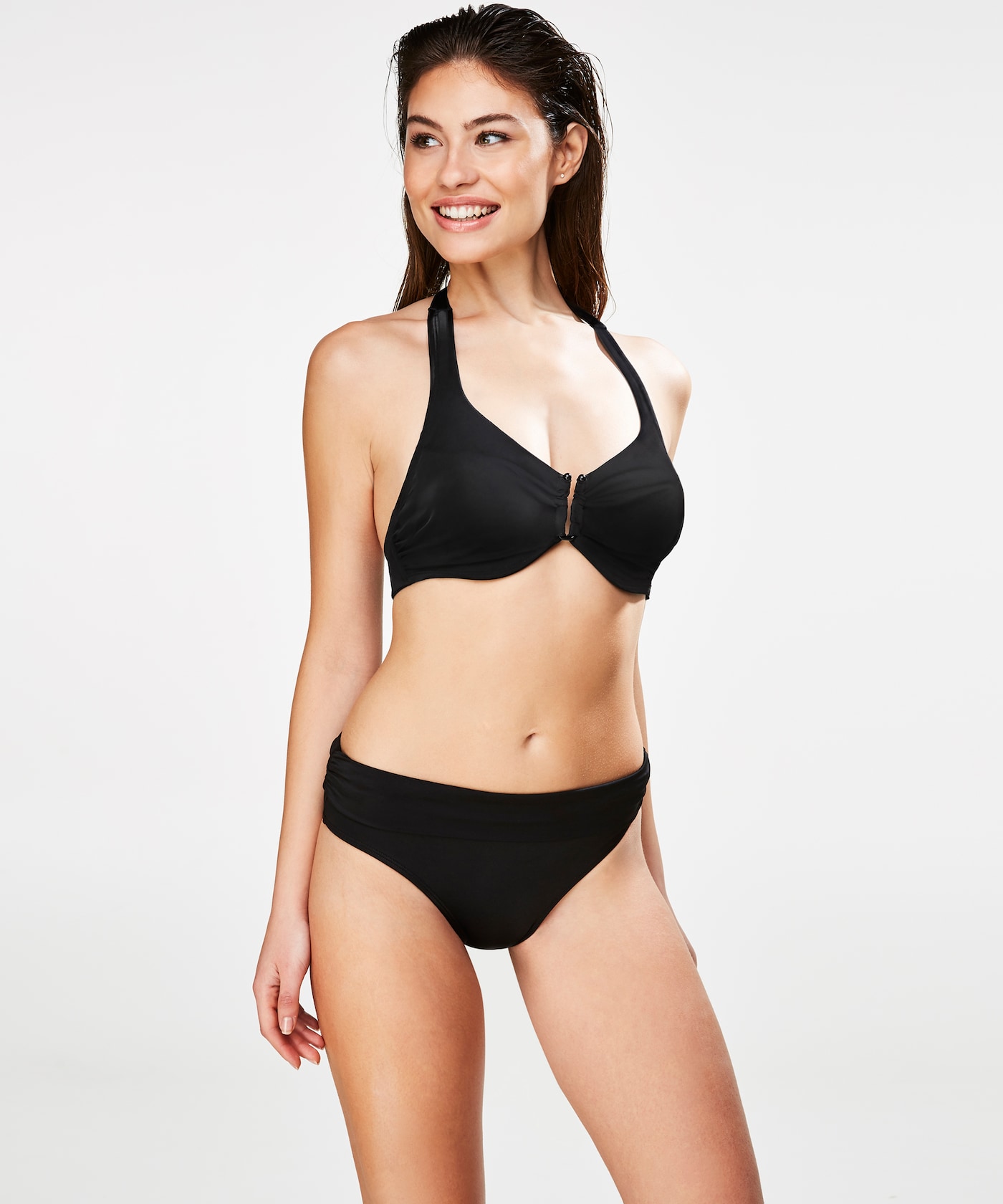
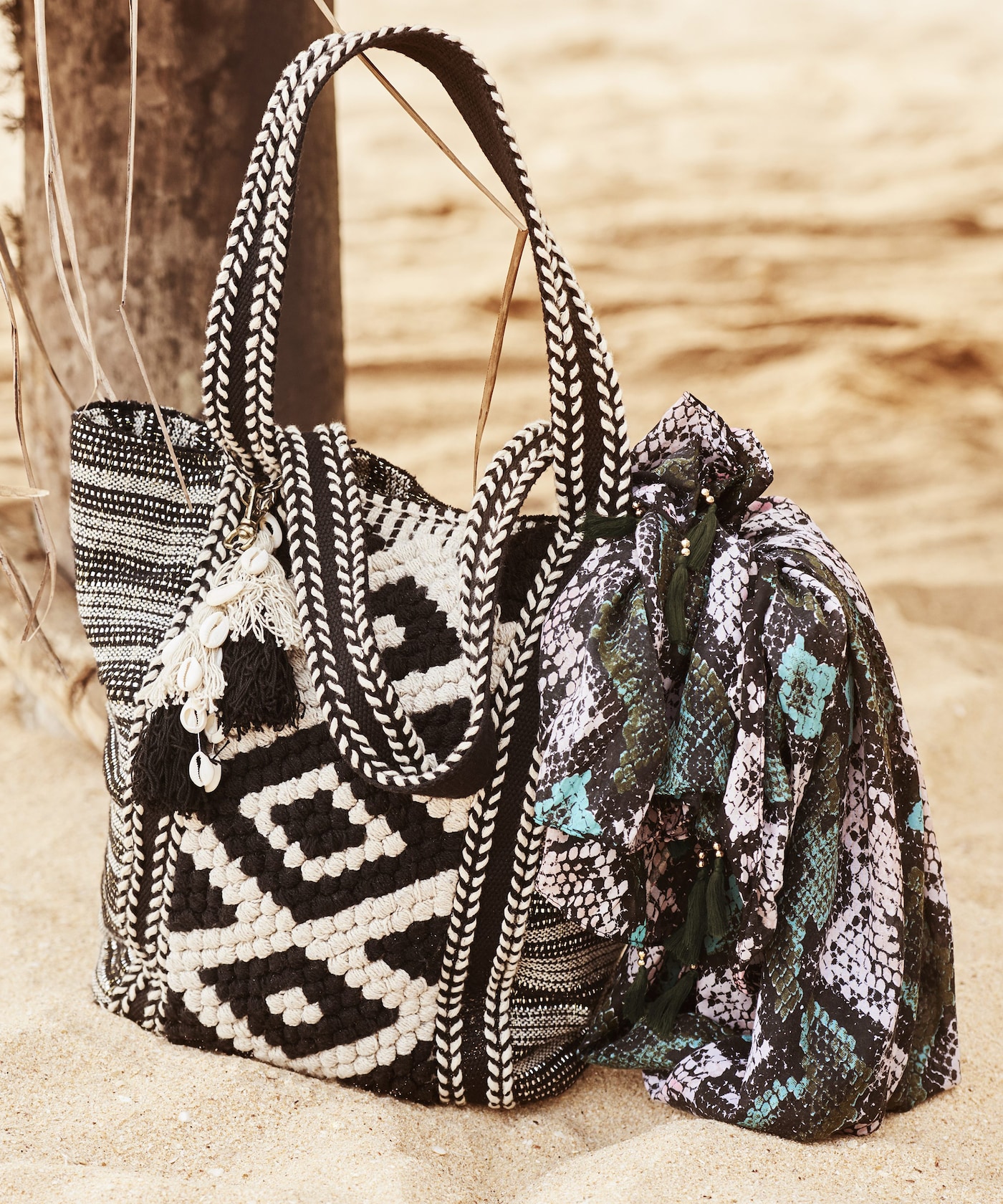 expensive – if you’re travelling on your own or with your partner, a small canvas shopping tote will work. If you’re travelling with kids the best thing are those big tacky re-usable supermarket bags which are fantastic for this purpose because they’re waterproof and hold tons of stuff like flippers, goggles, snorkels, sand-encrusted swim shoes, gazillions of towels, etc.
expensive – if you’re travelling on your own or with your partner, a small canvas shopping tote will work. If you’re travelling with kids the best thing are those big tacky re-usable supermarket bags which are fantastic for this purpose because they’re waterproof and hold tons of stuff like flippers, goggles, snorkels, sand-encrusted swim shoes, gazillions of towels, etc.


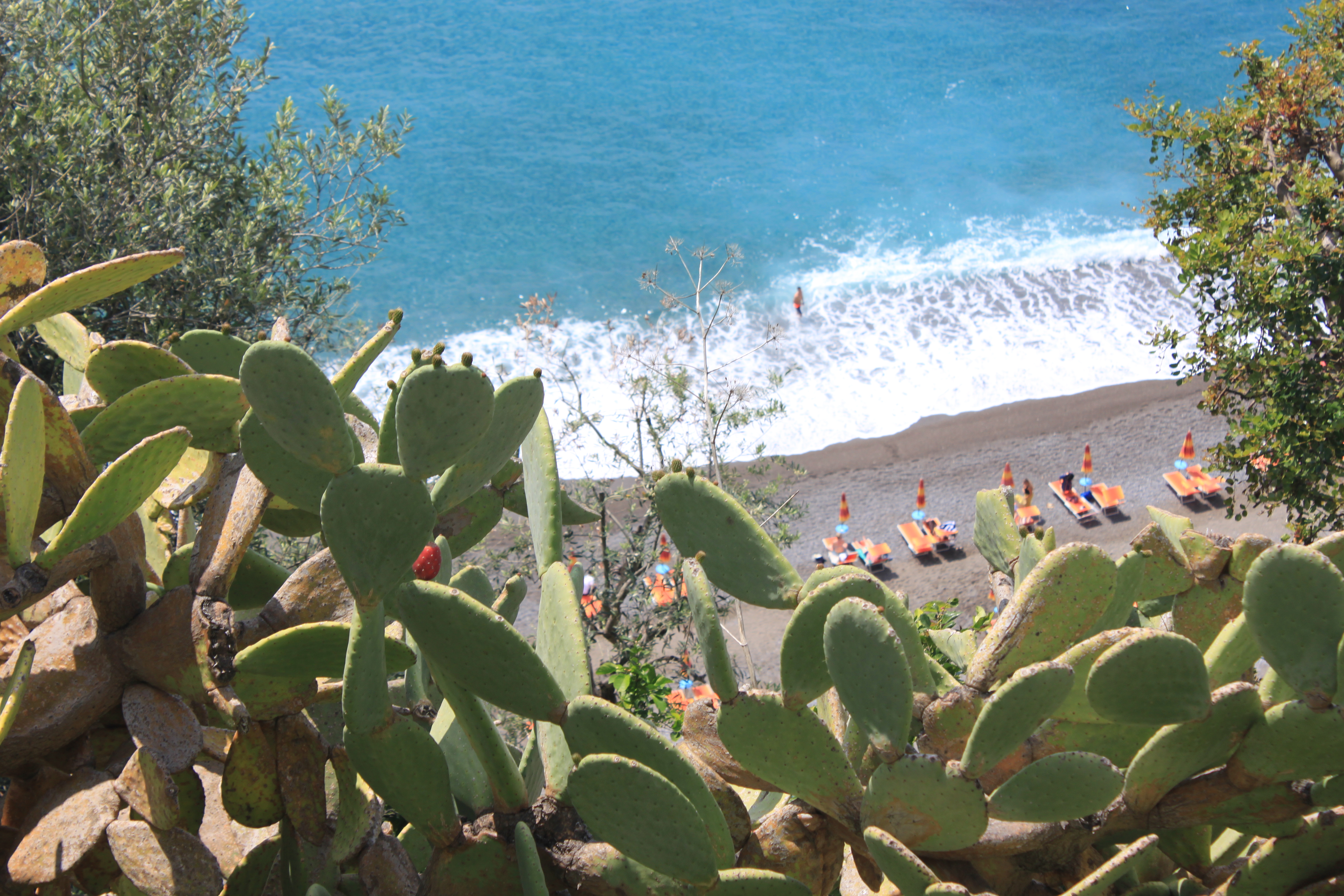

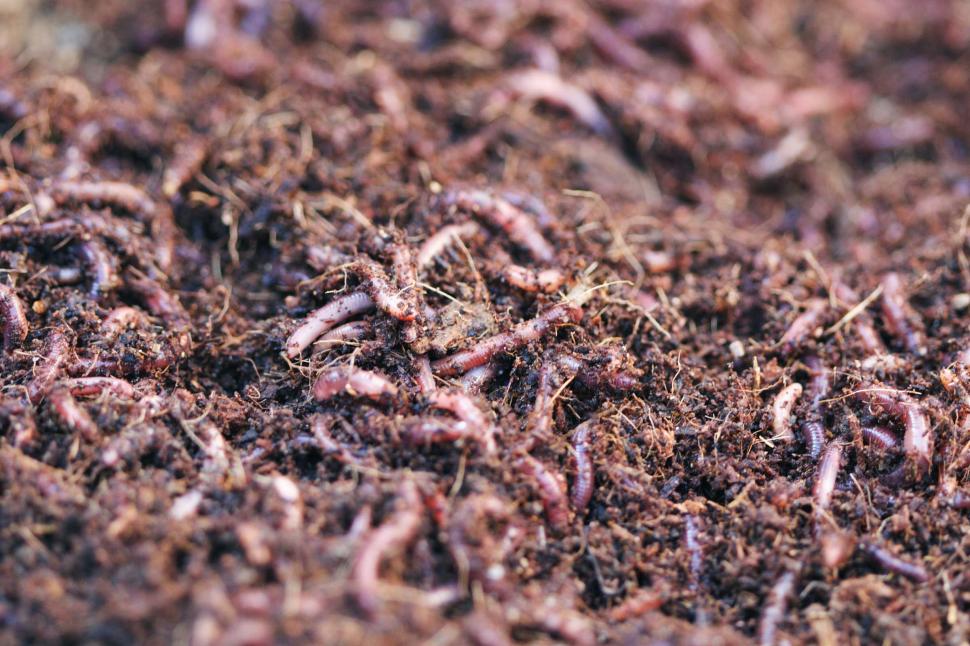
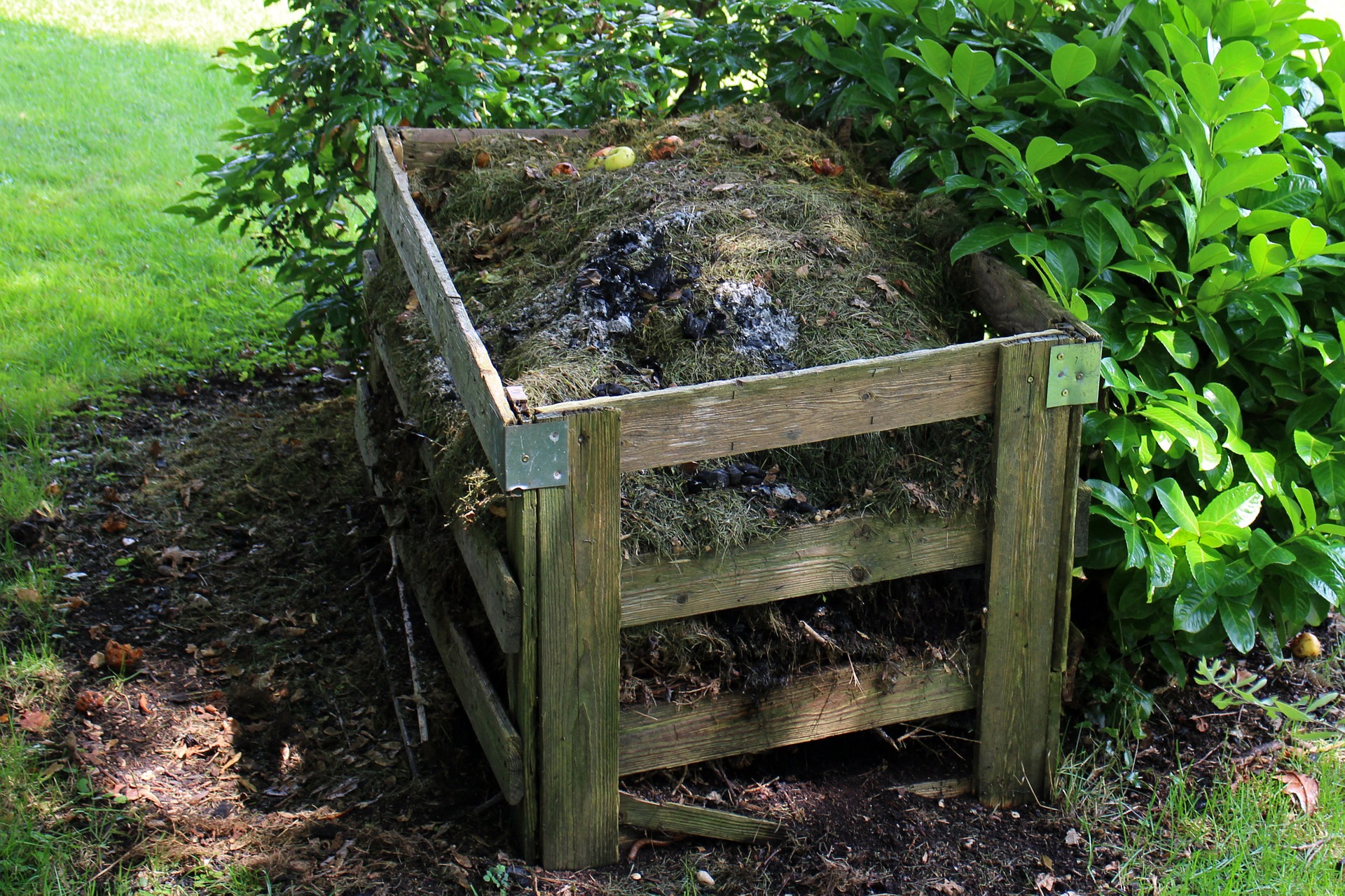

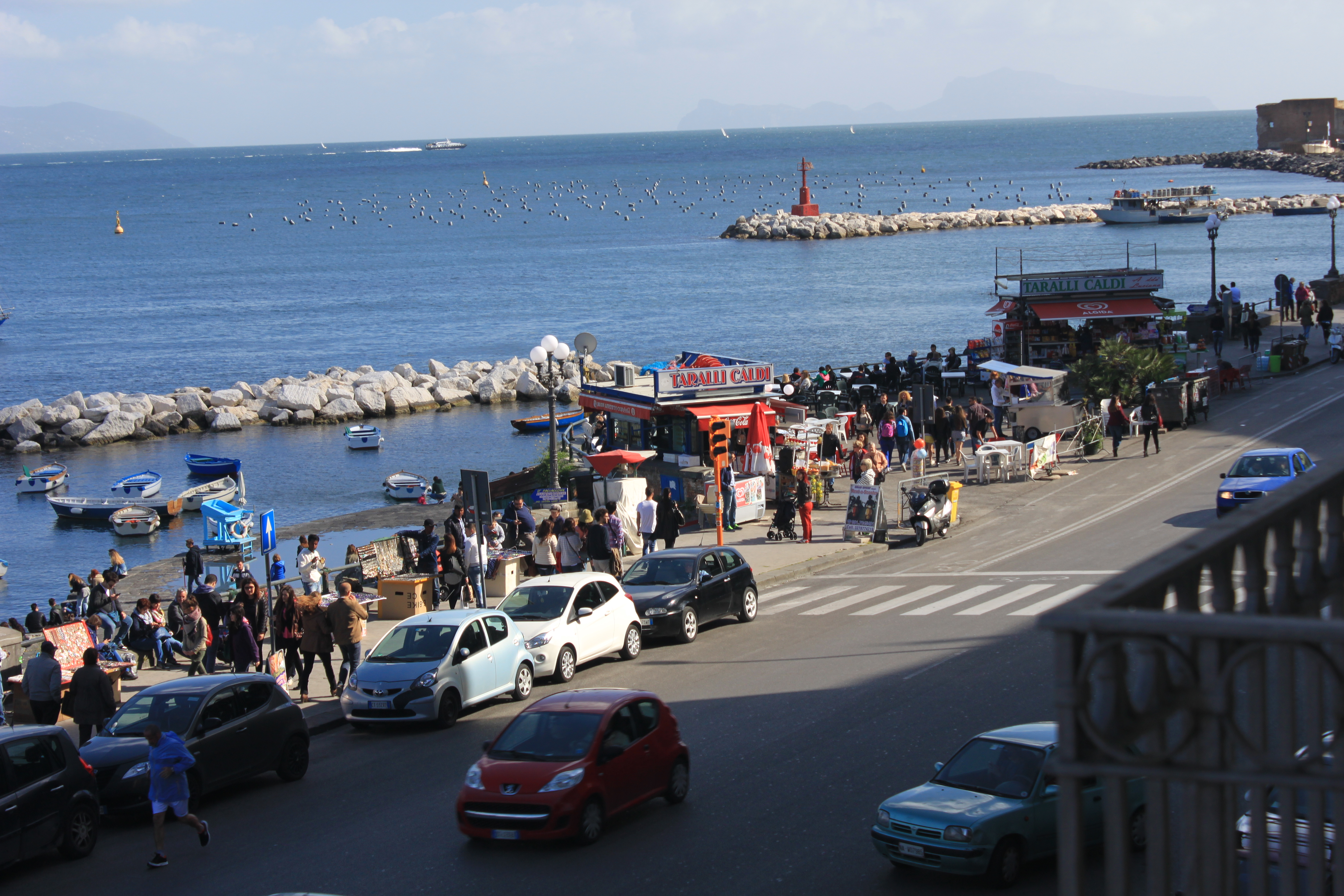

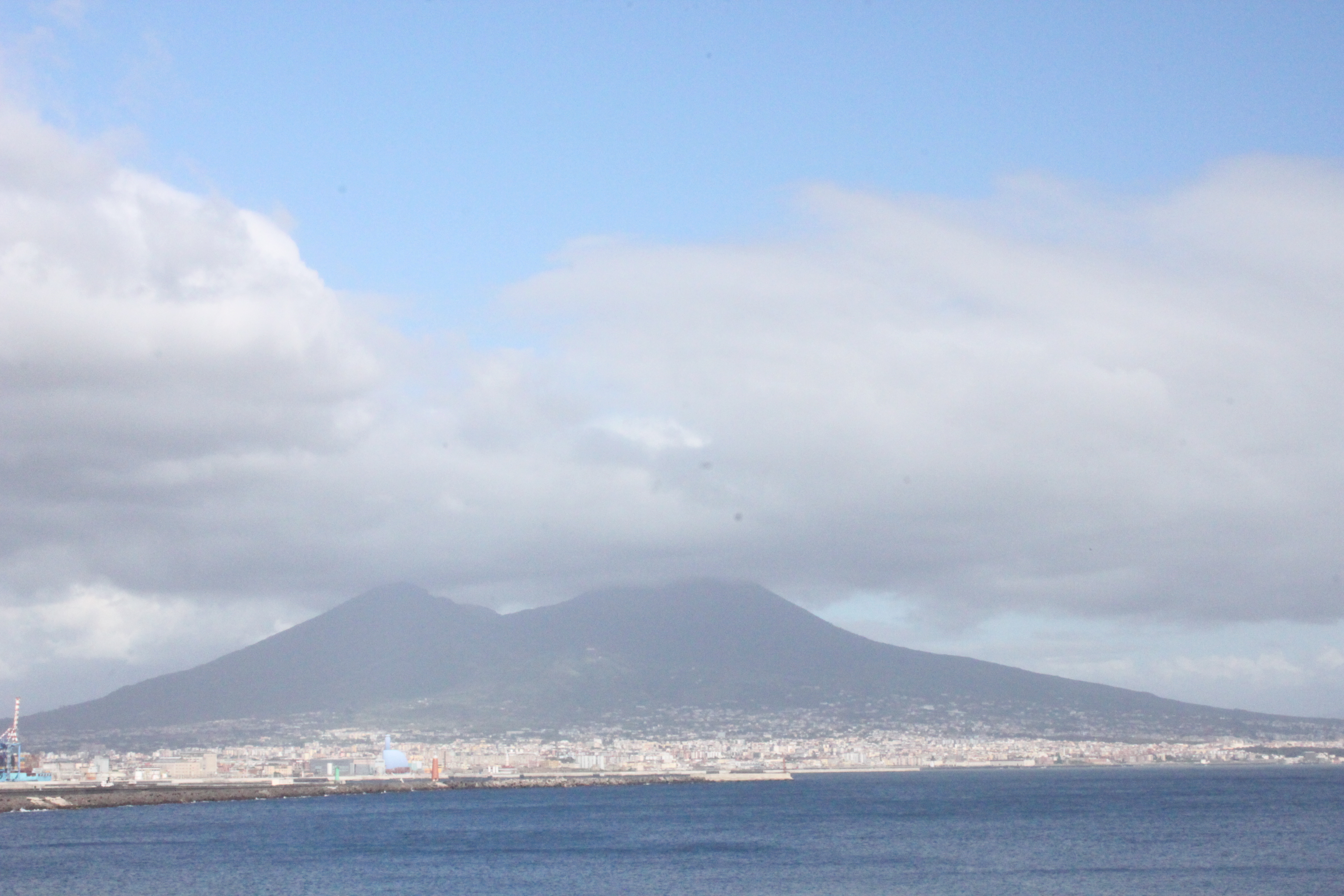
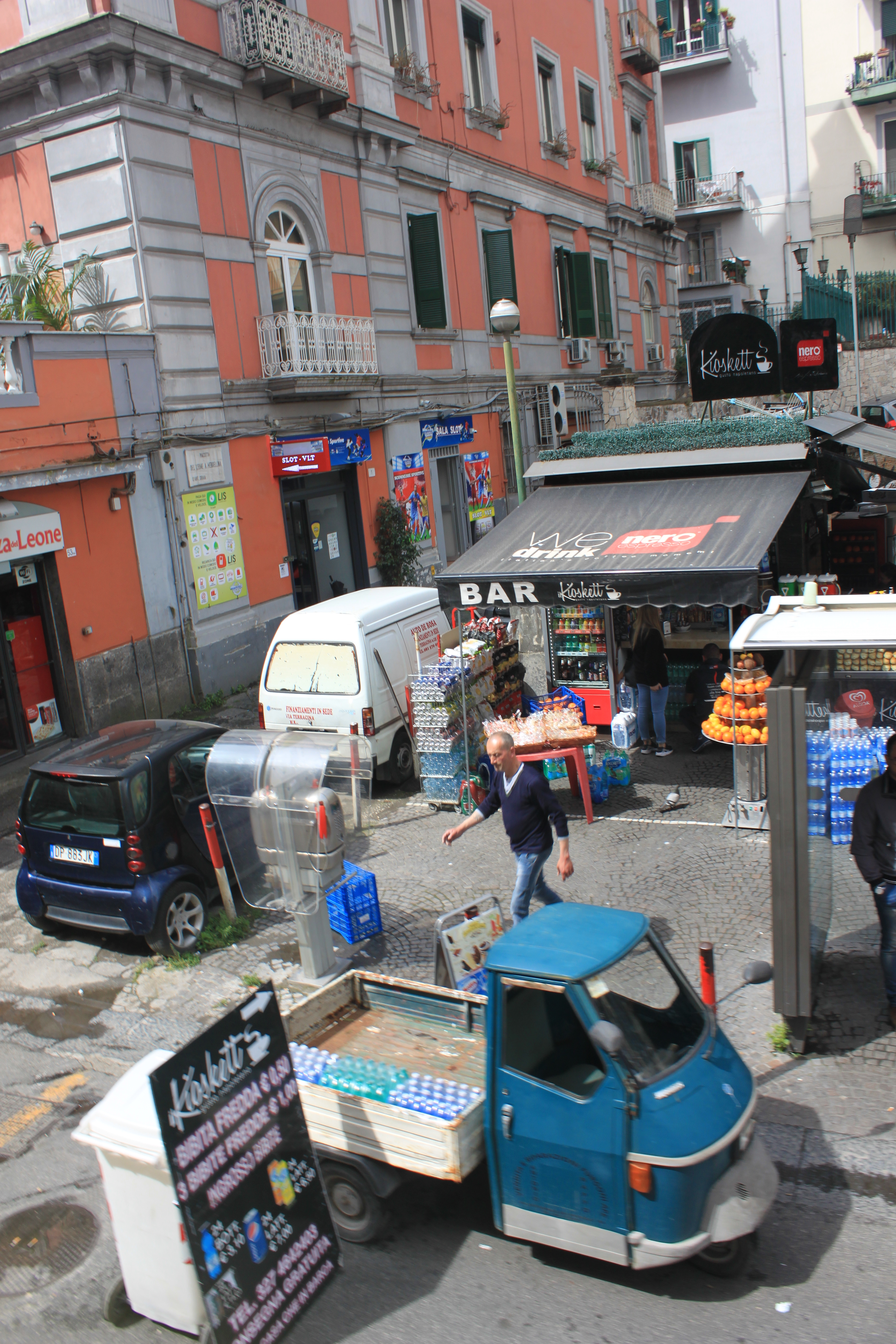
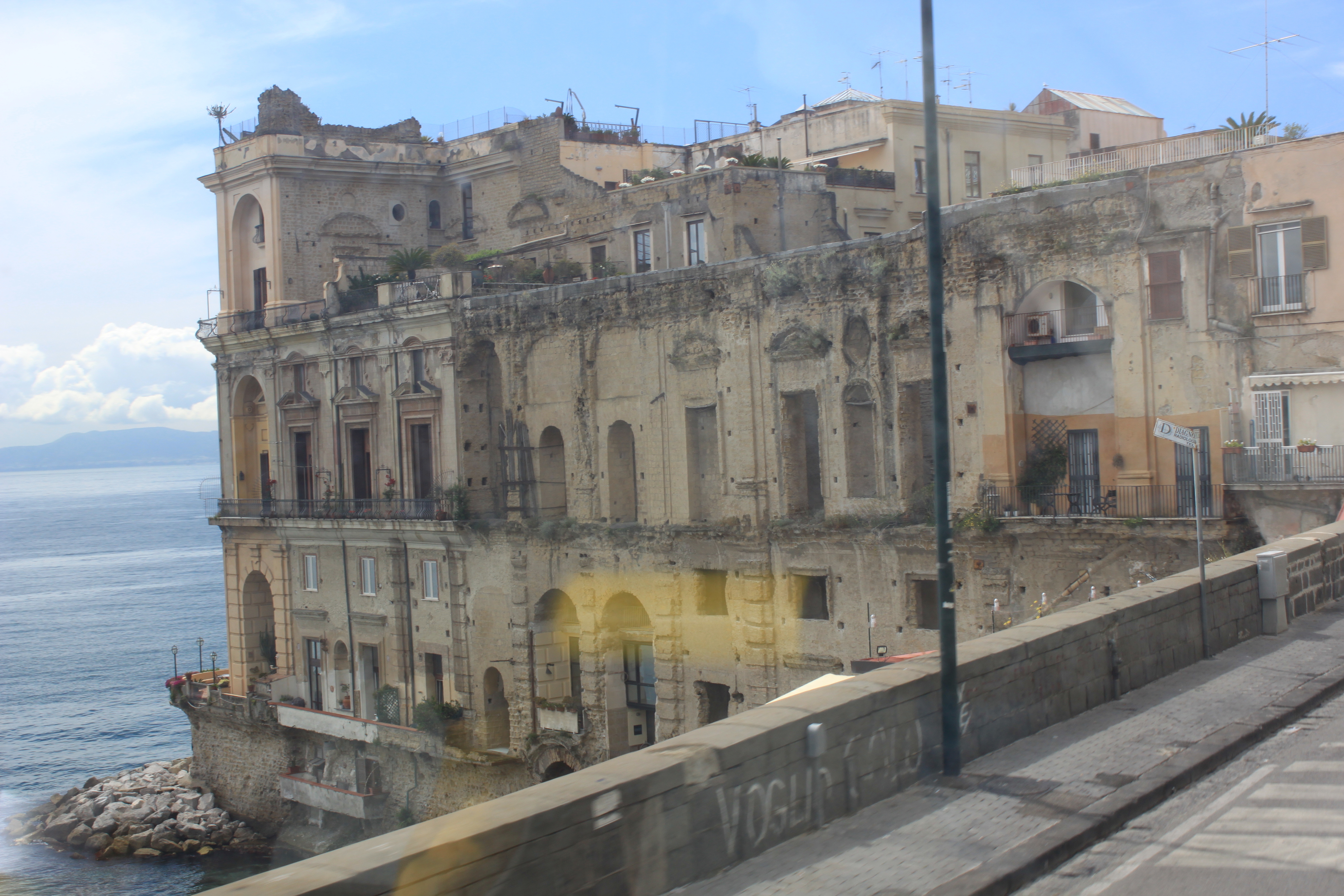

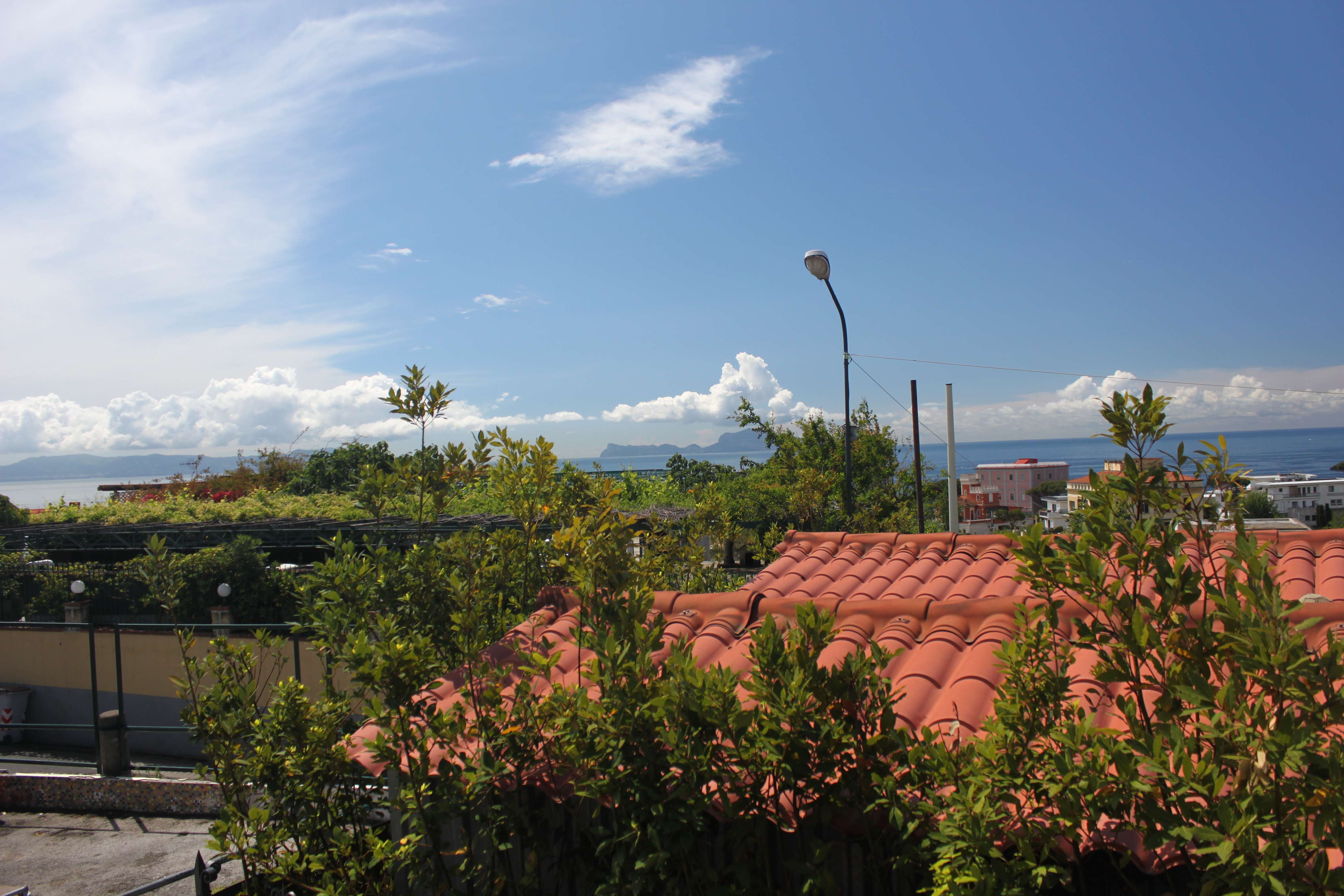


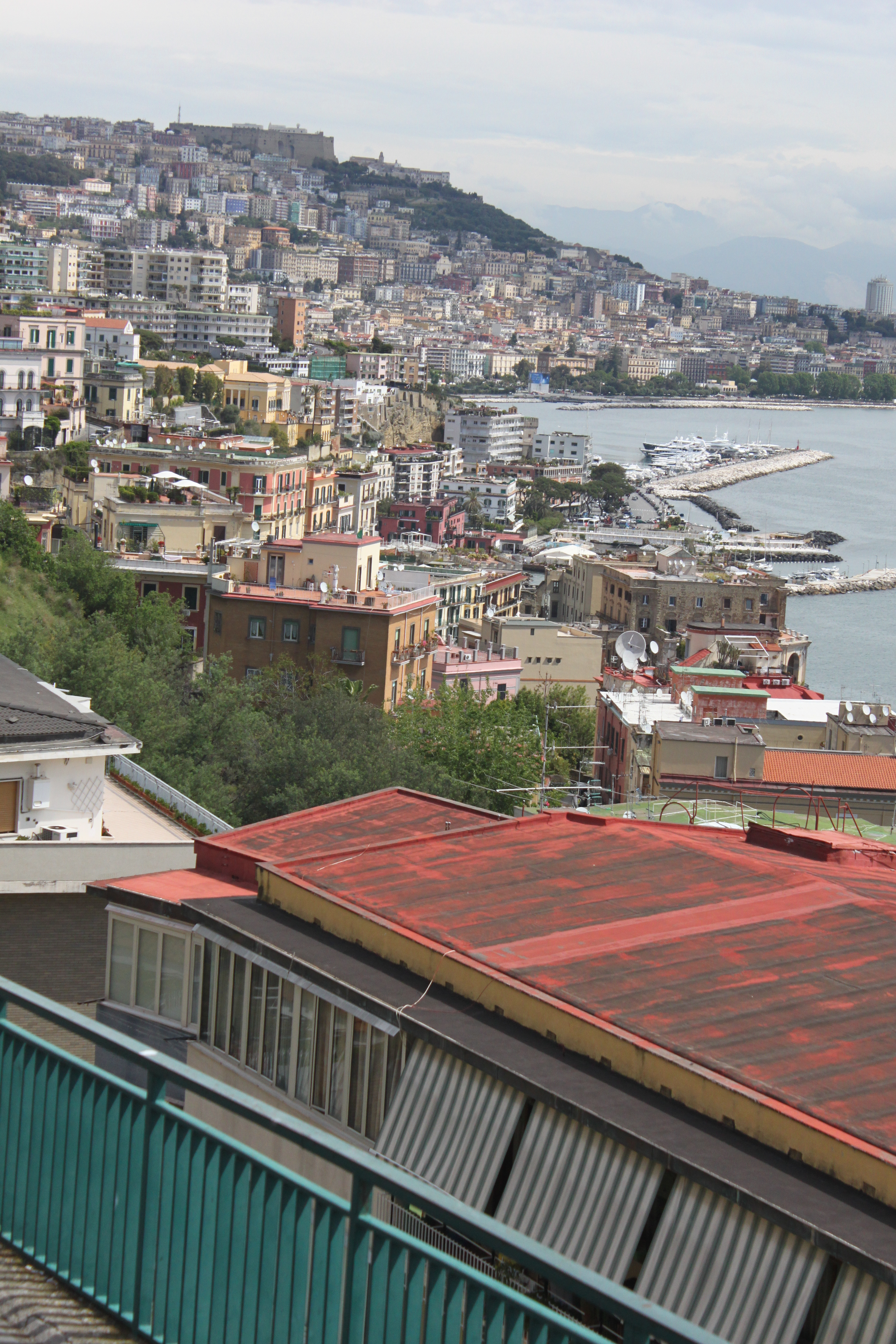


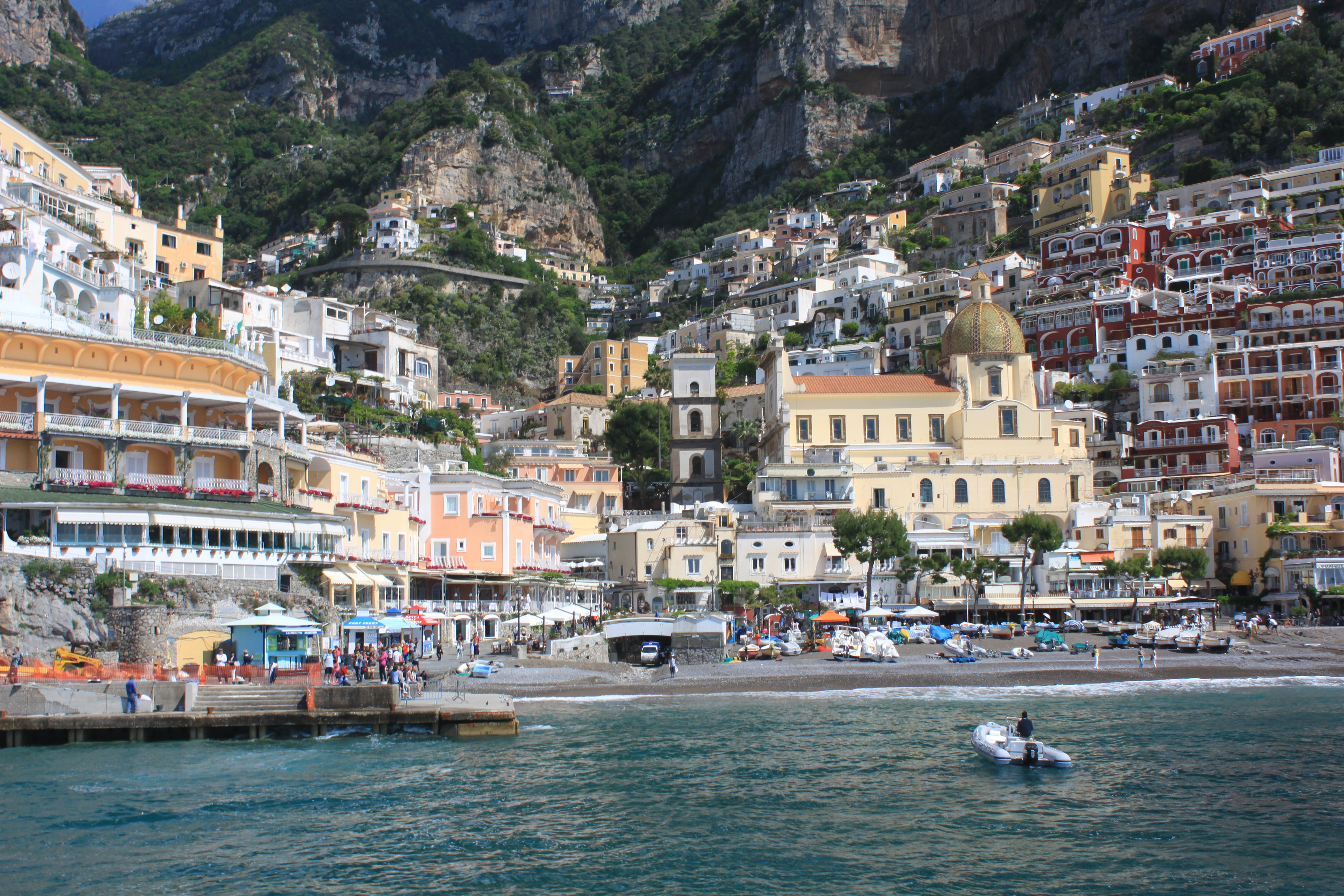
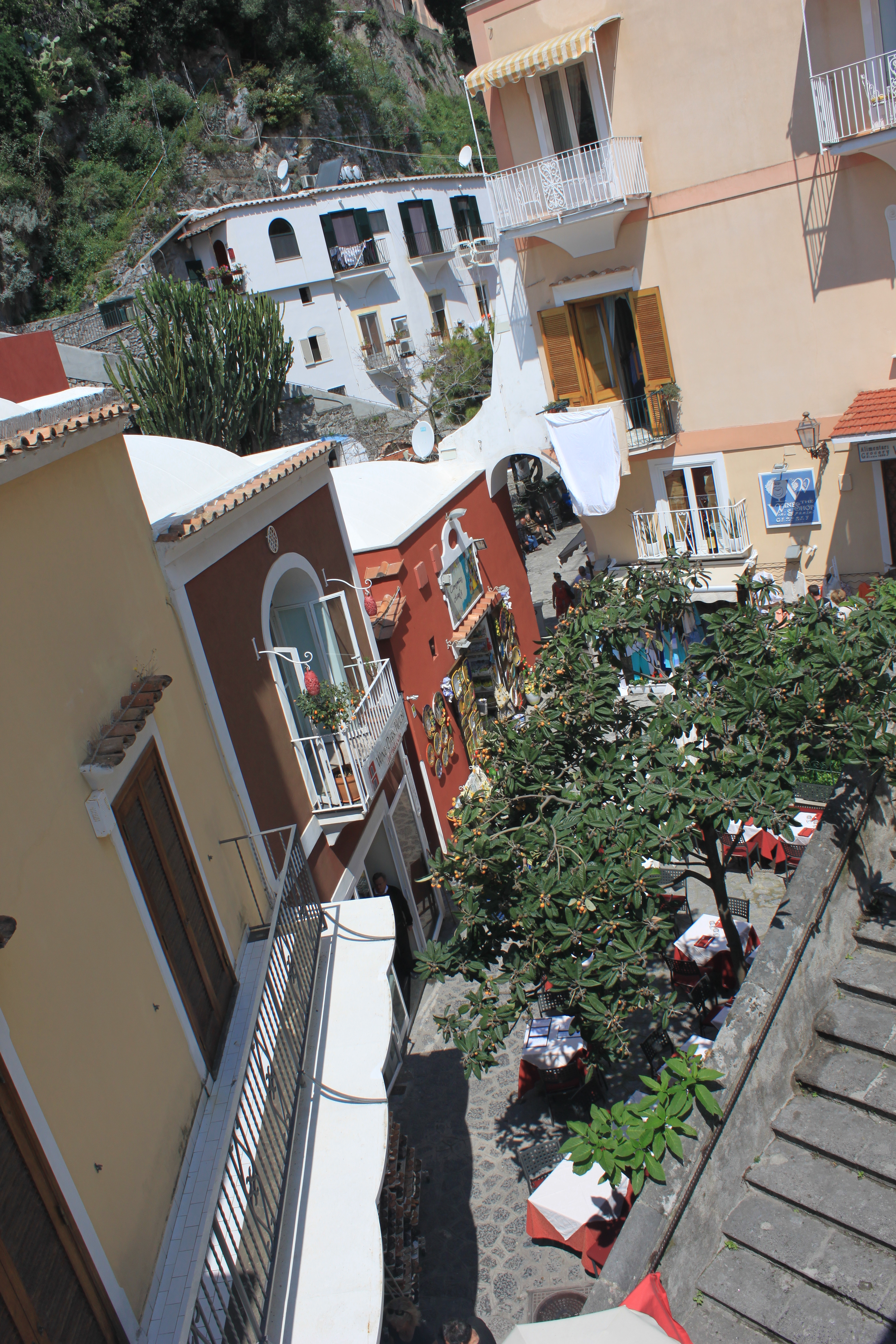
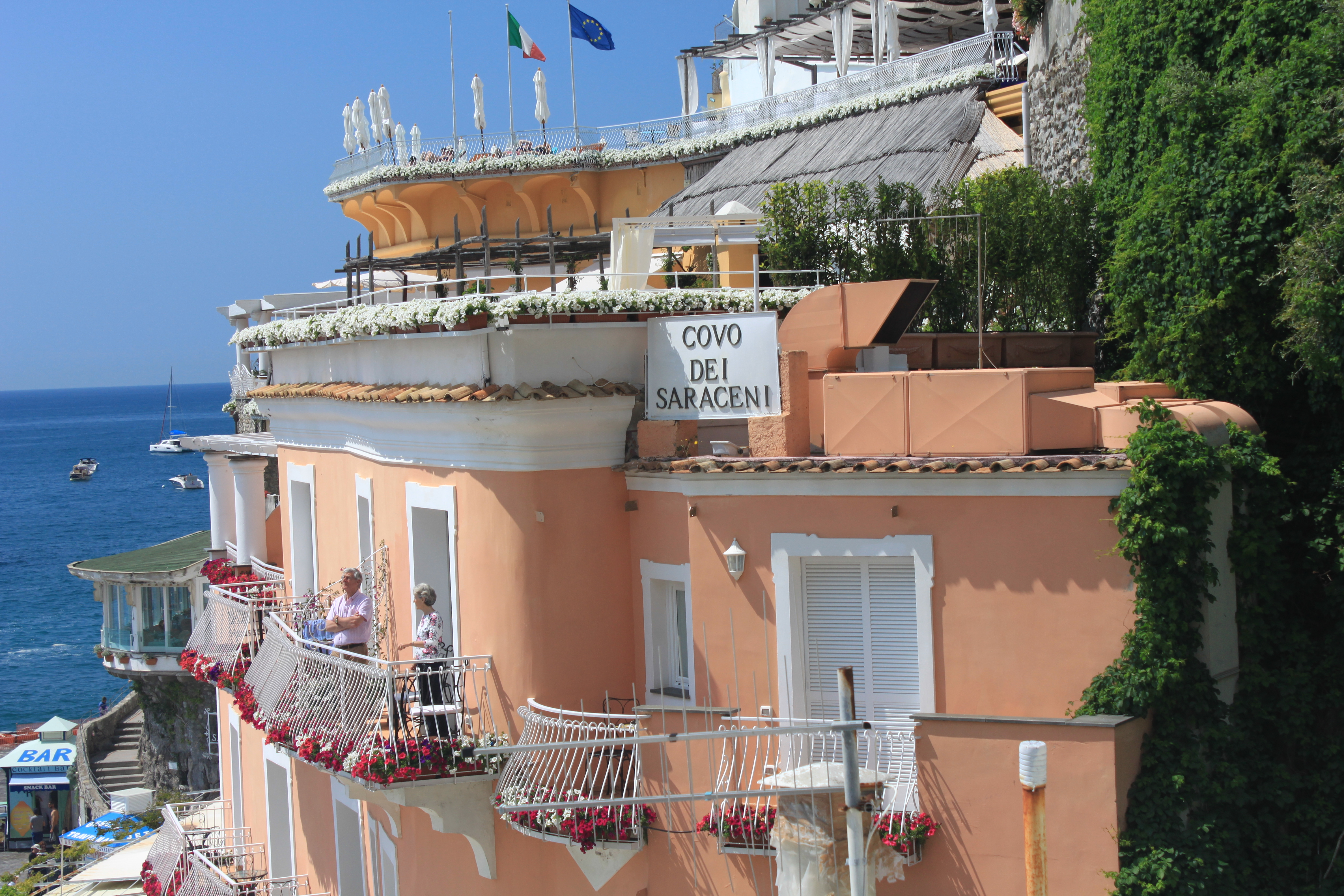
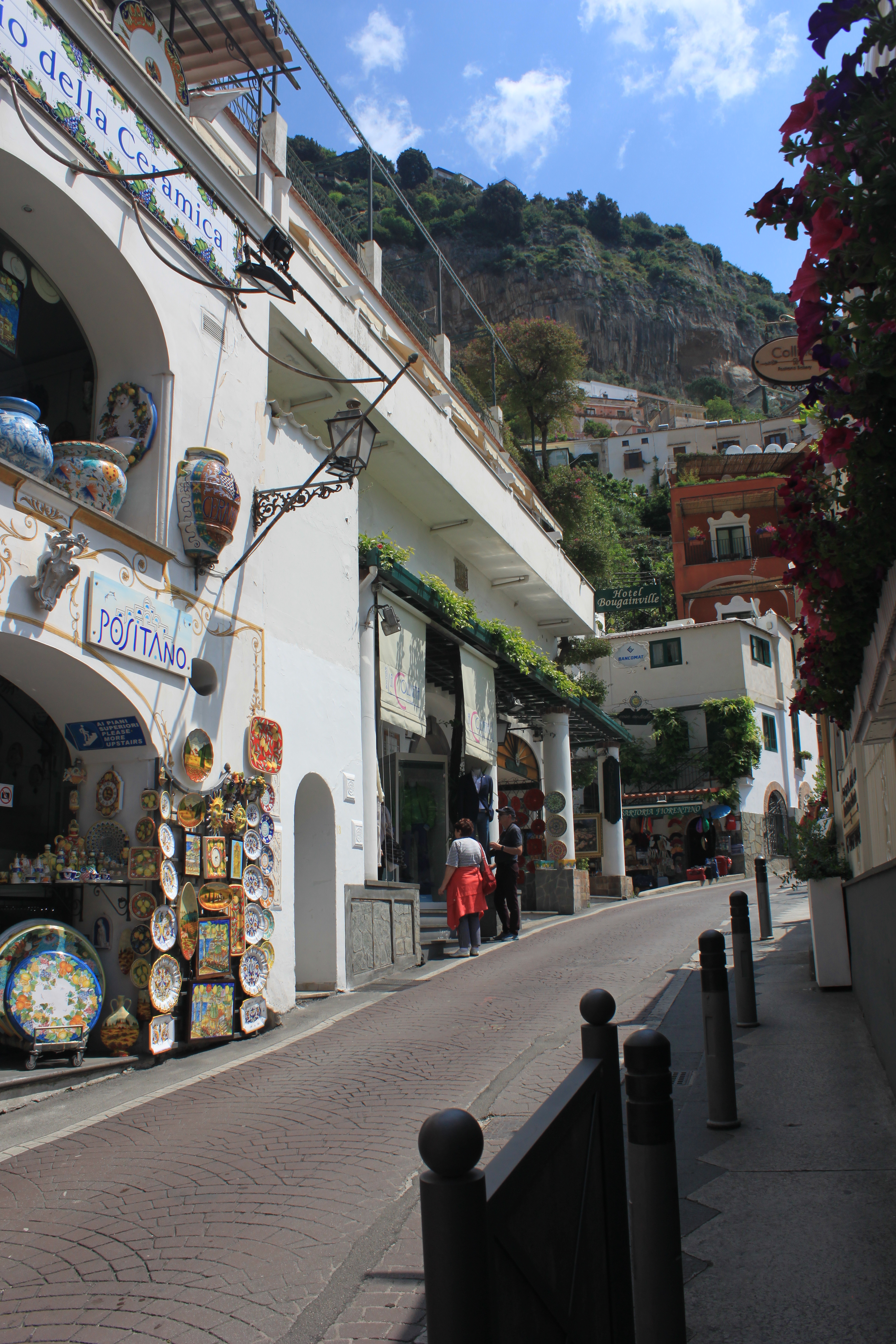


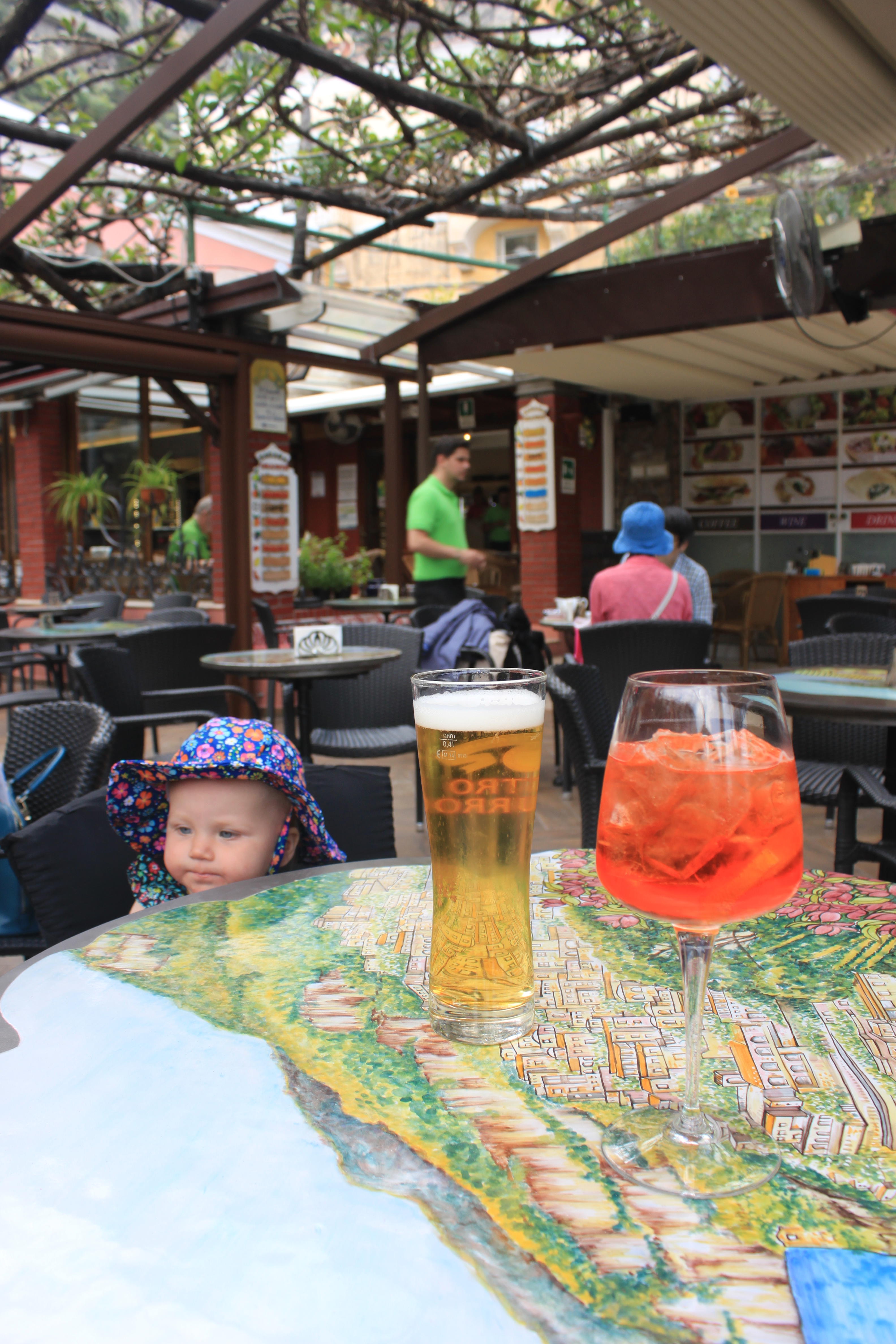
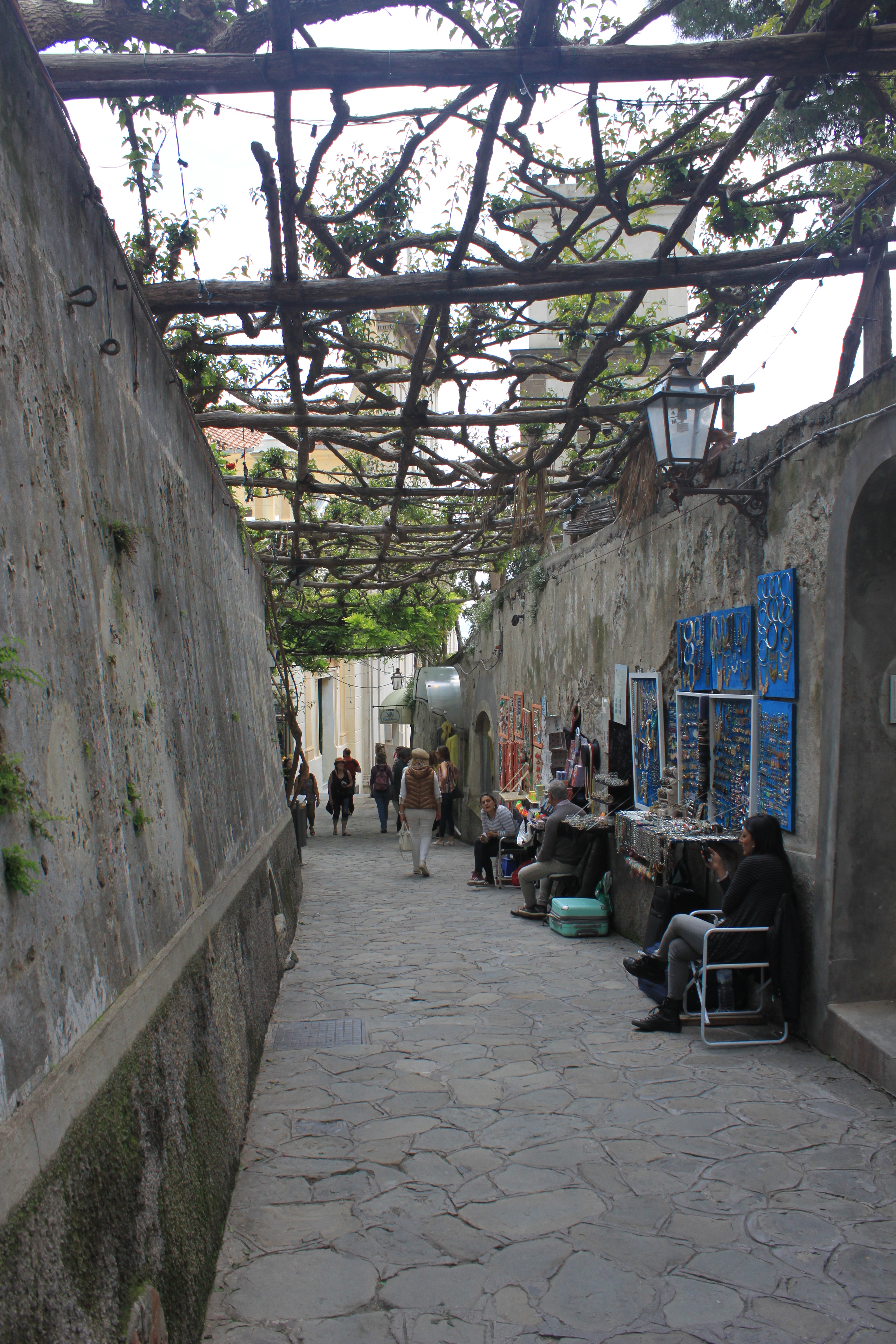
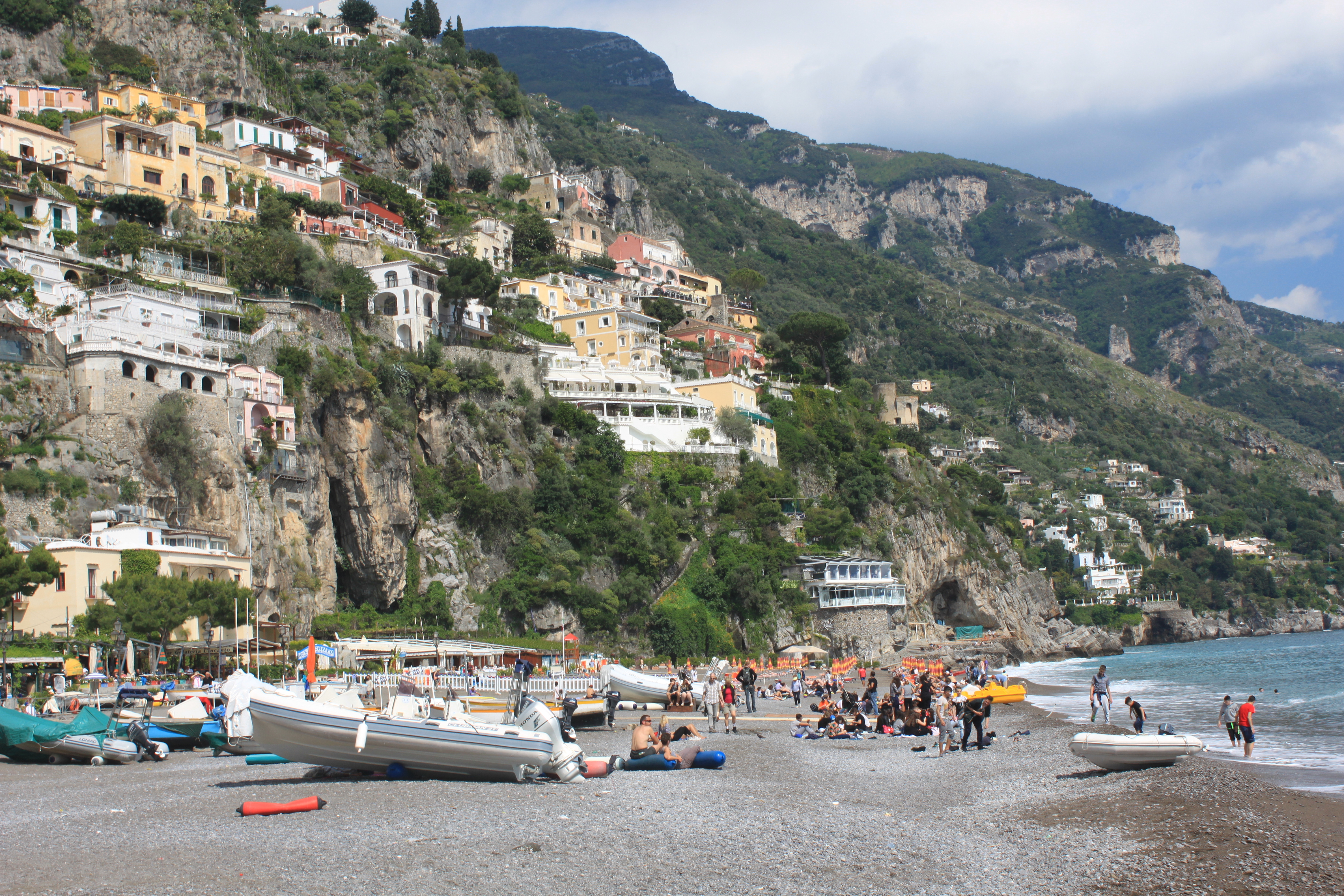
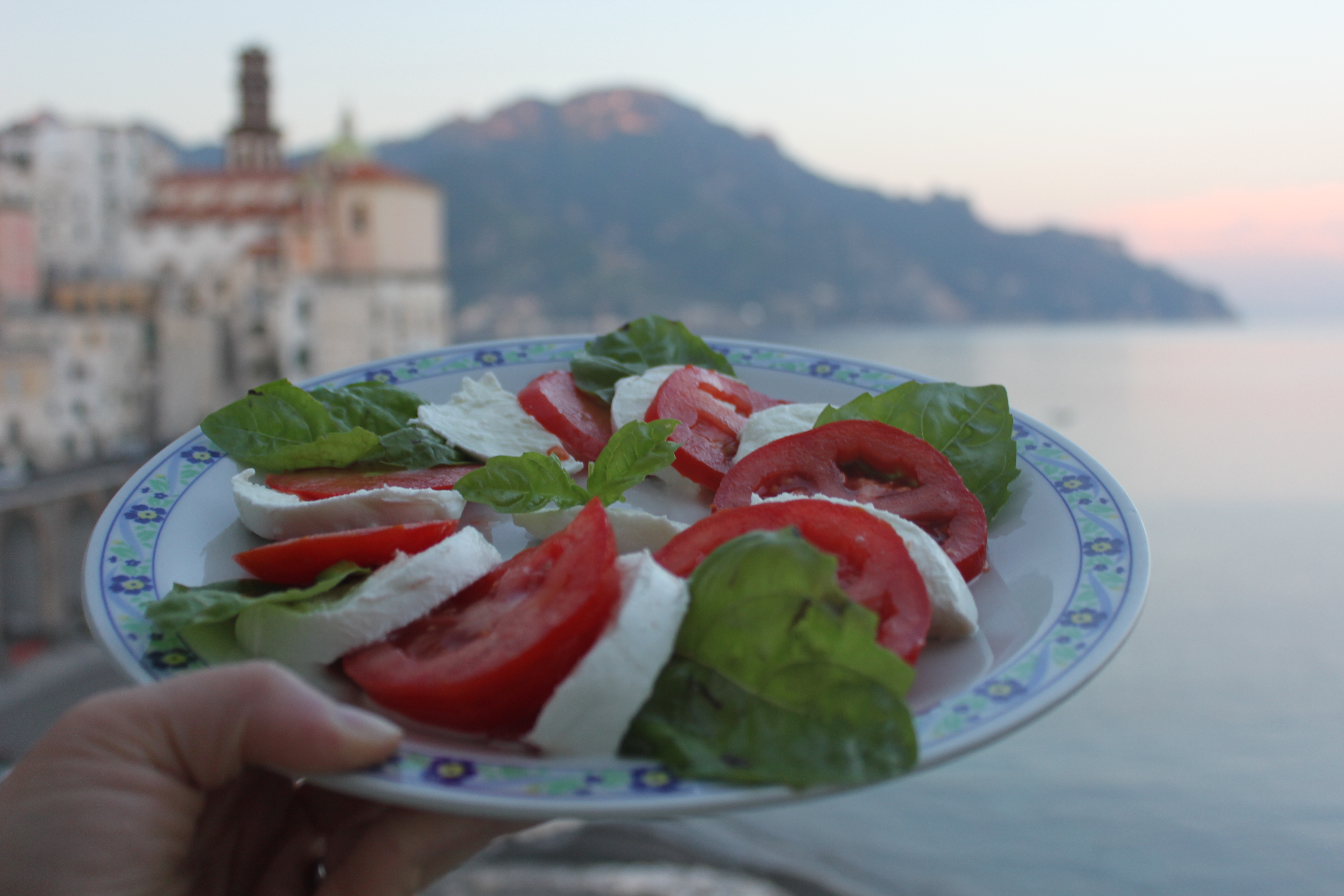
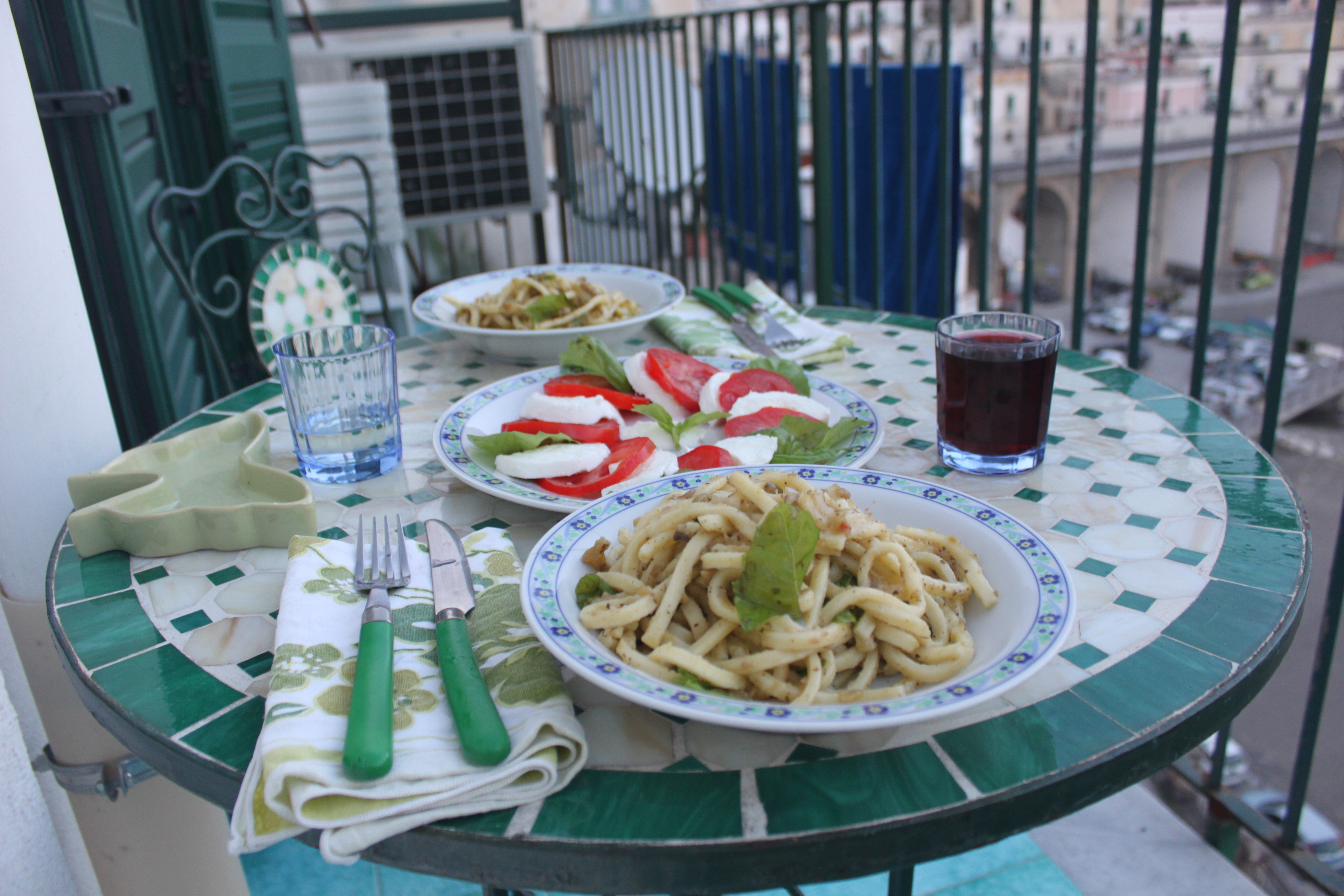
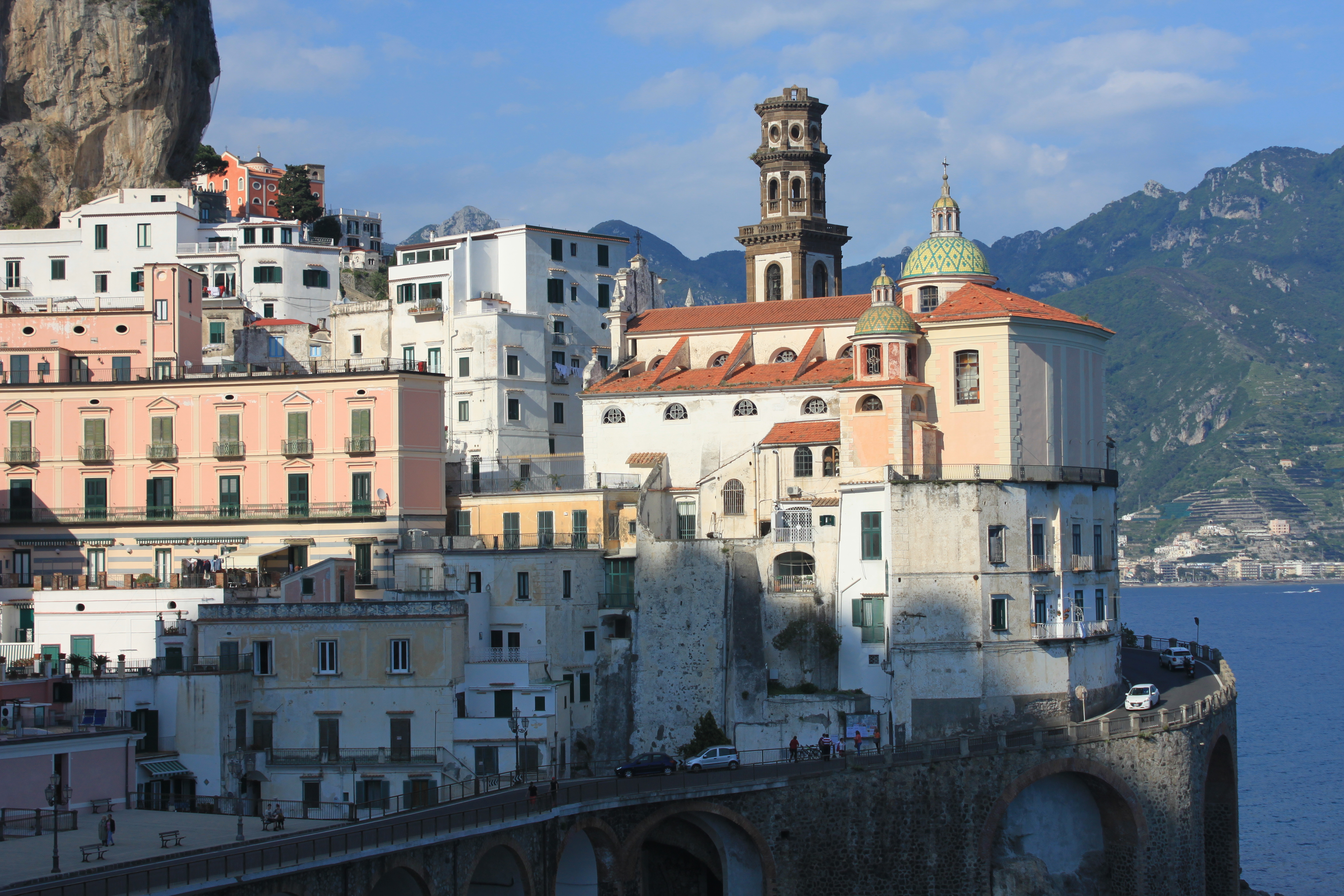

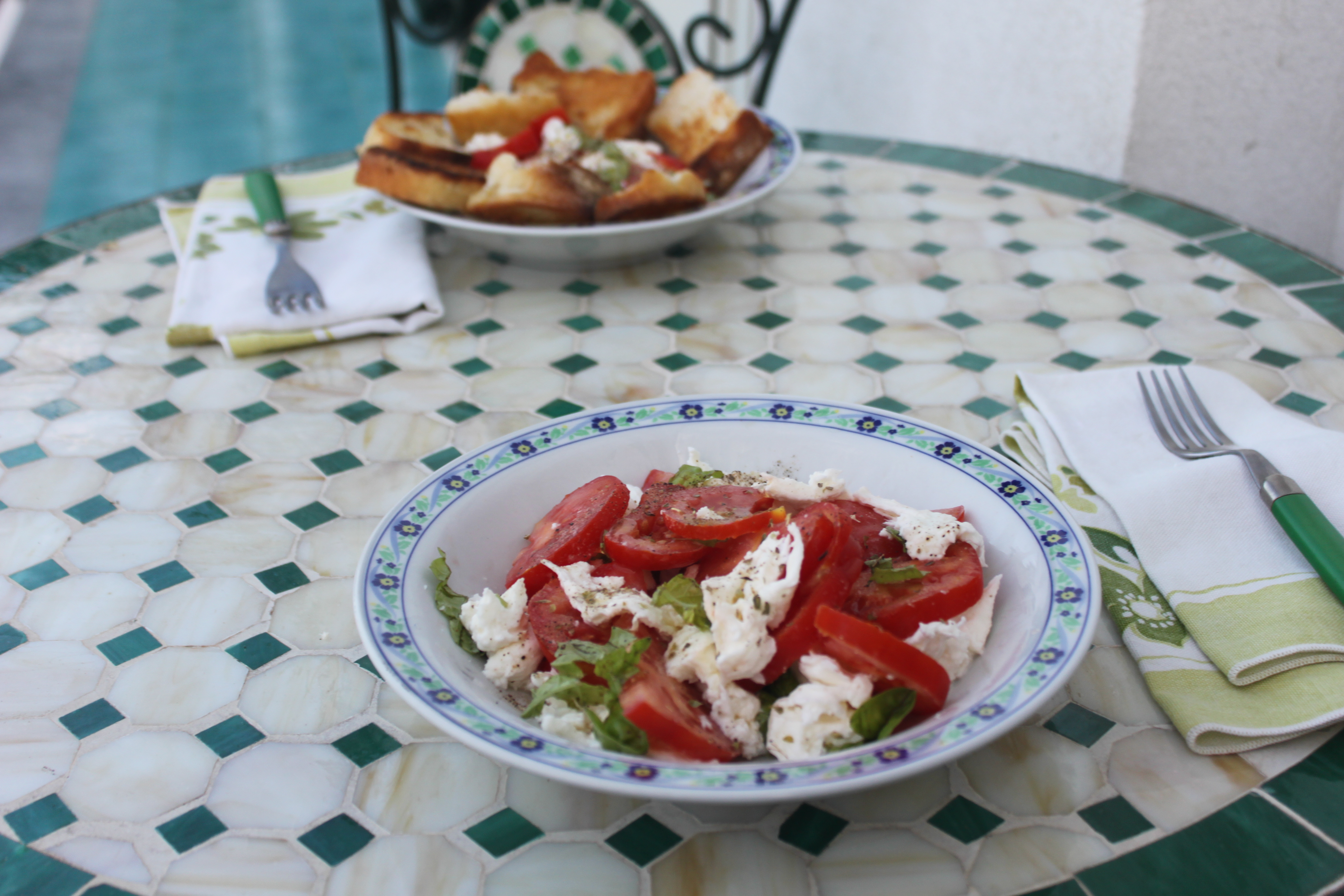



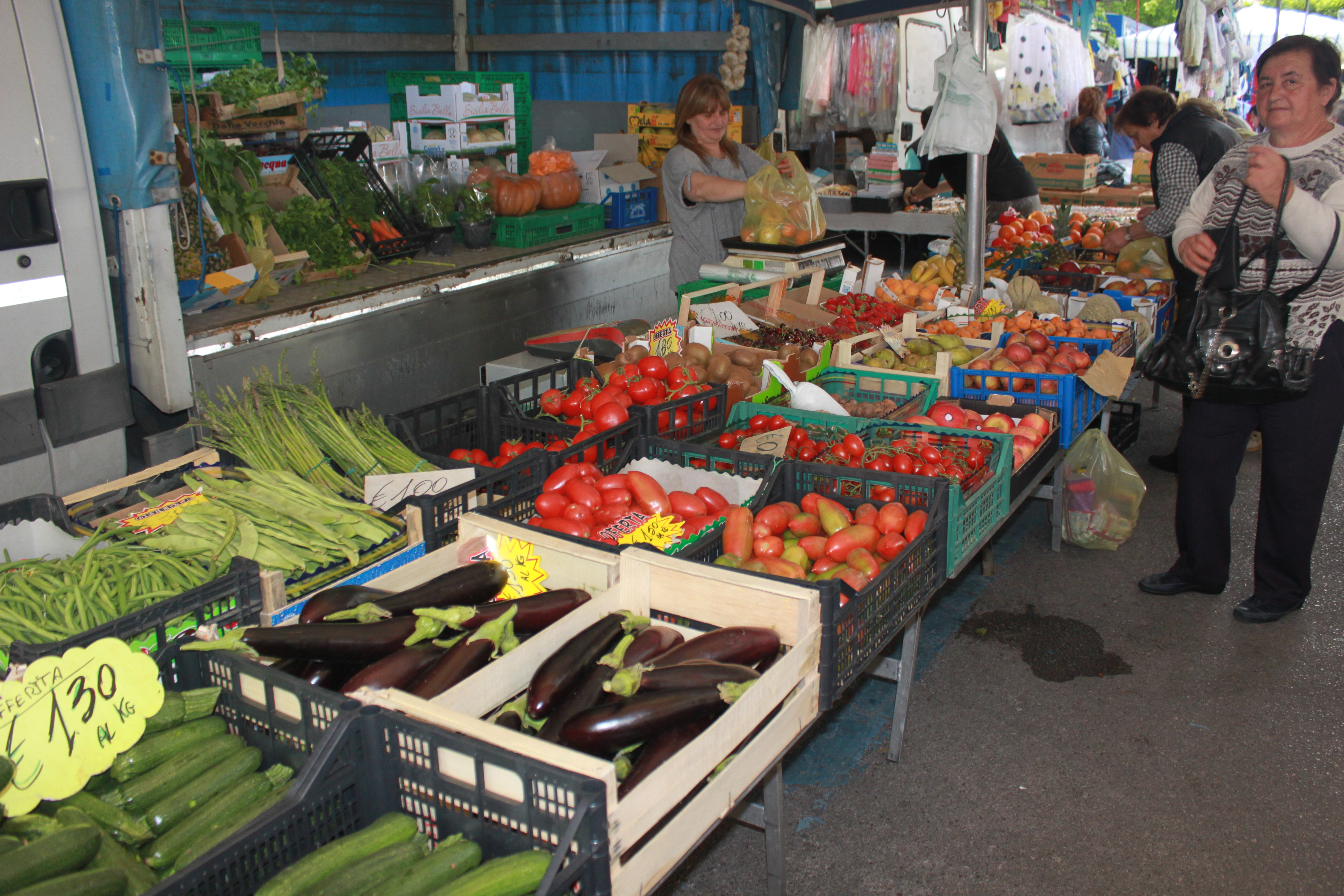


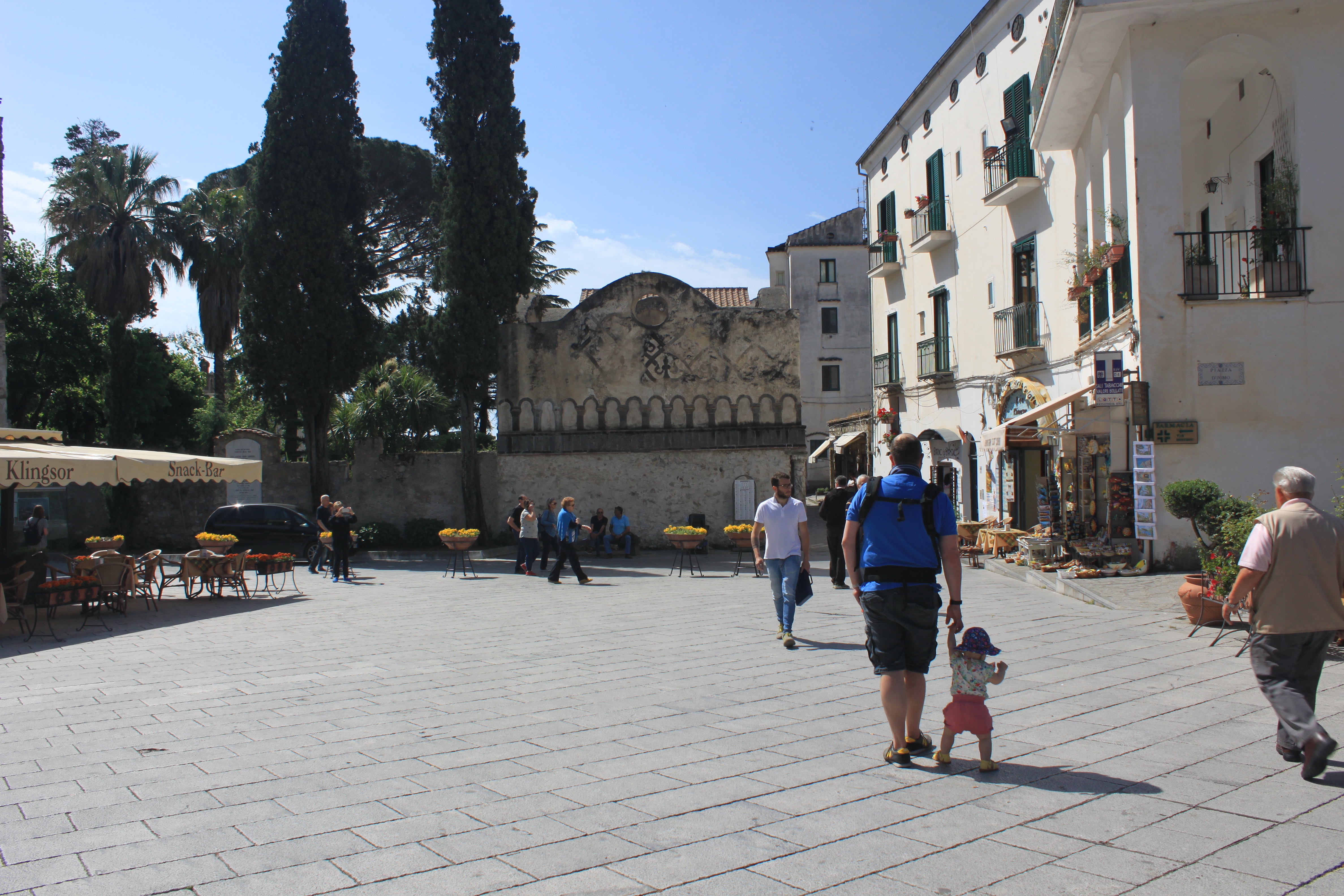
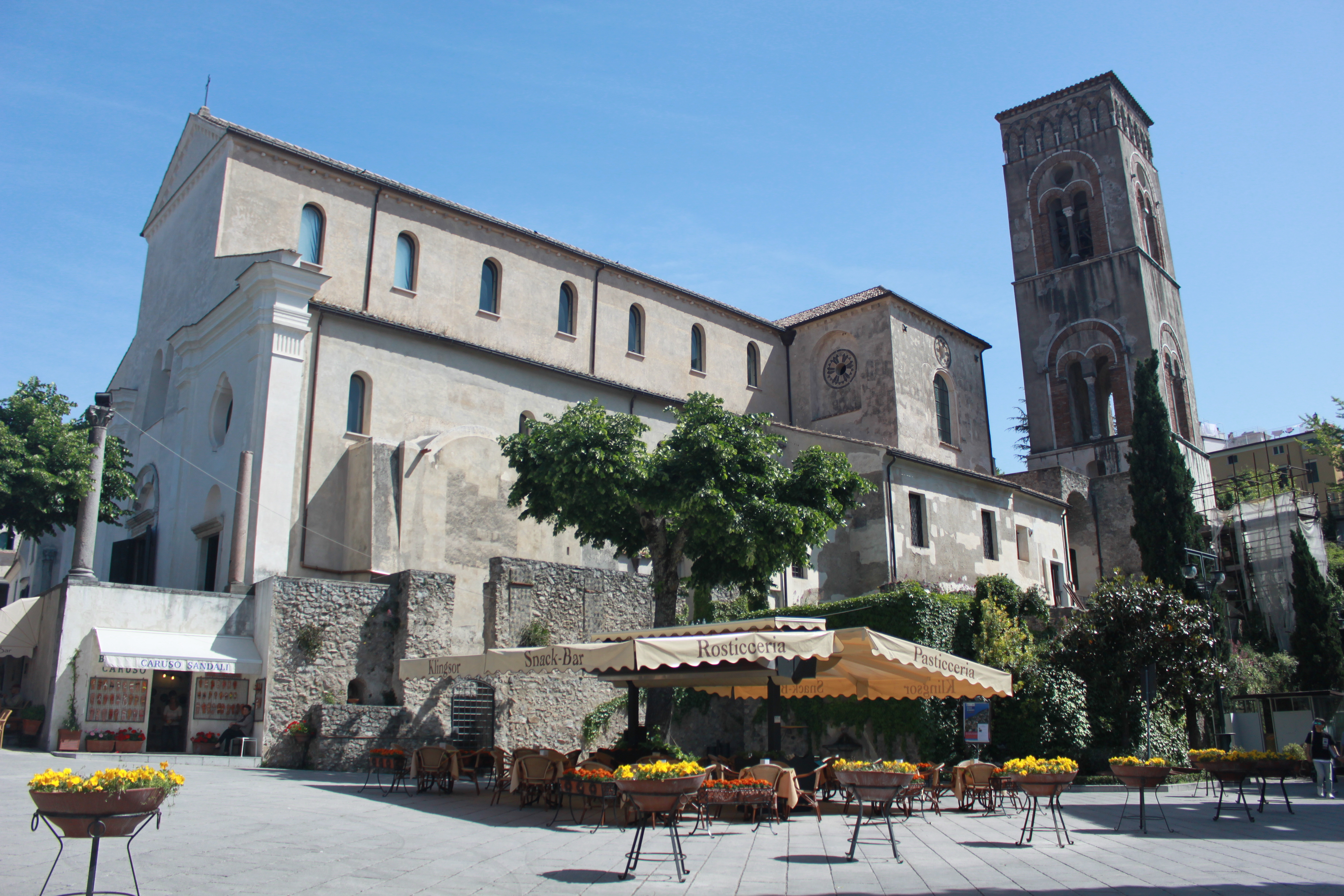



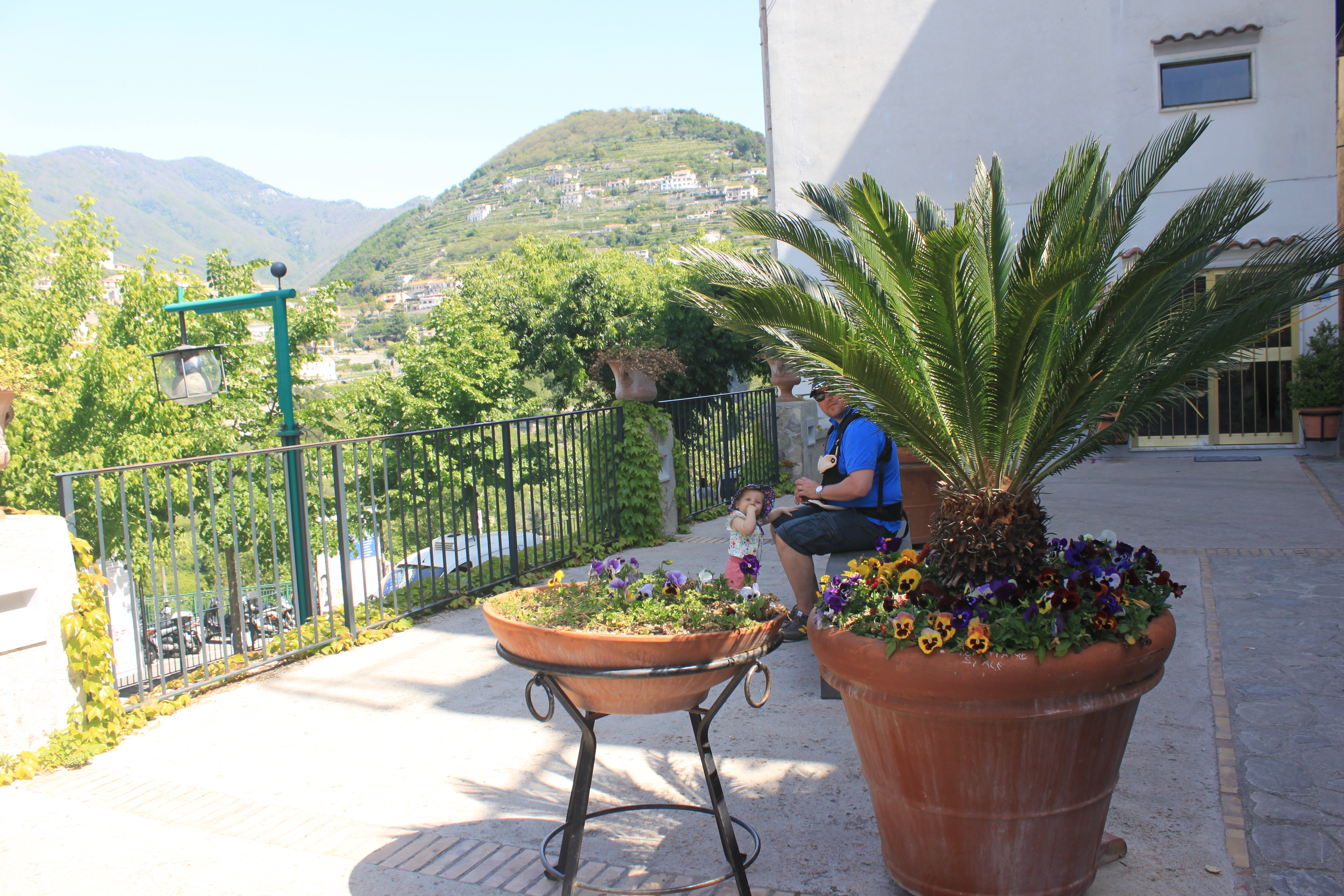
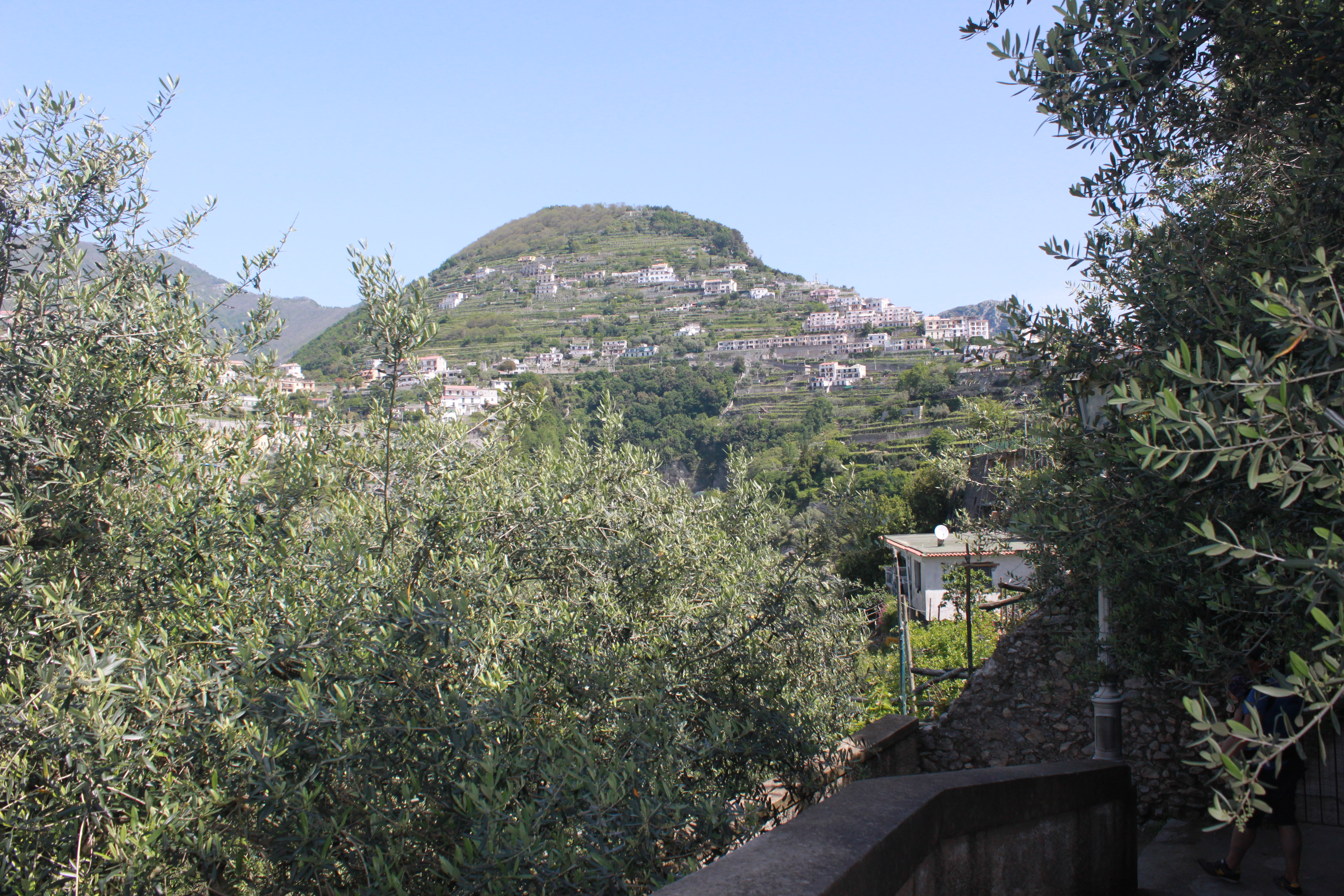
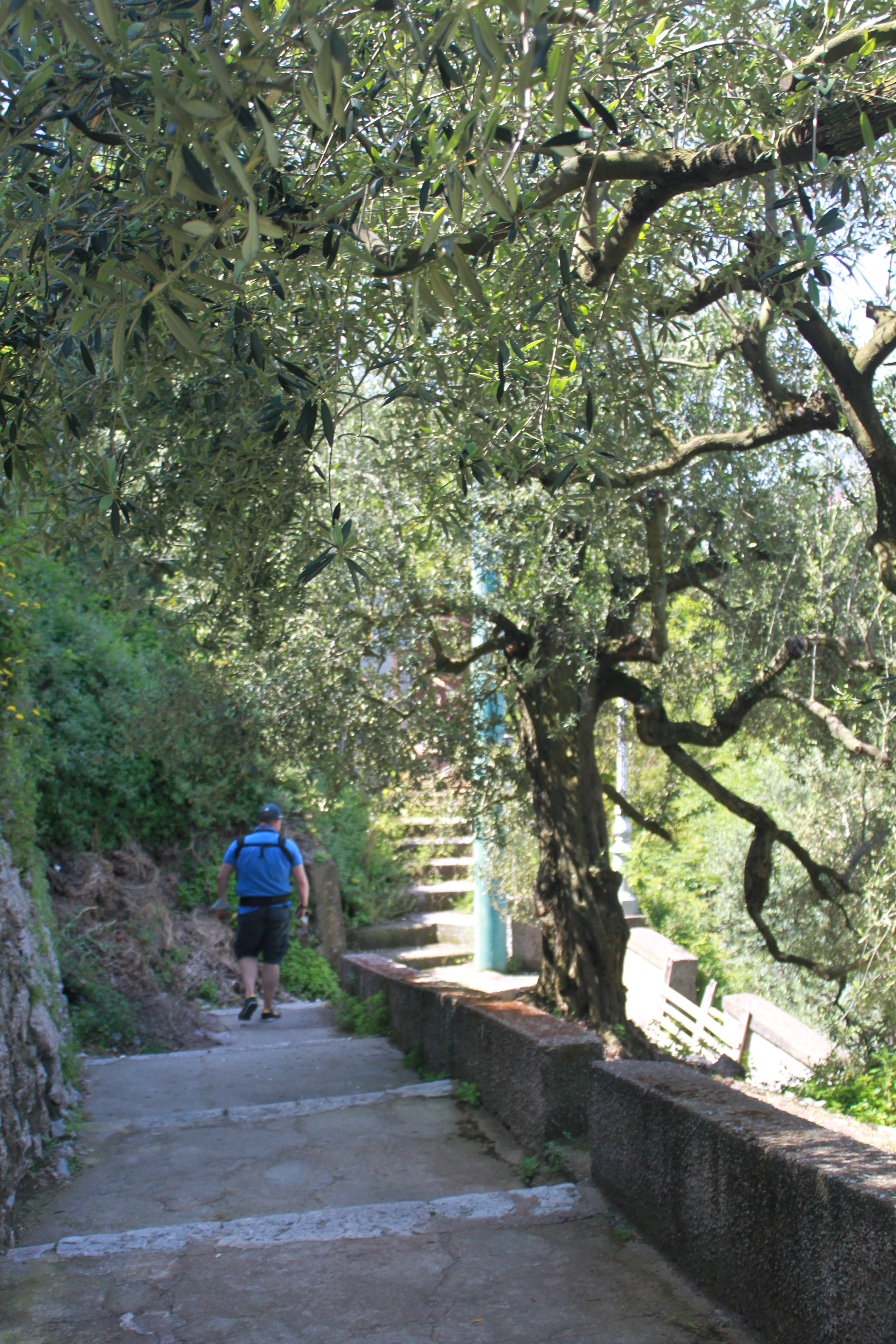
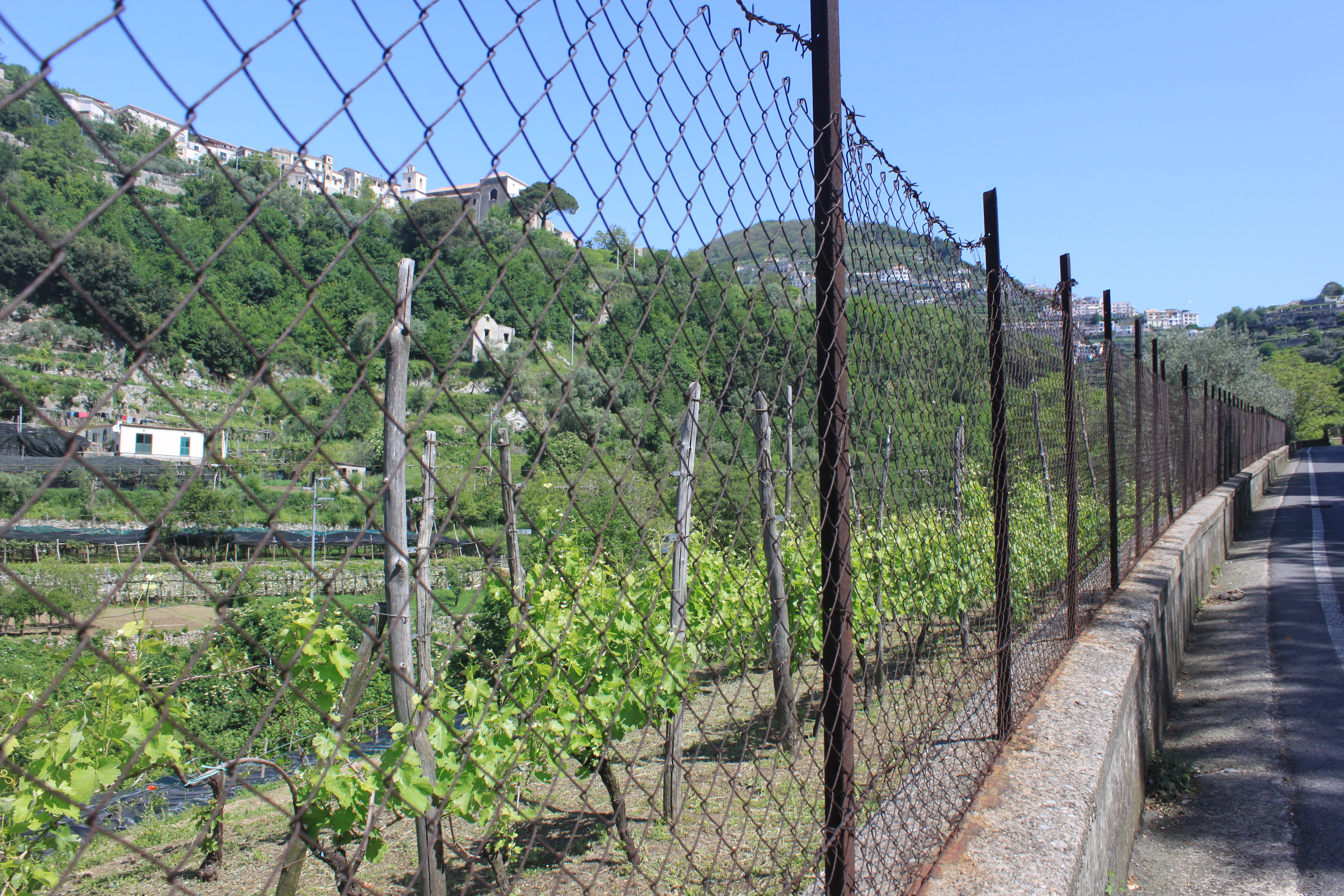

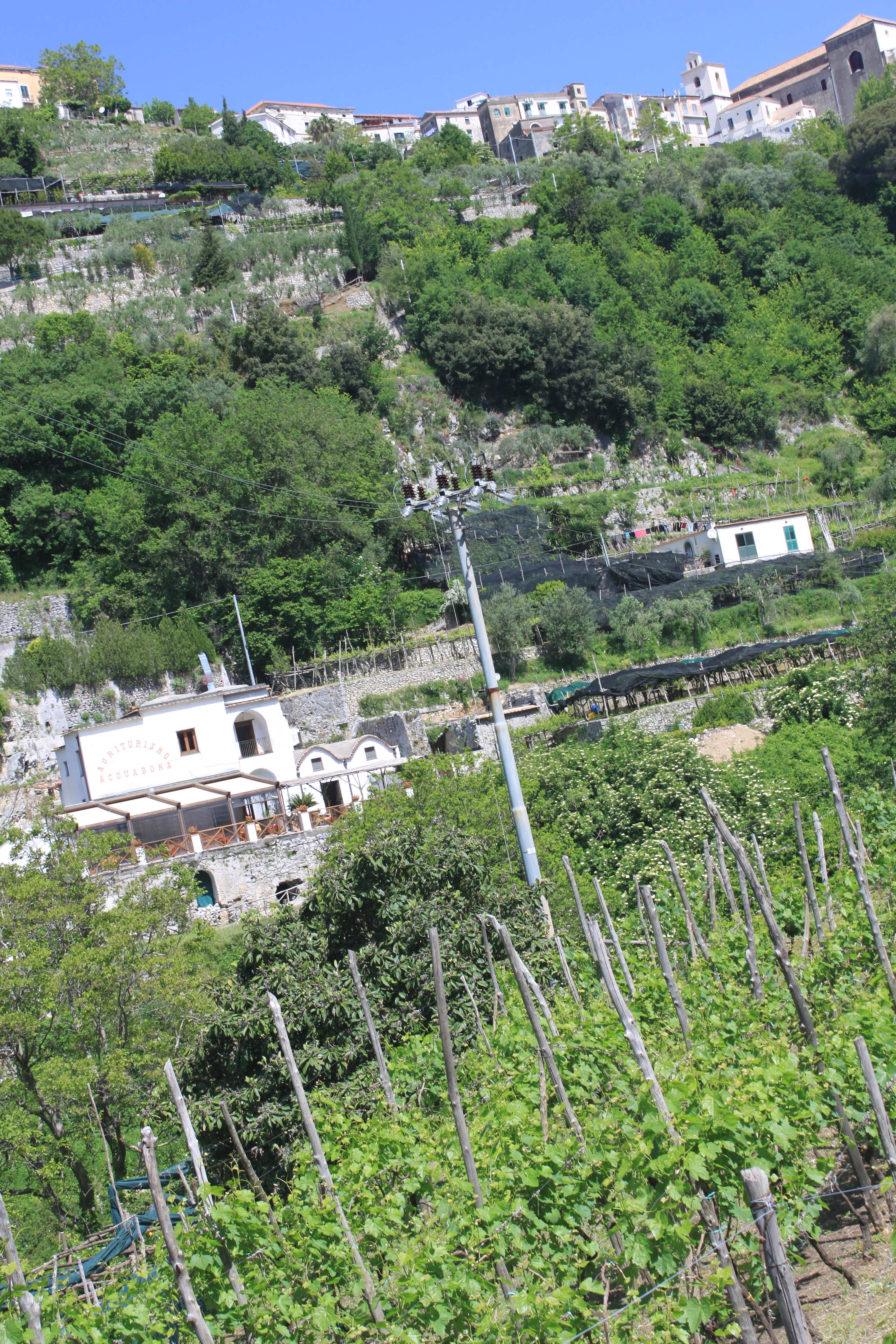
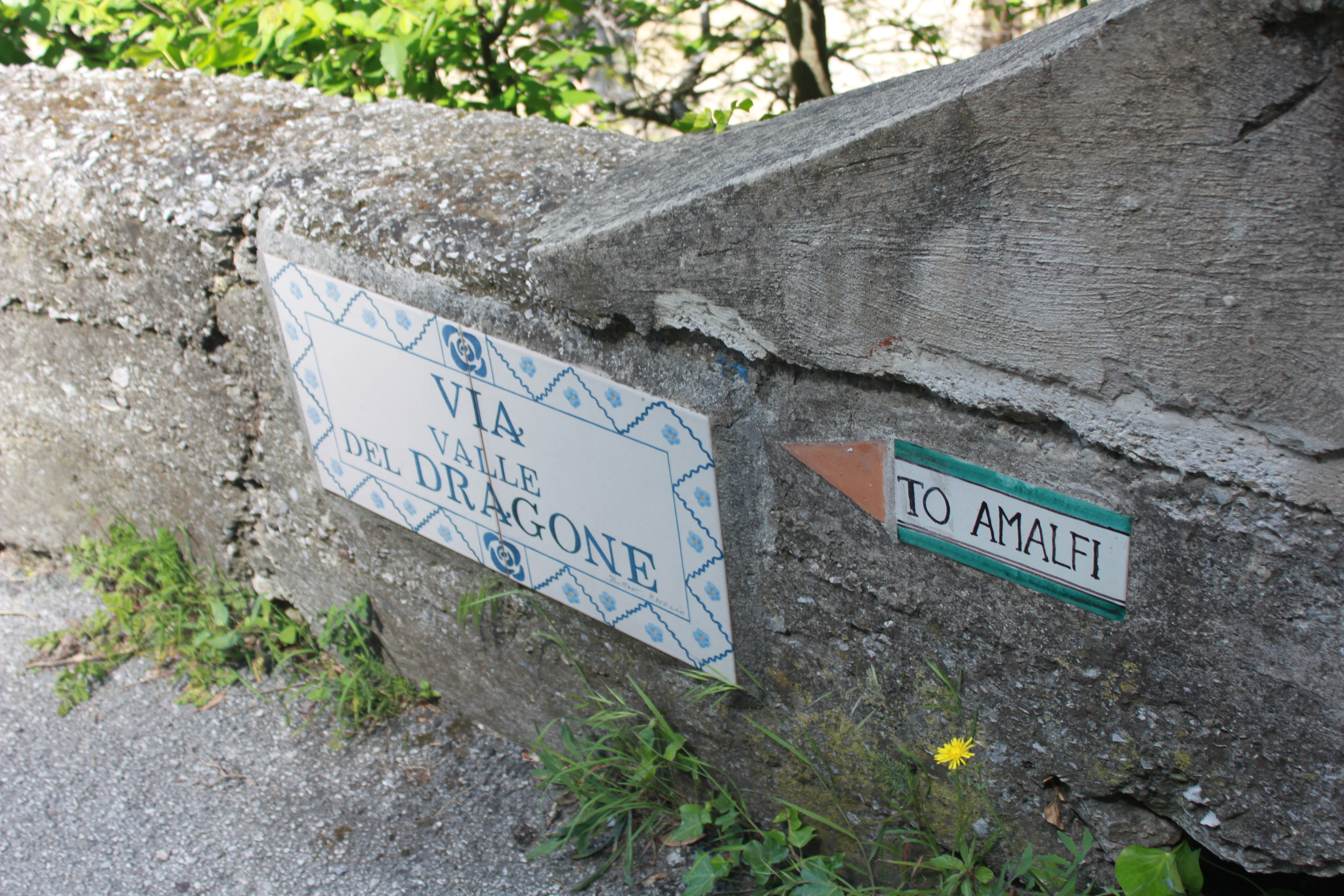
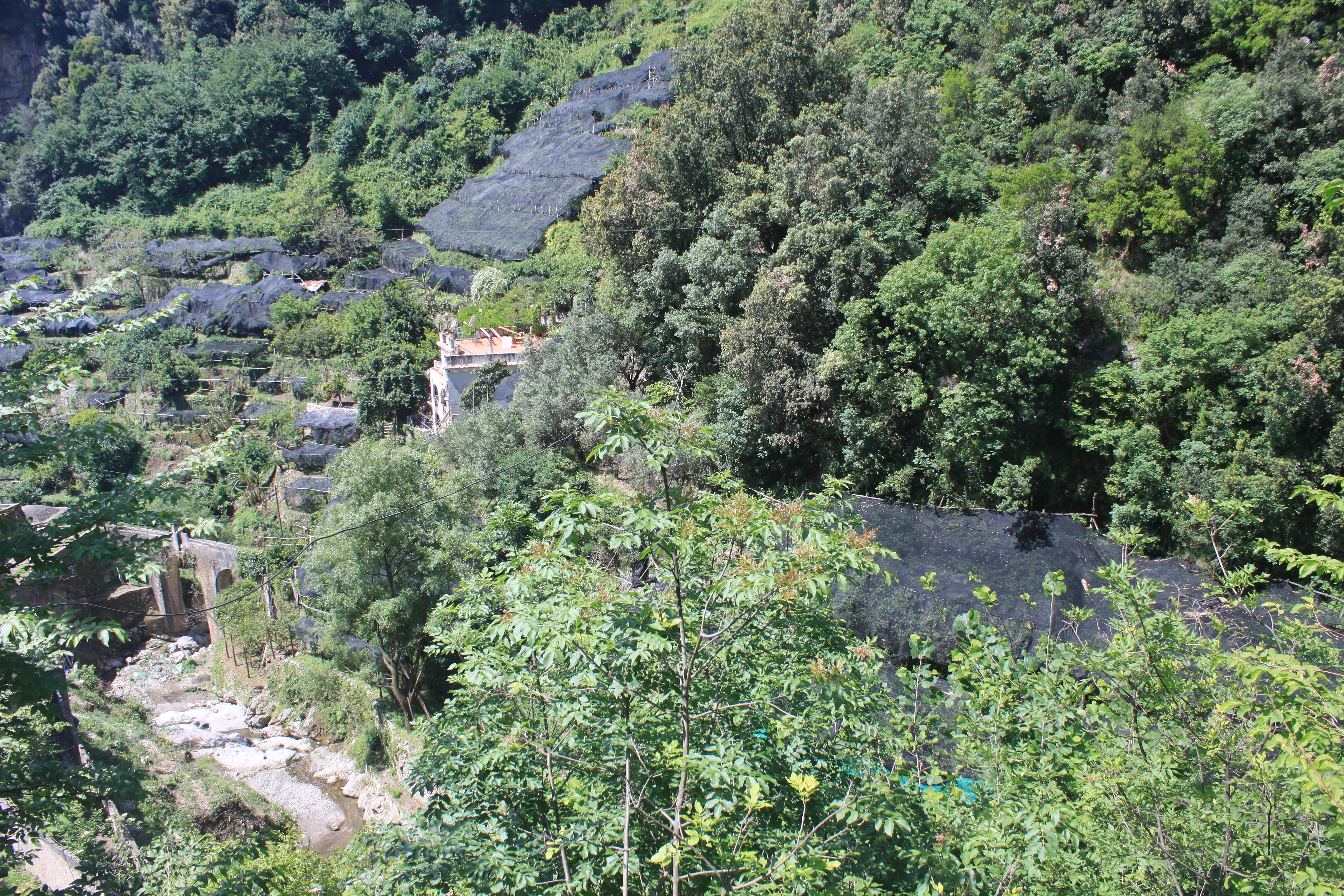
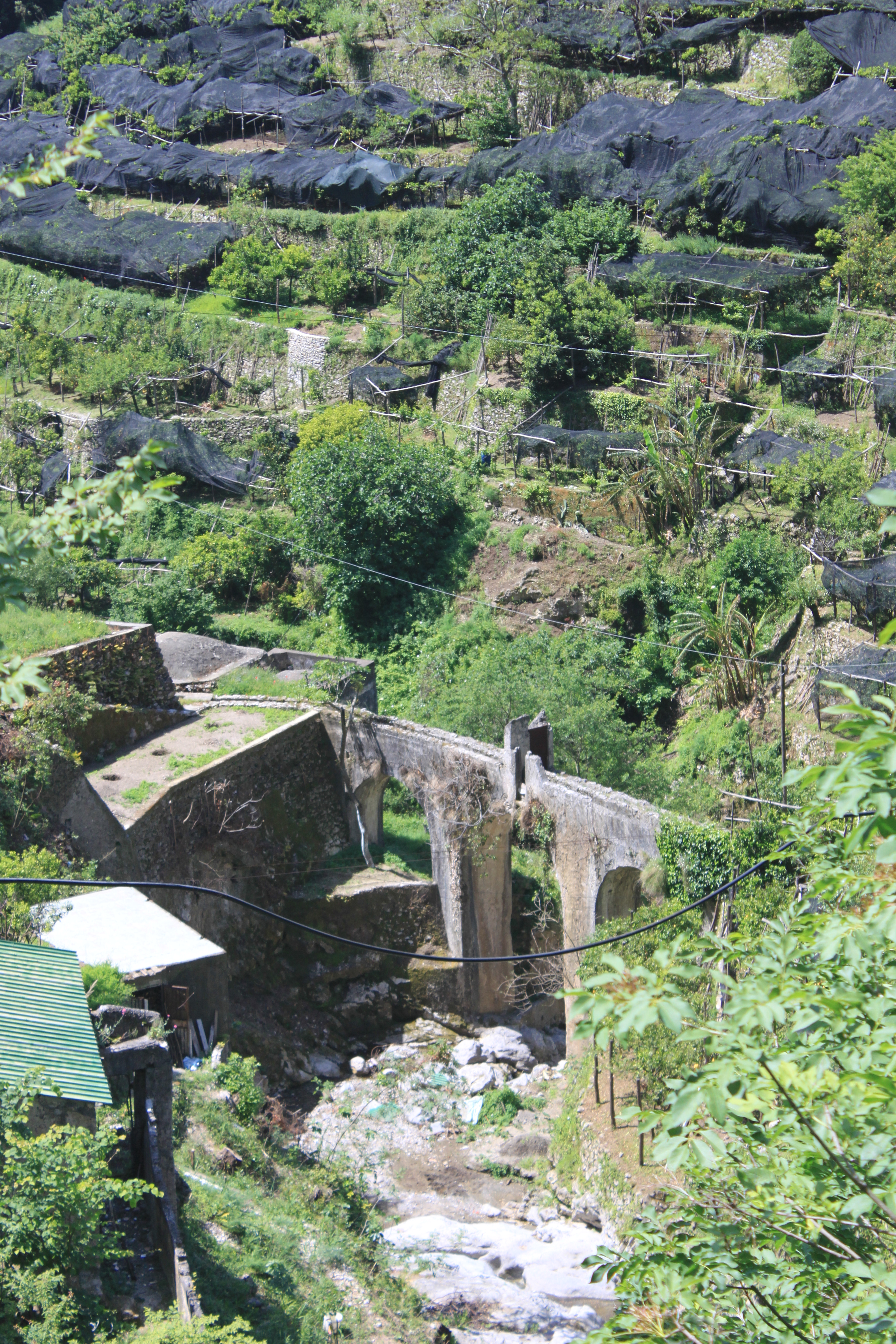

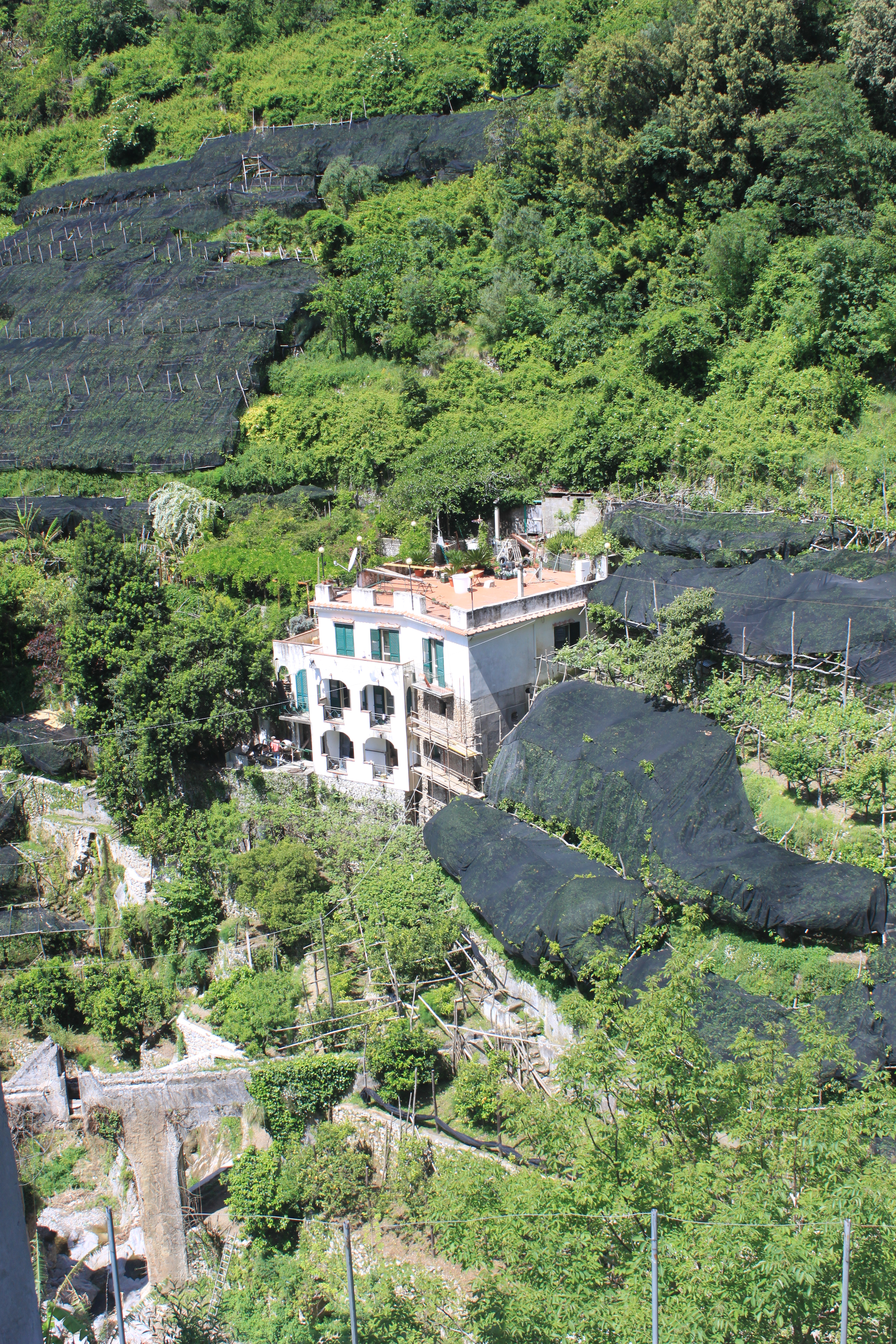

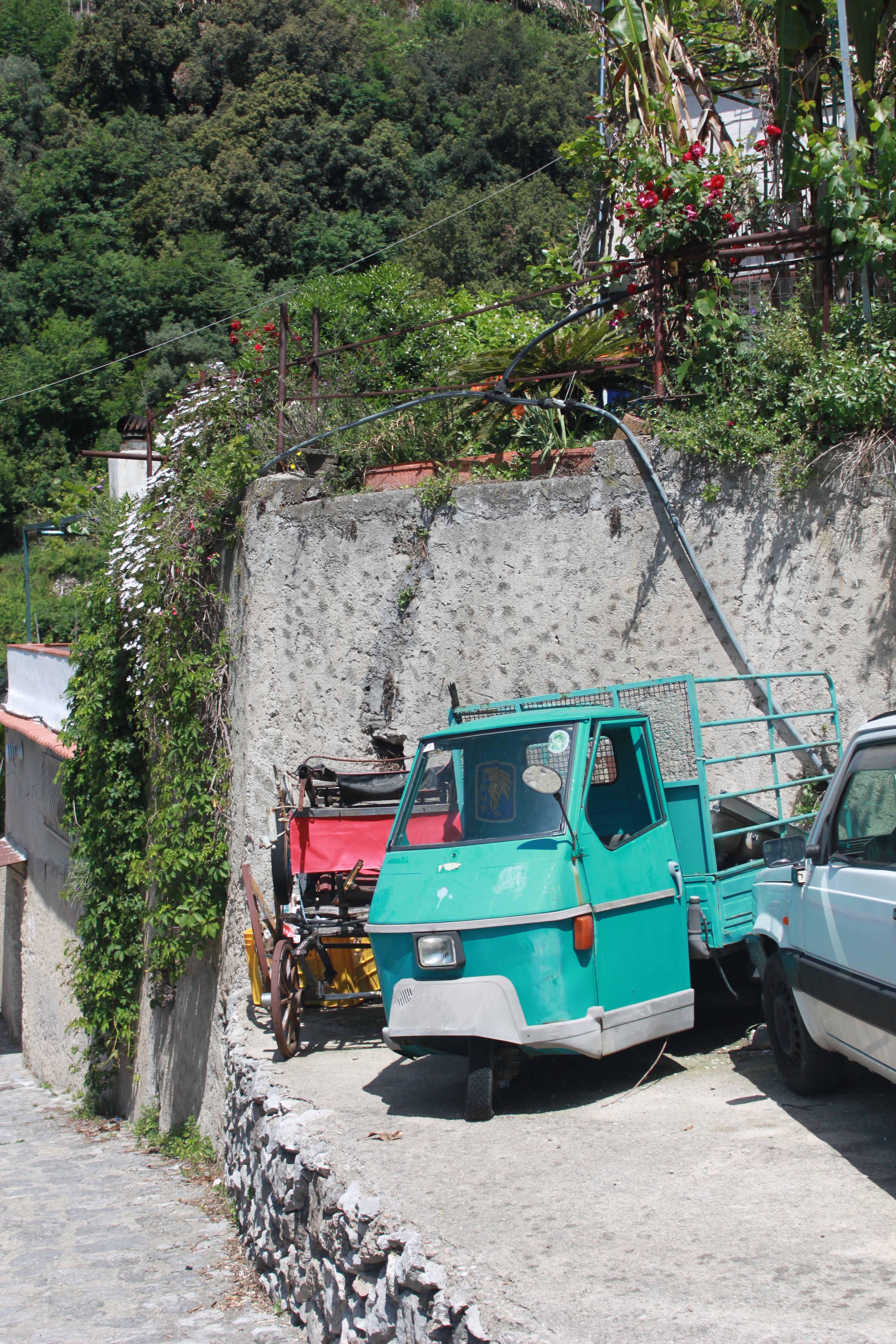
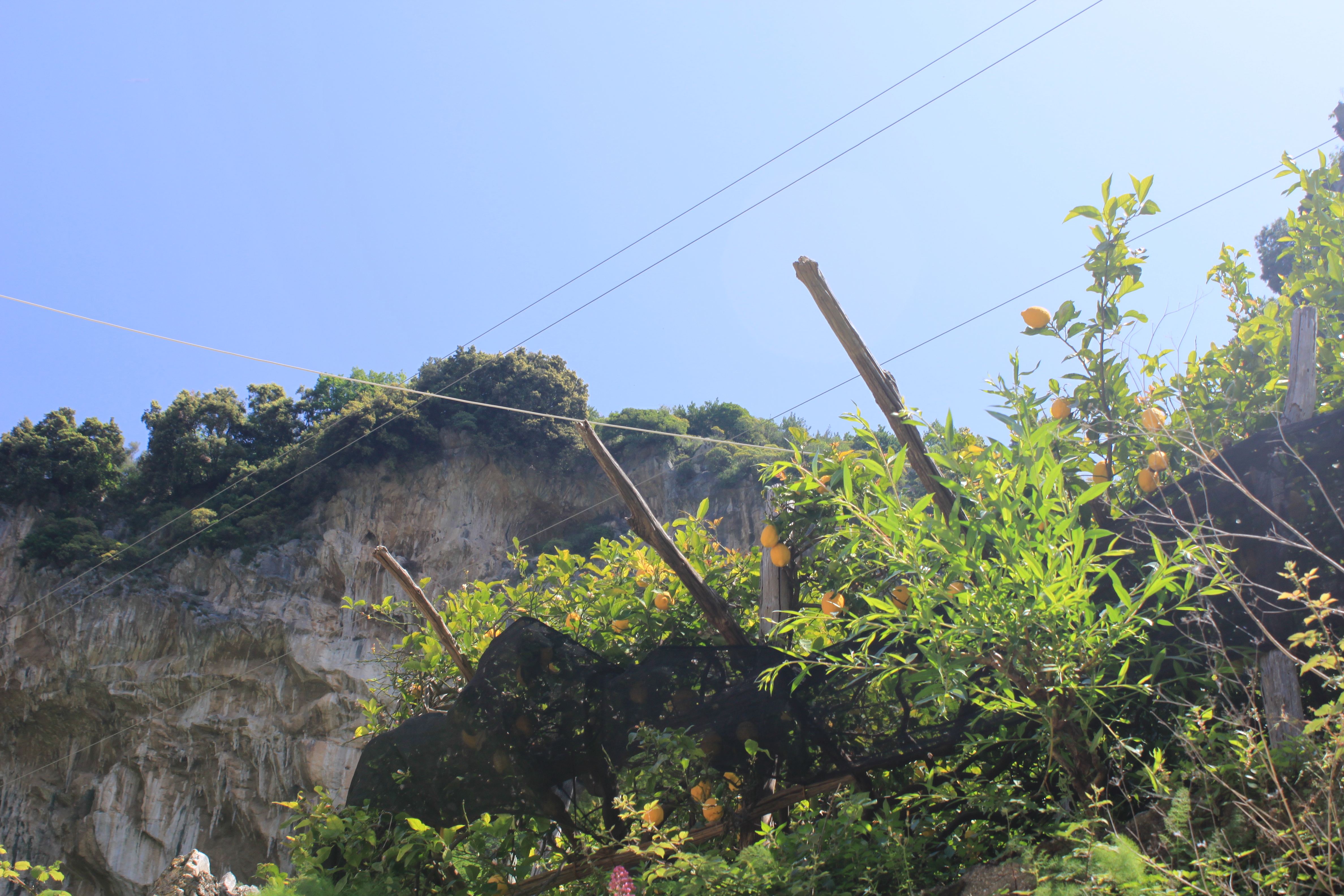

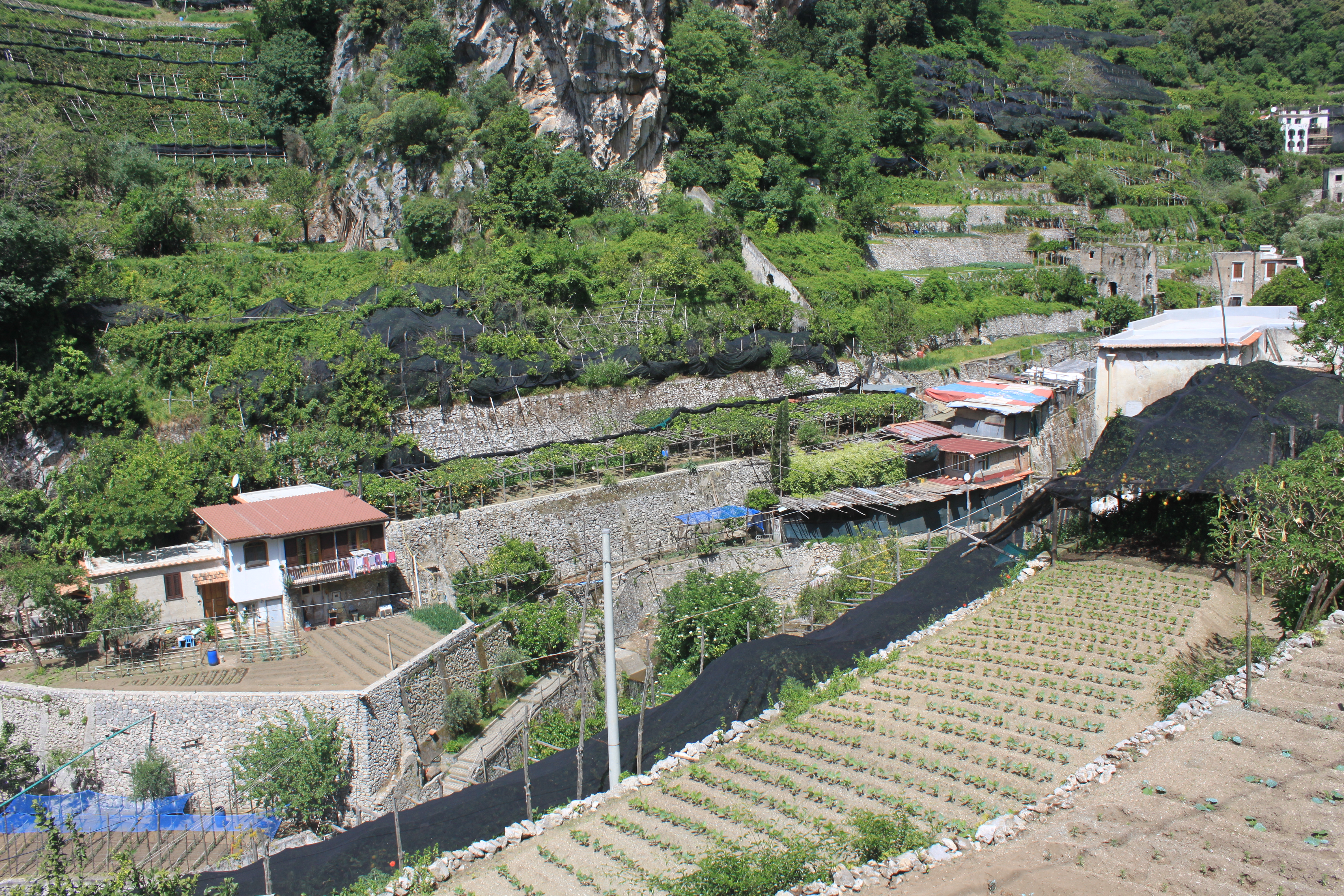




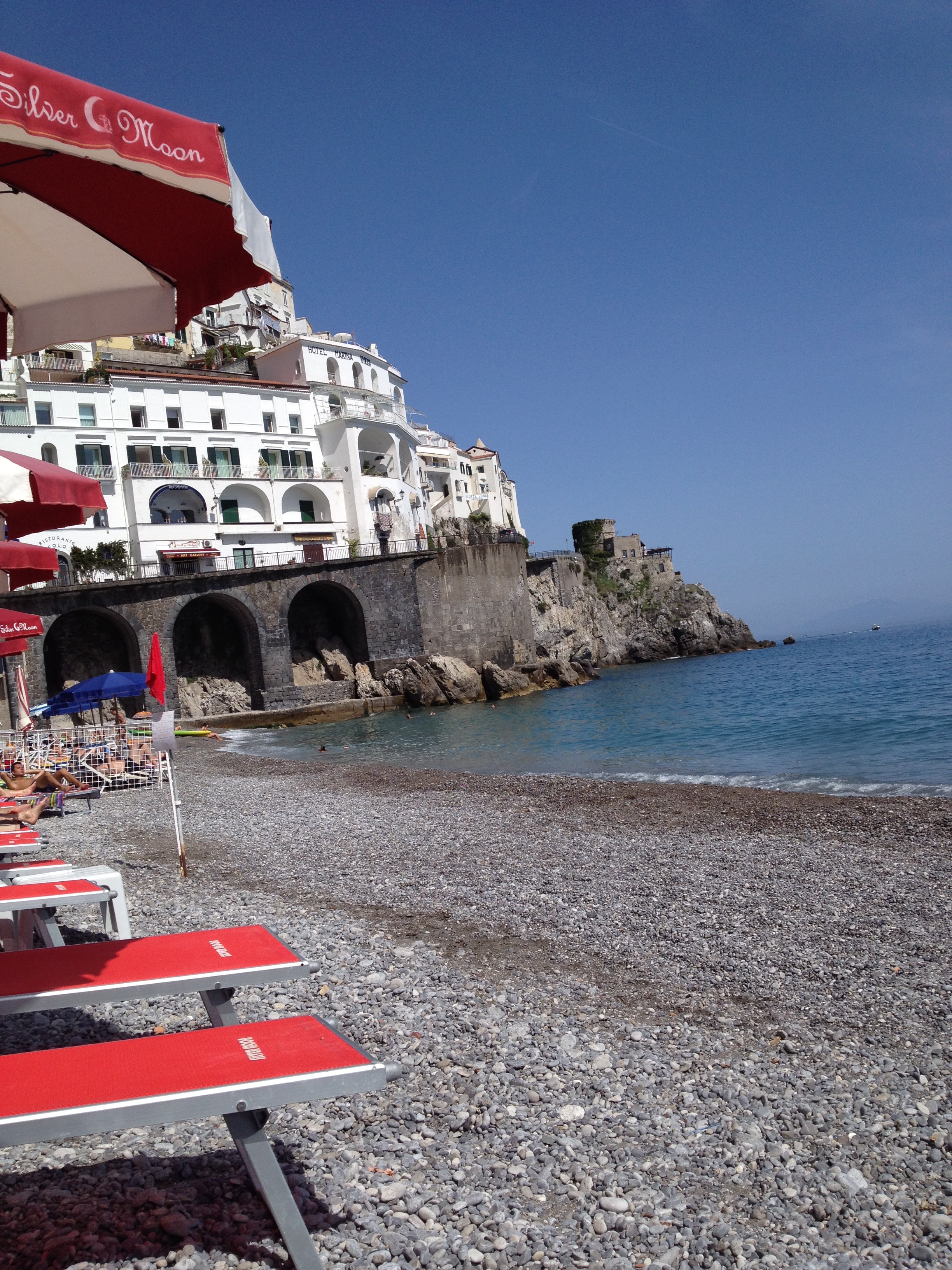

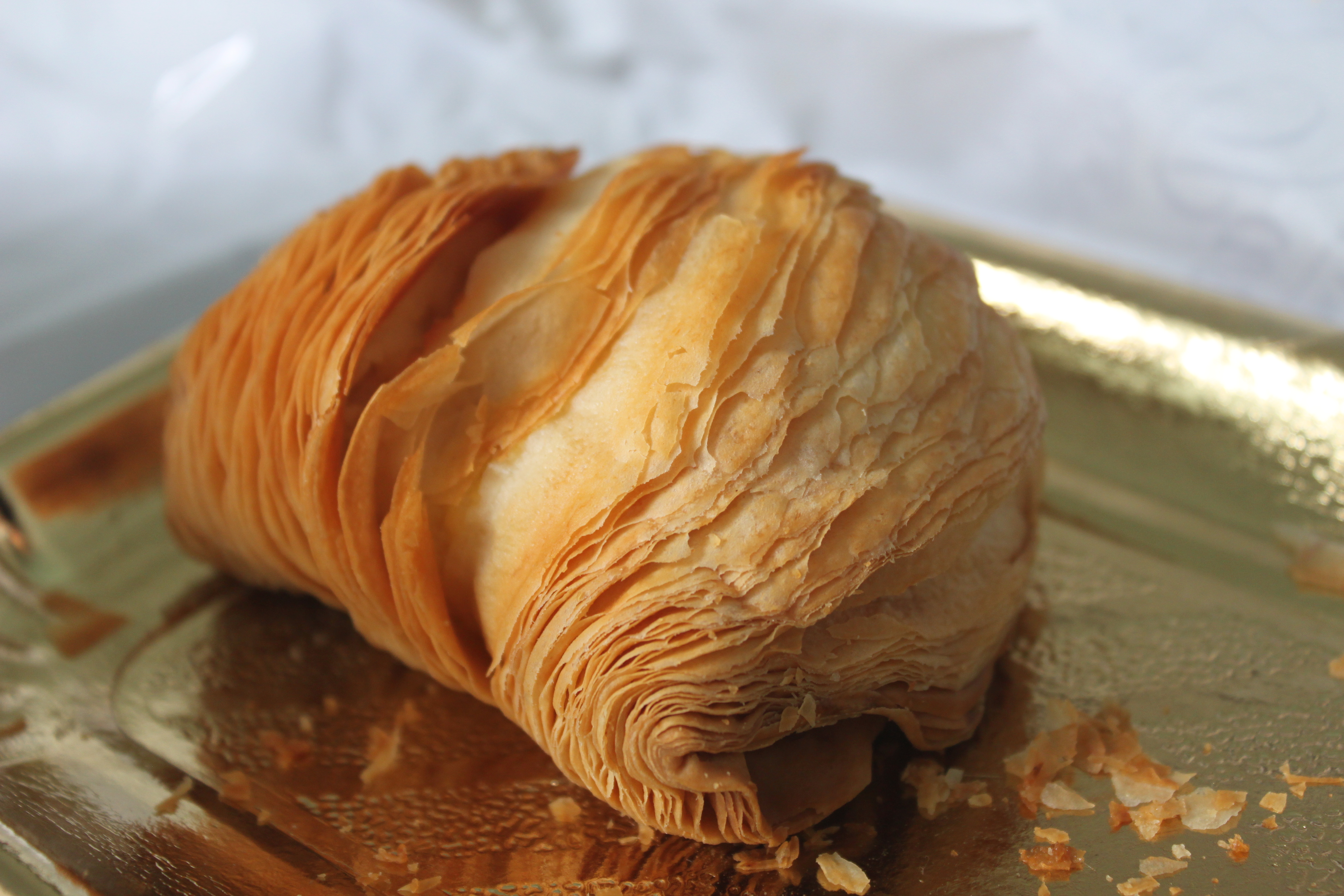





















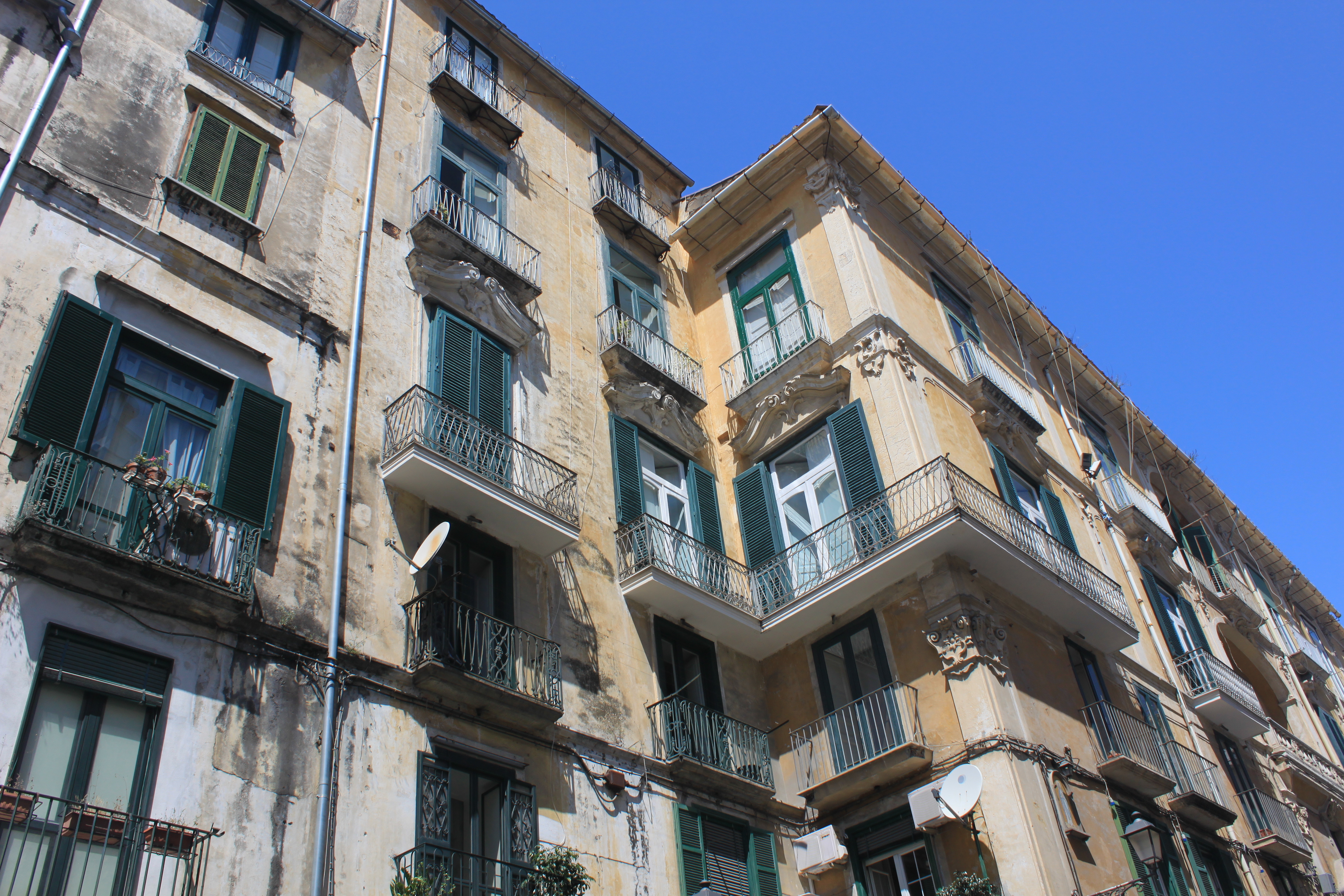
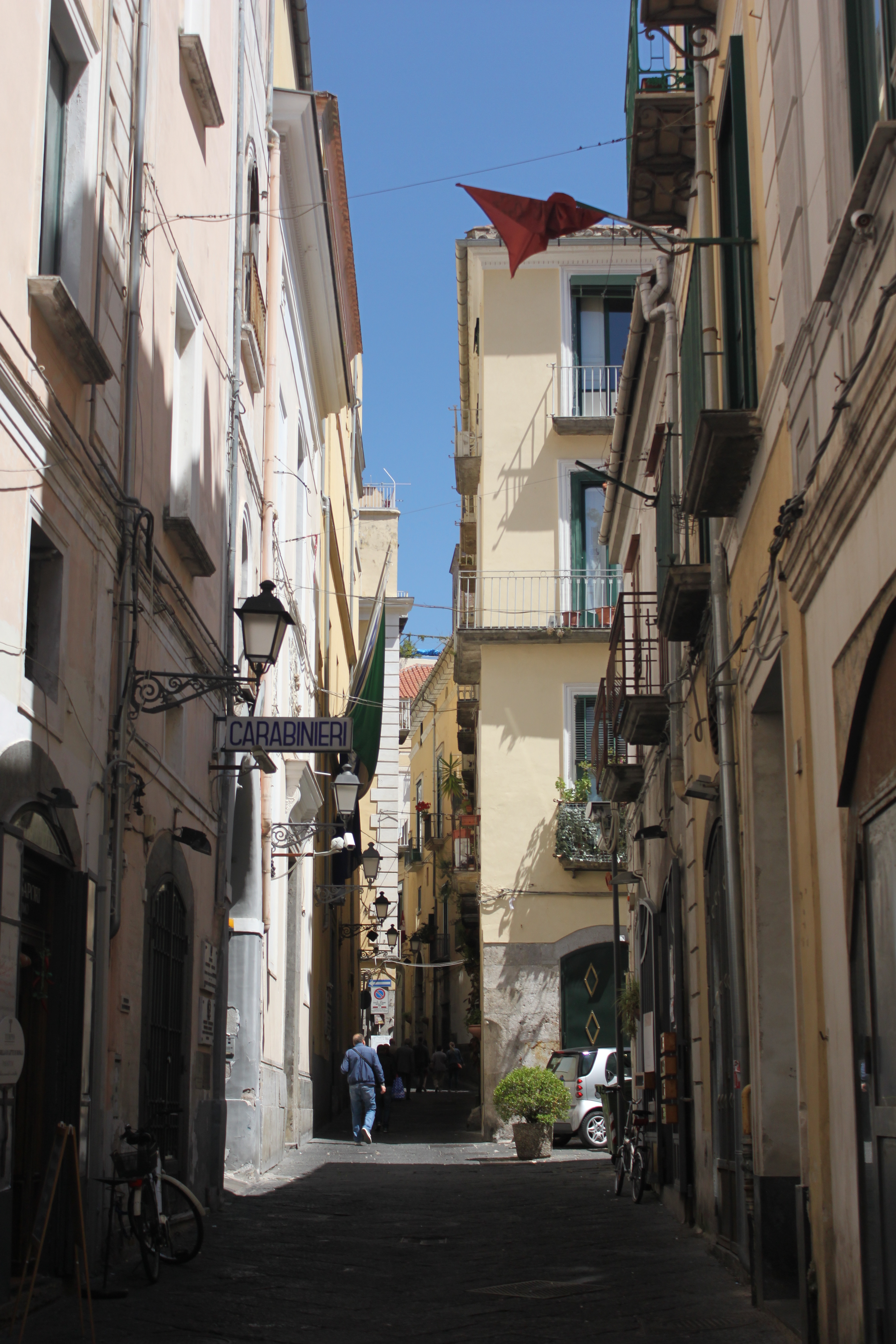

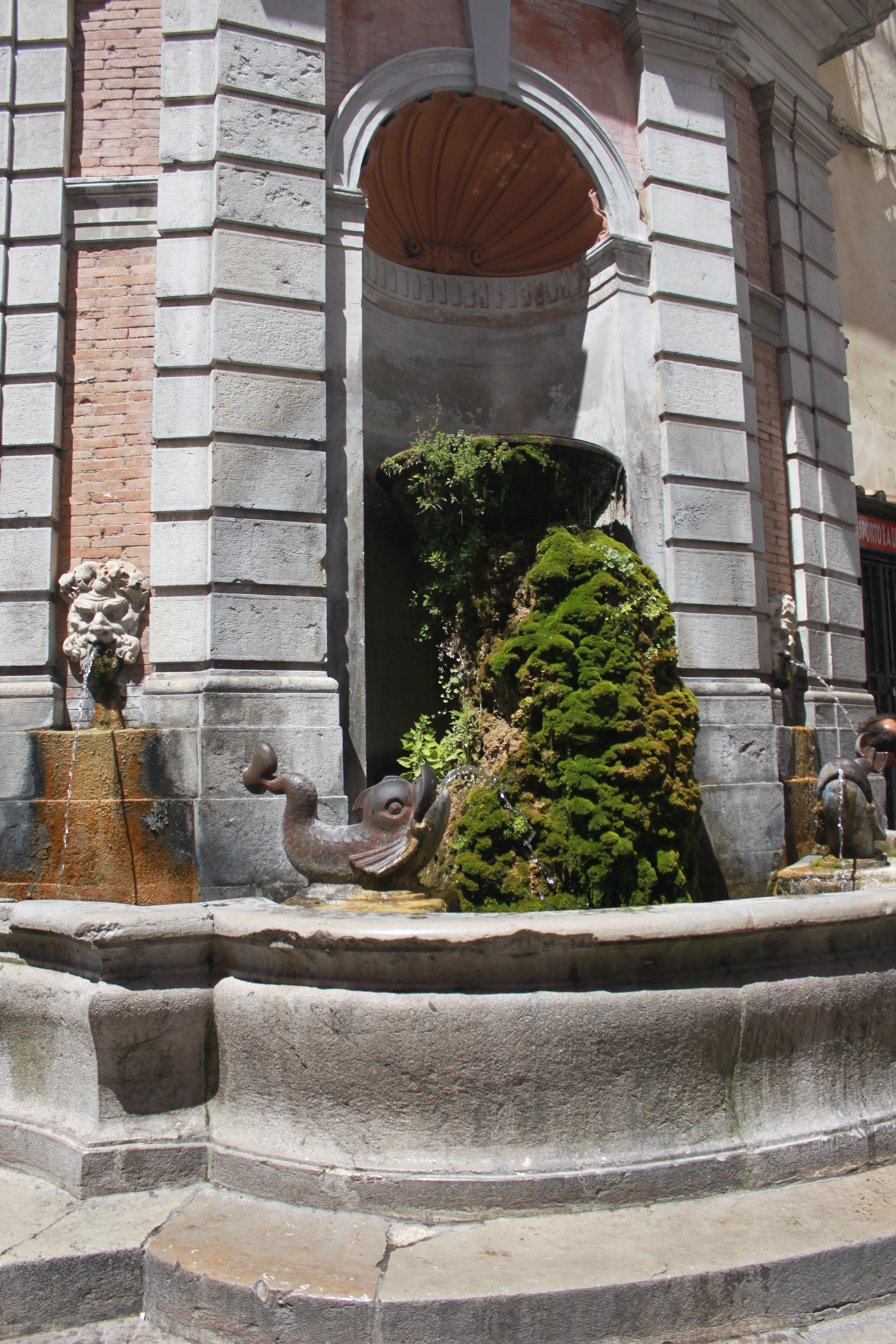
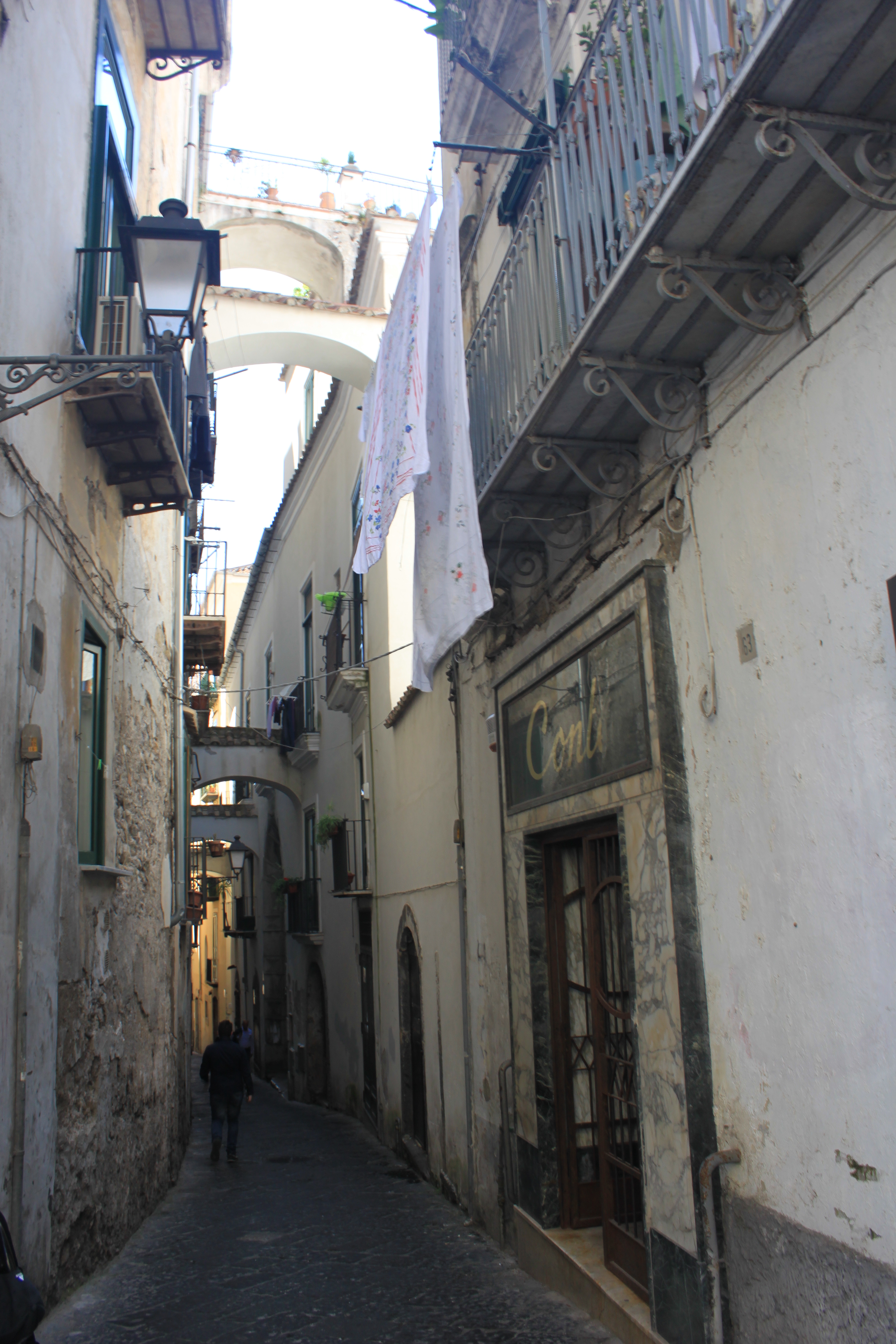












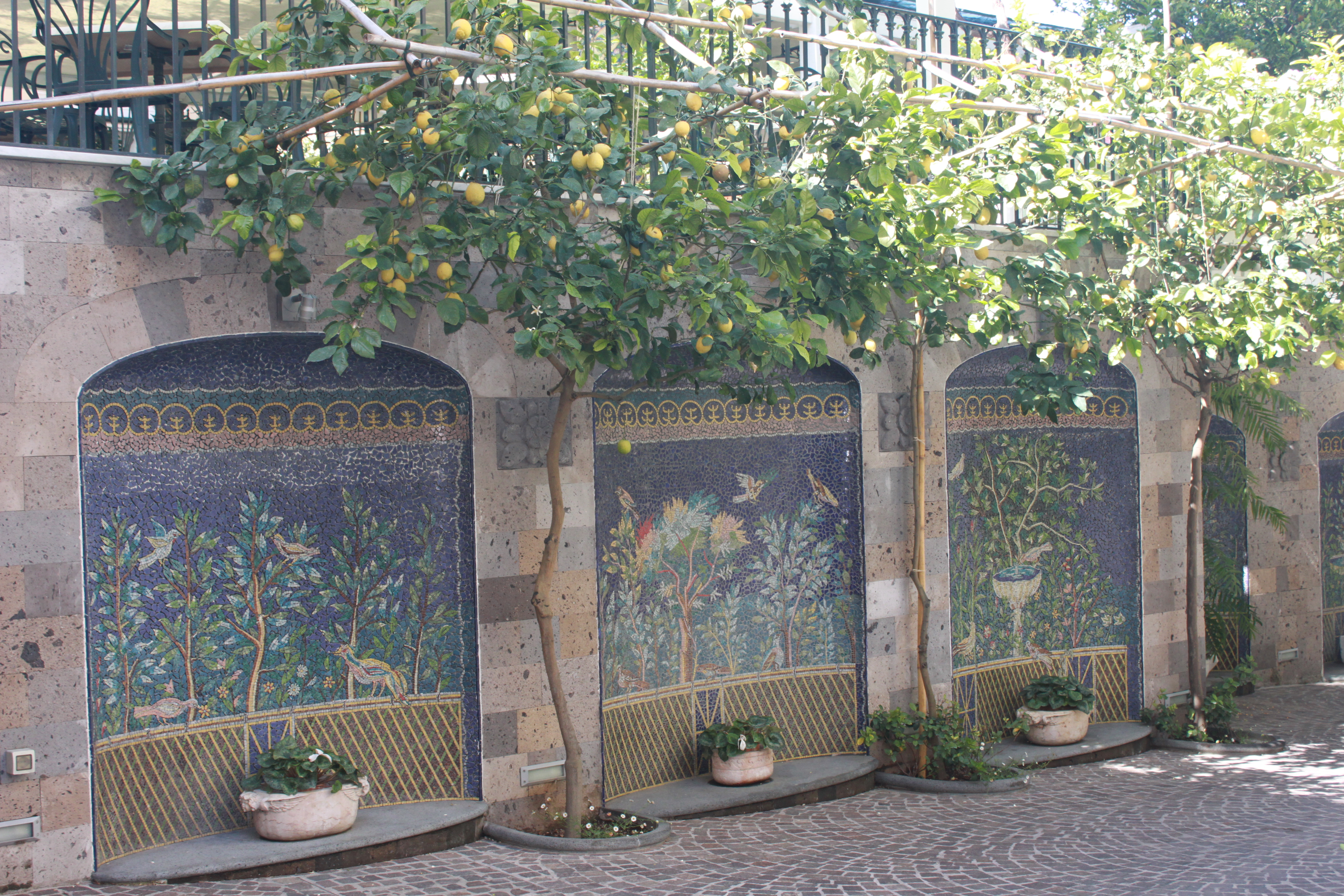
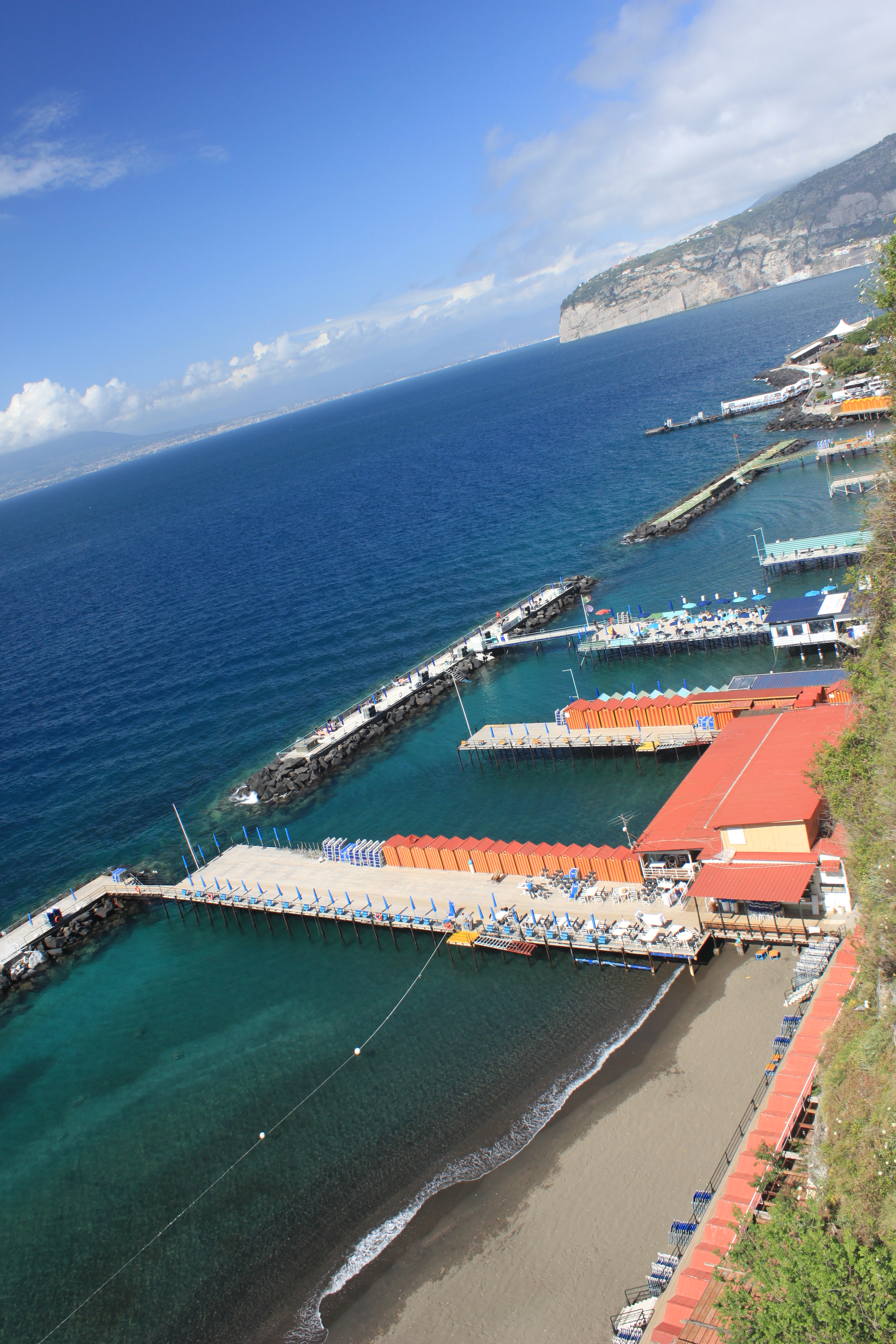
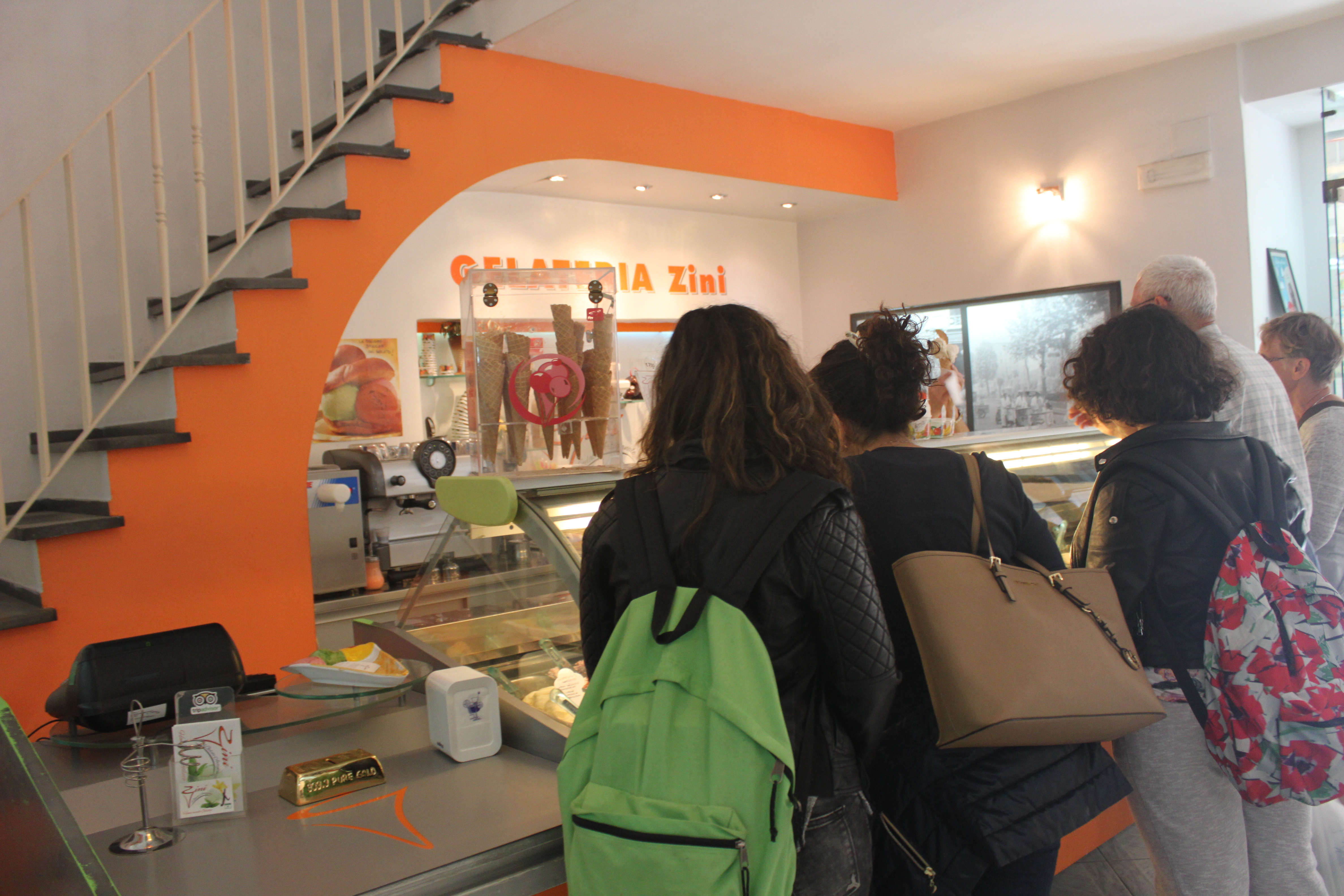


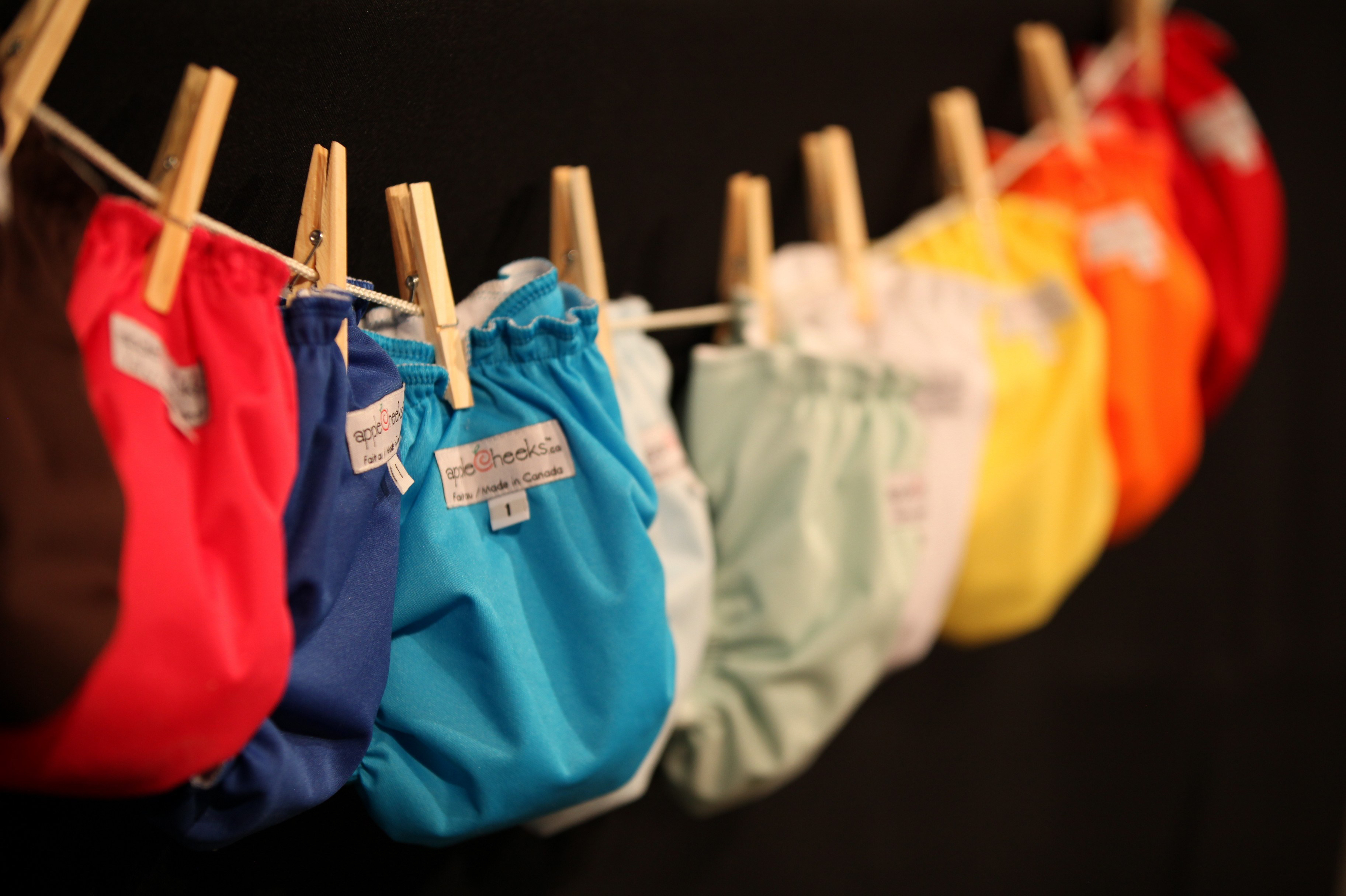
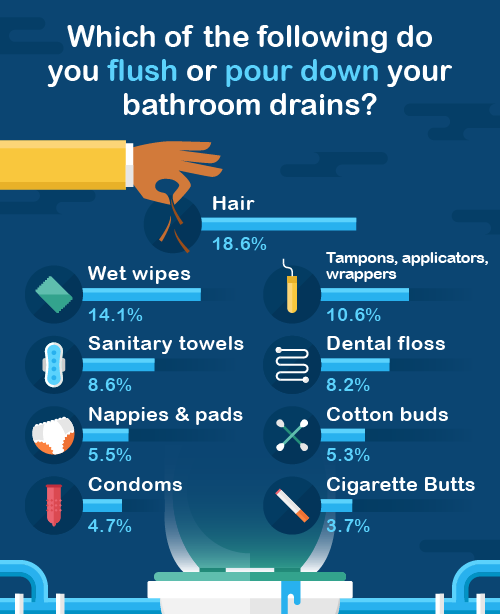
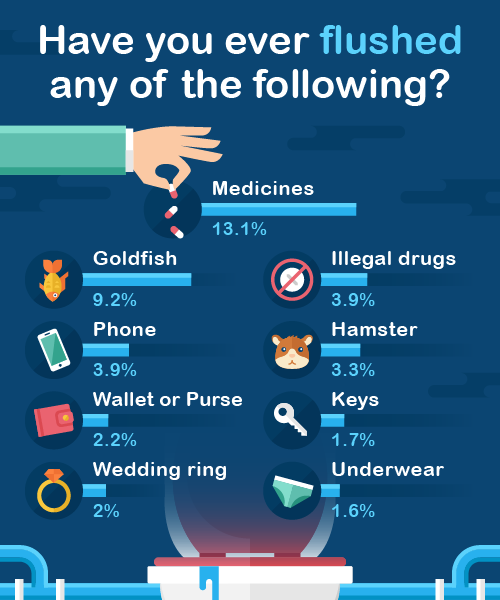

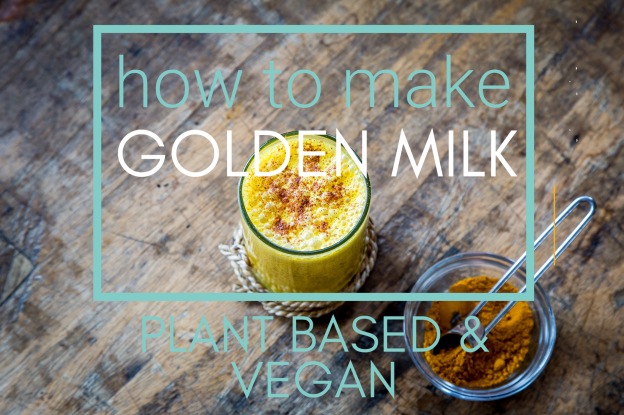

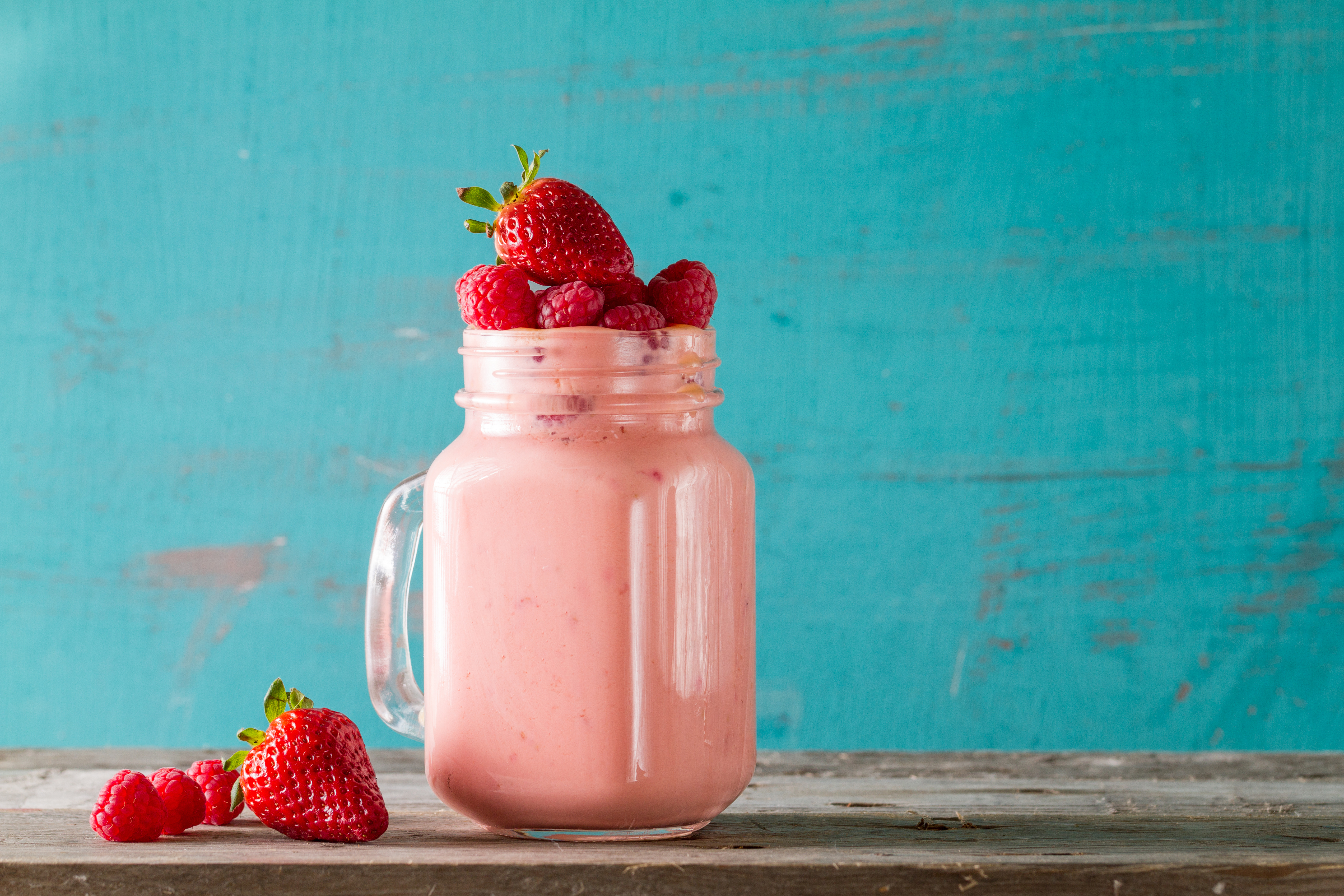
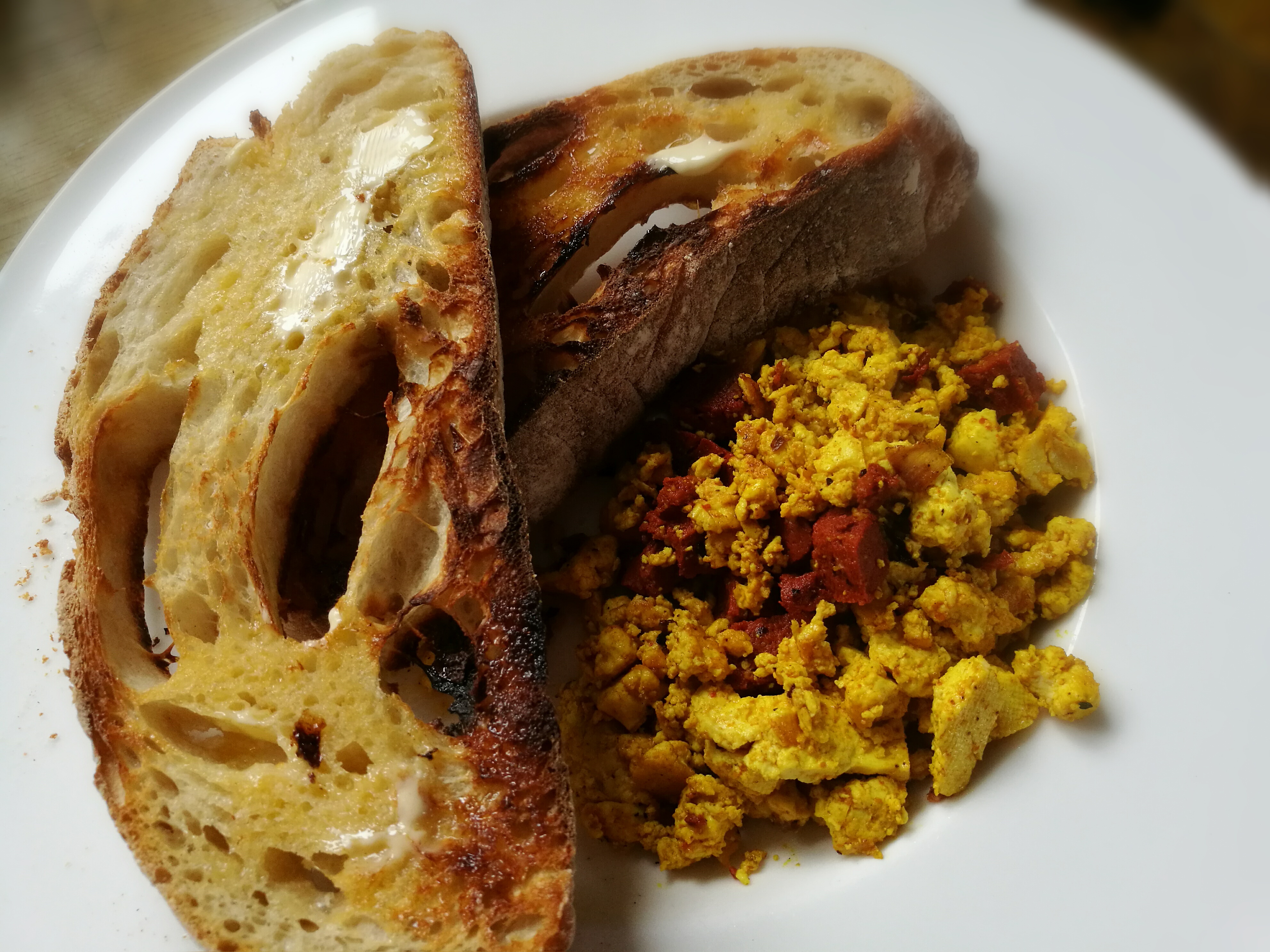
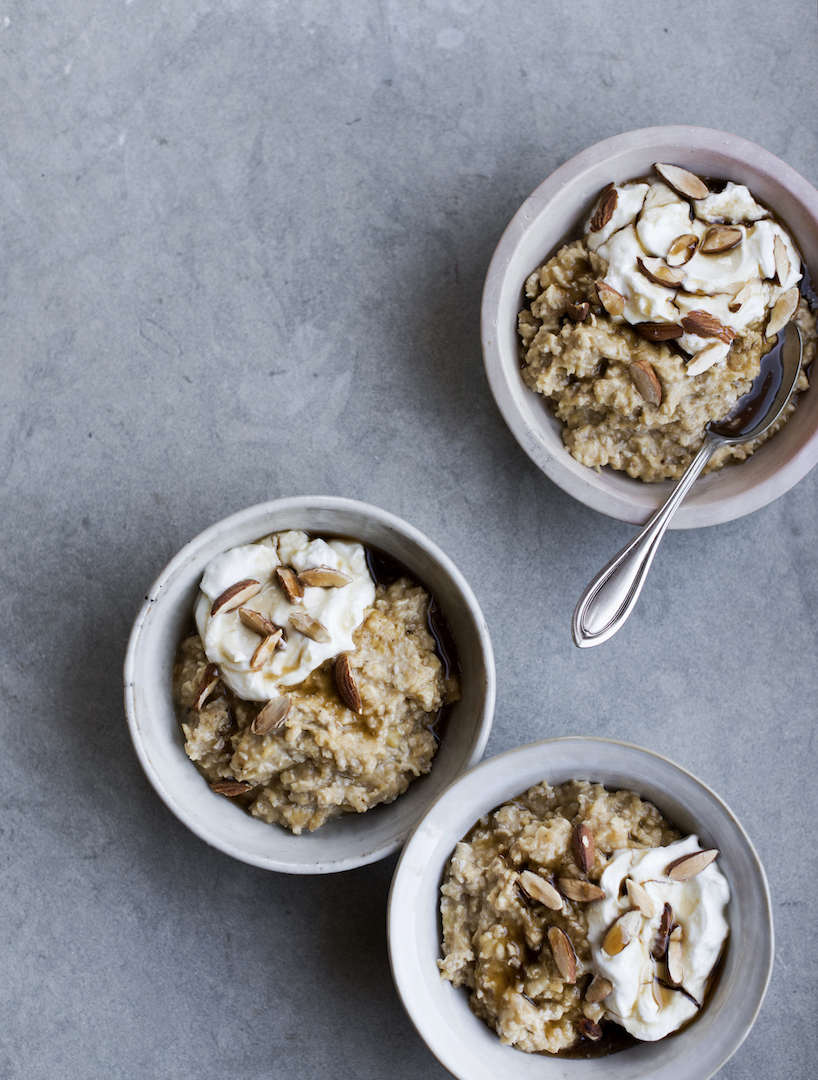
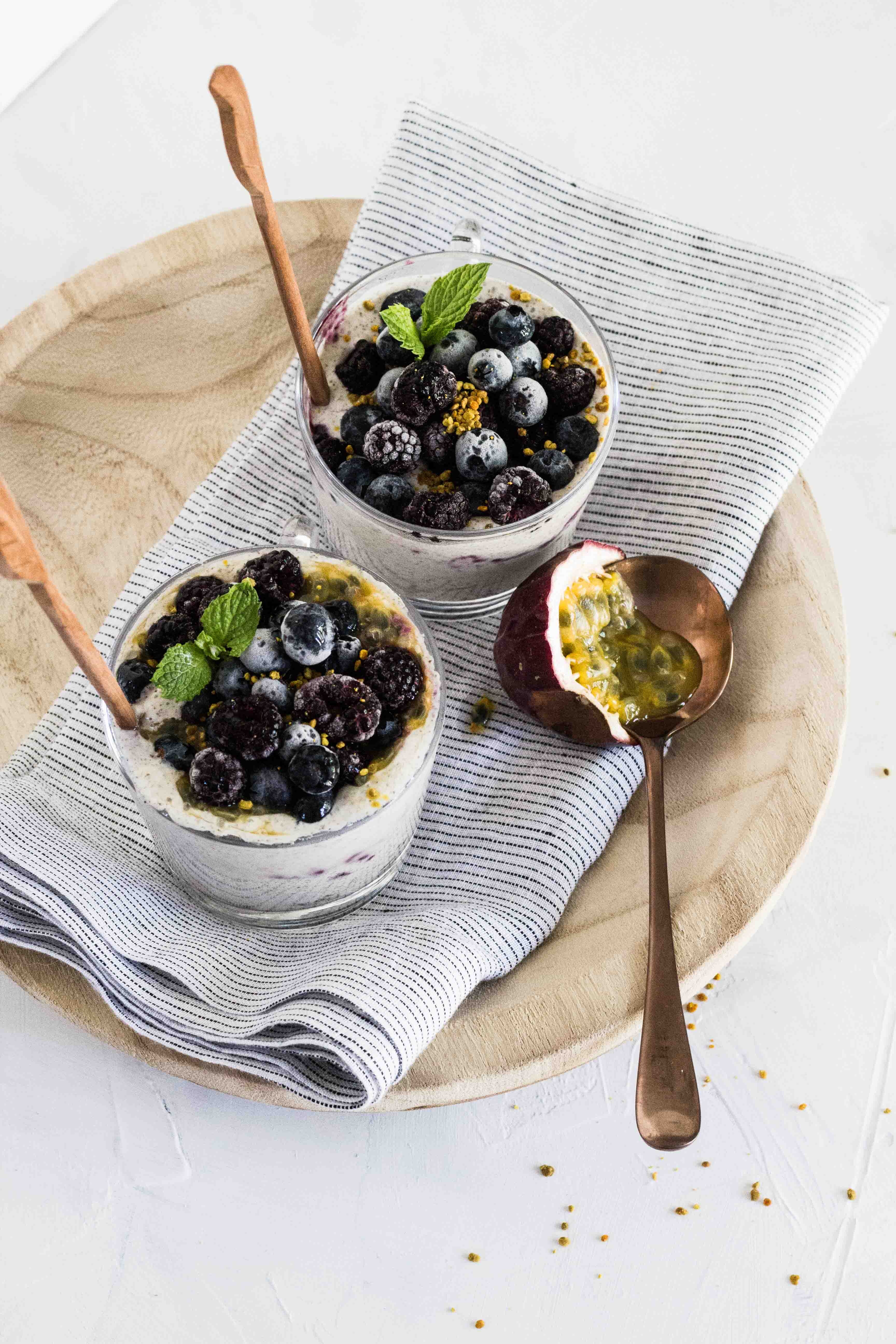
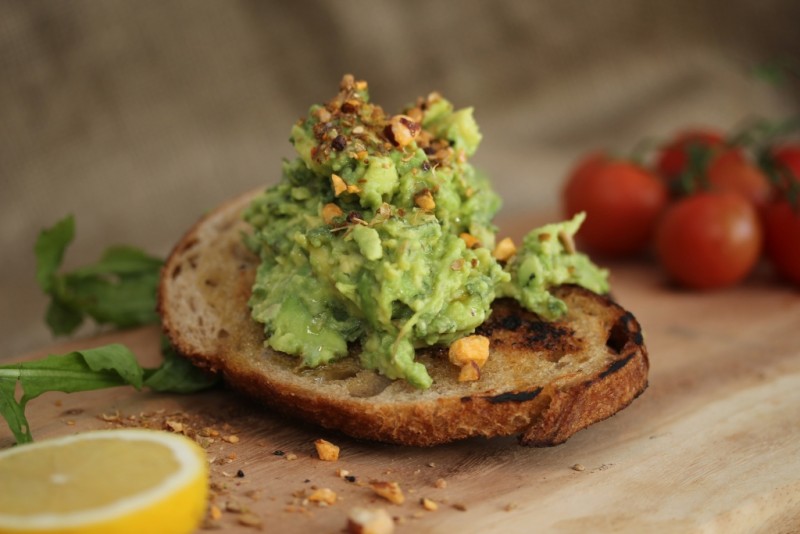
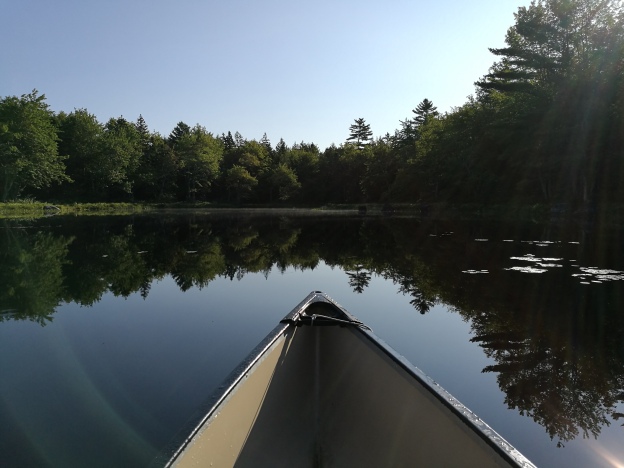

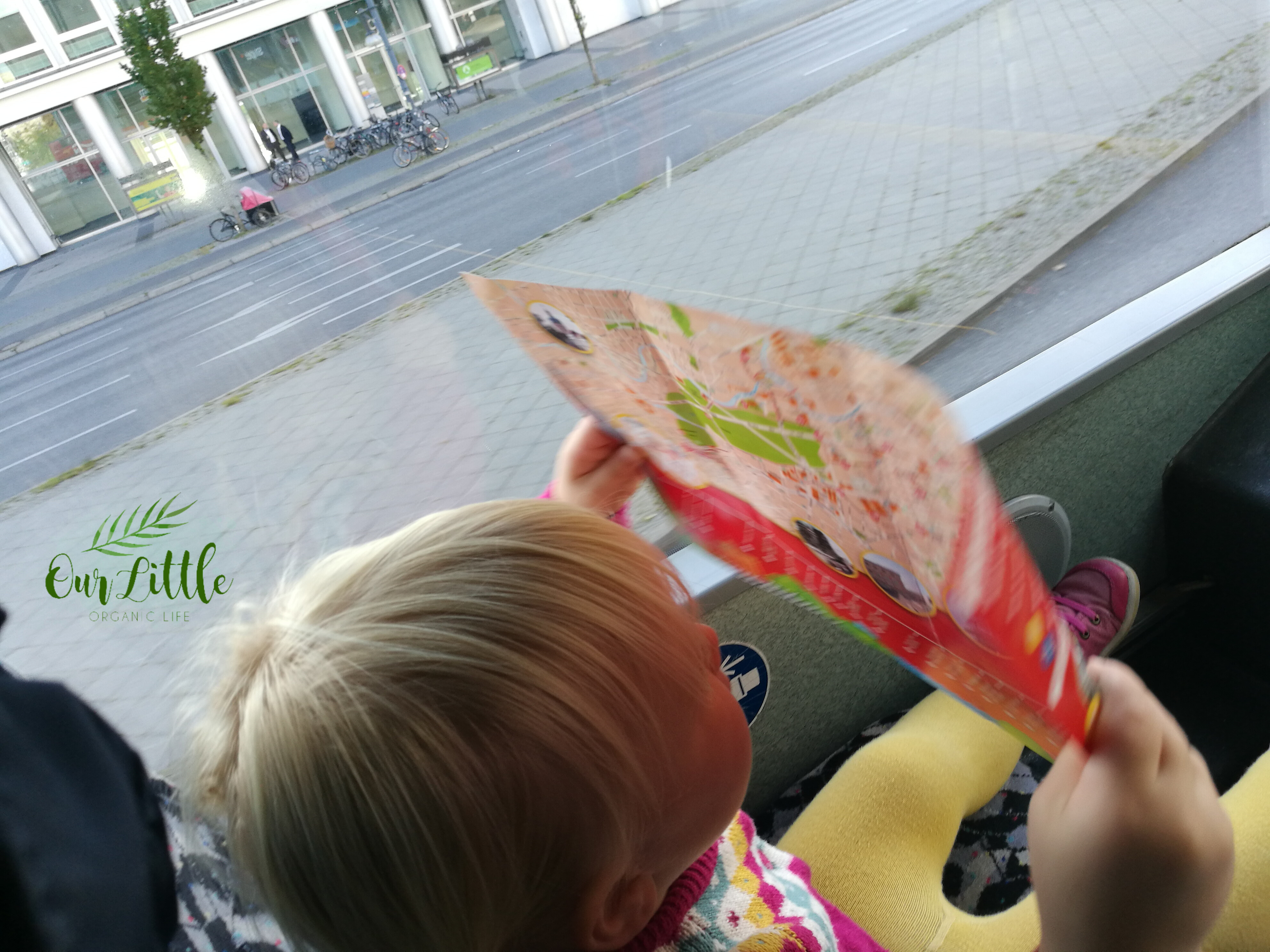
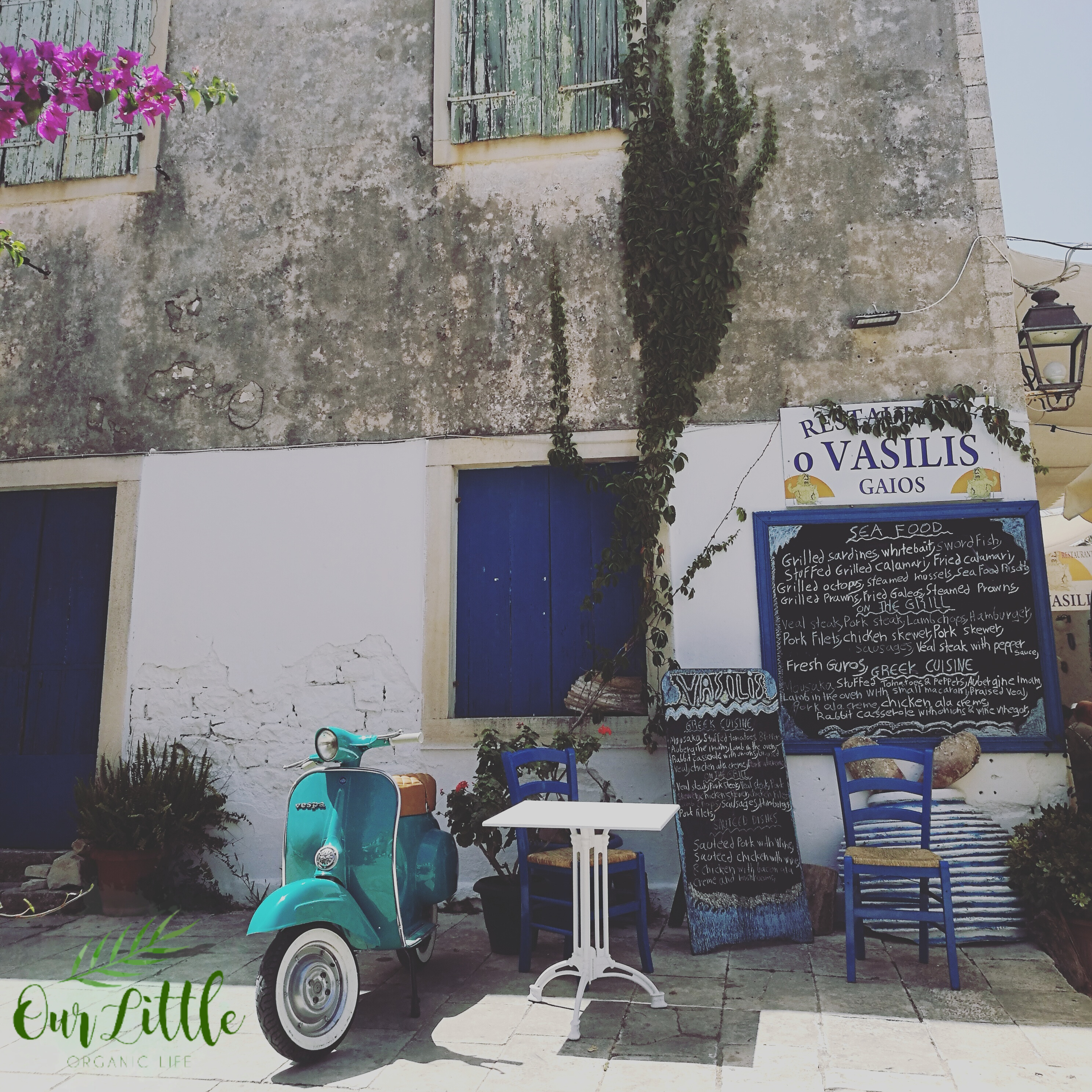

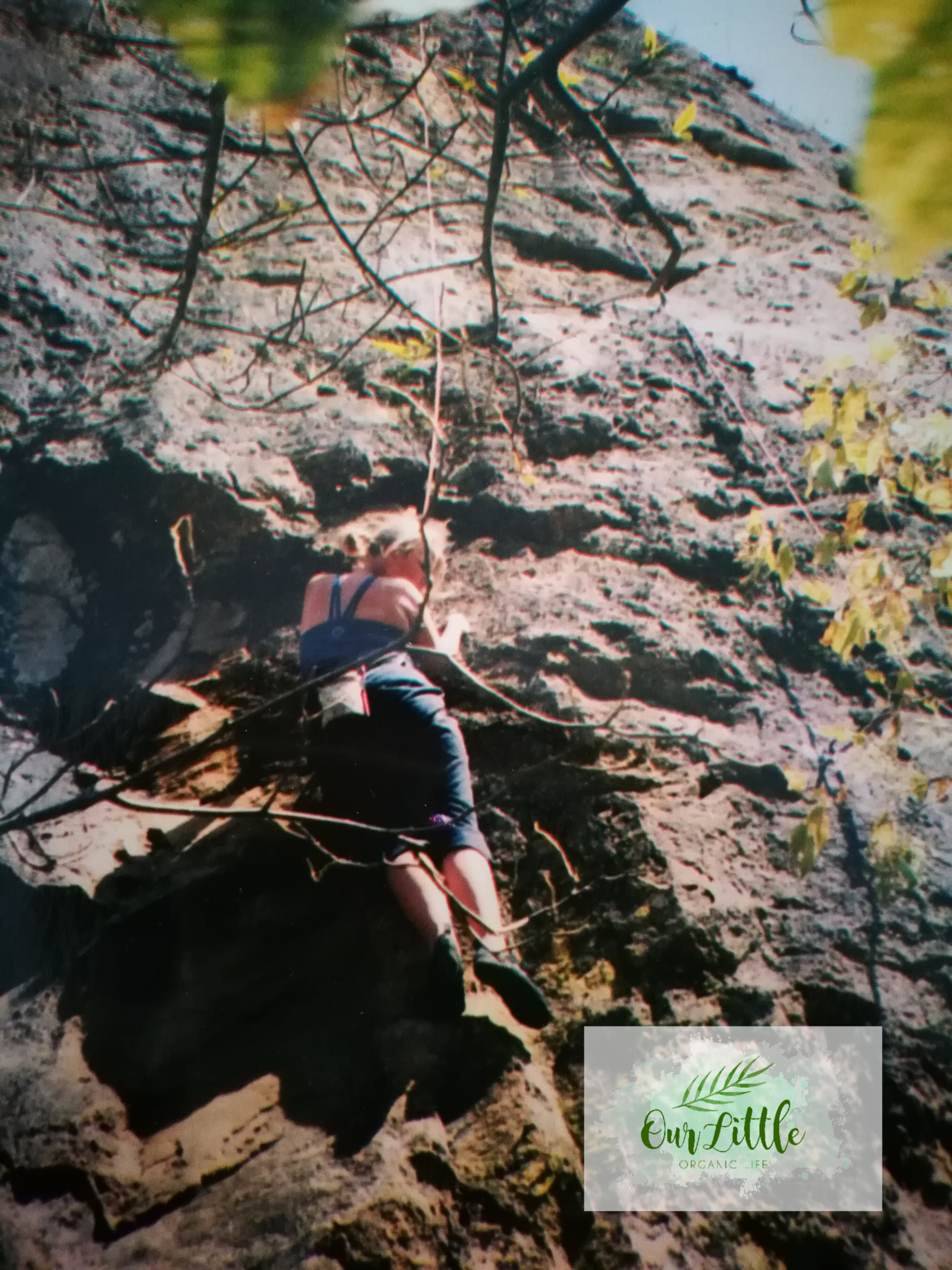
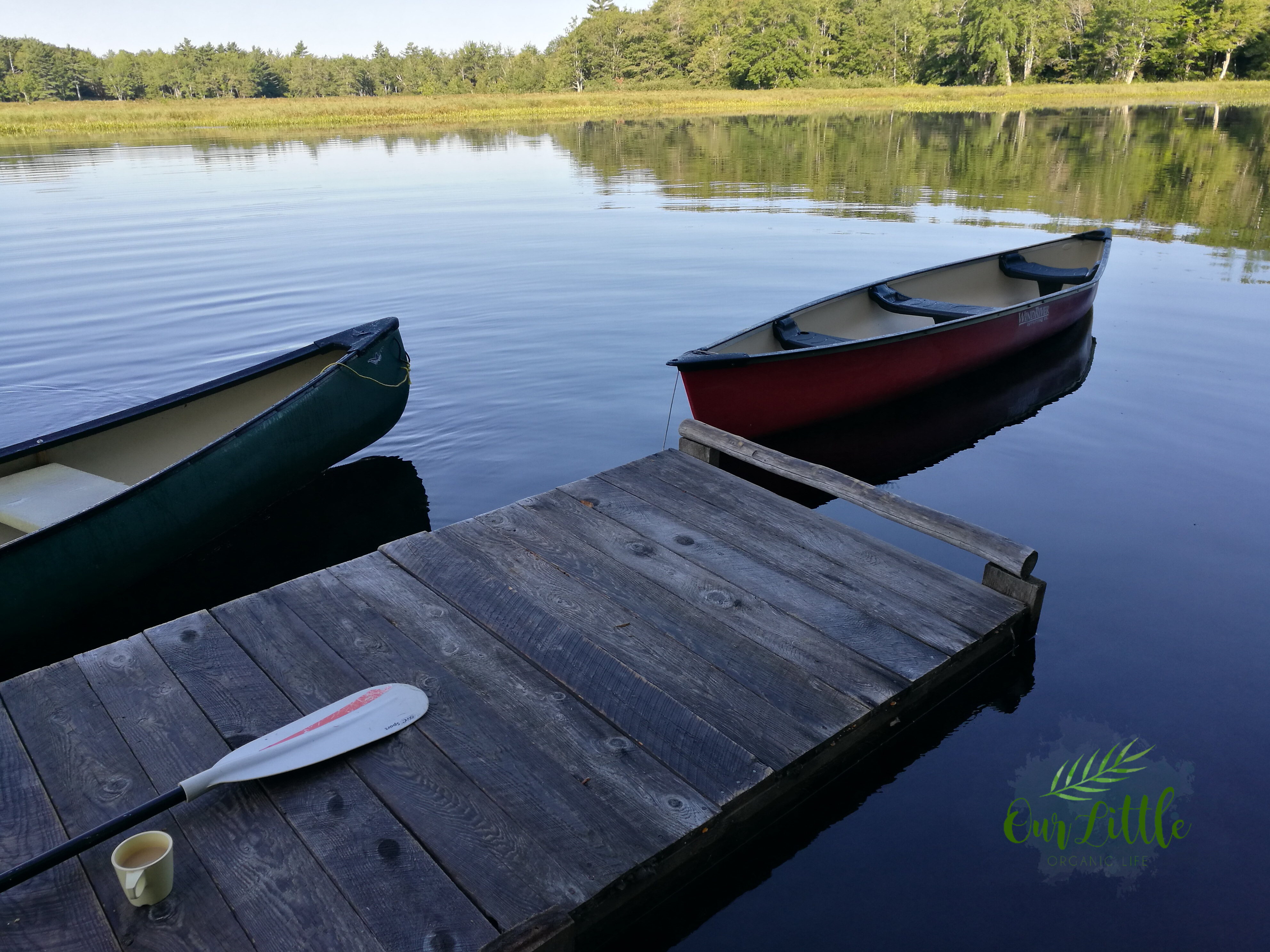
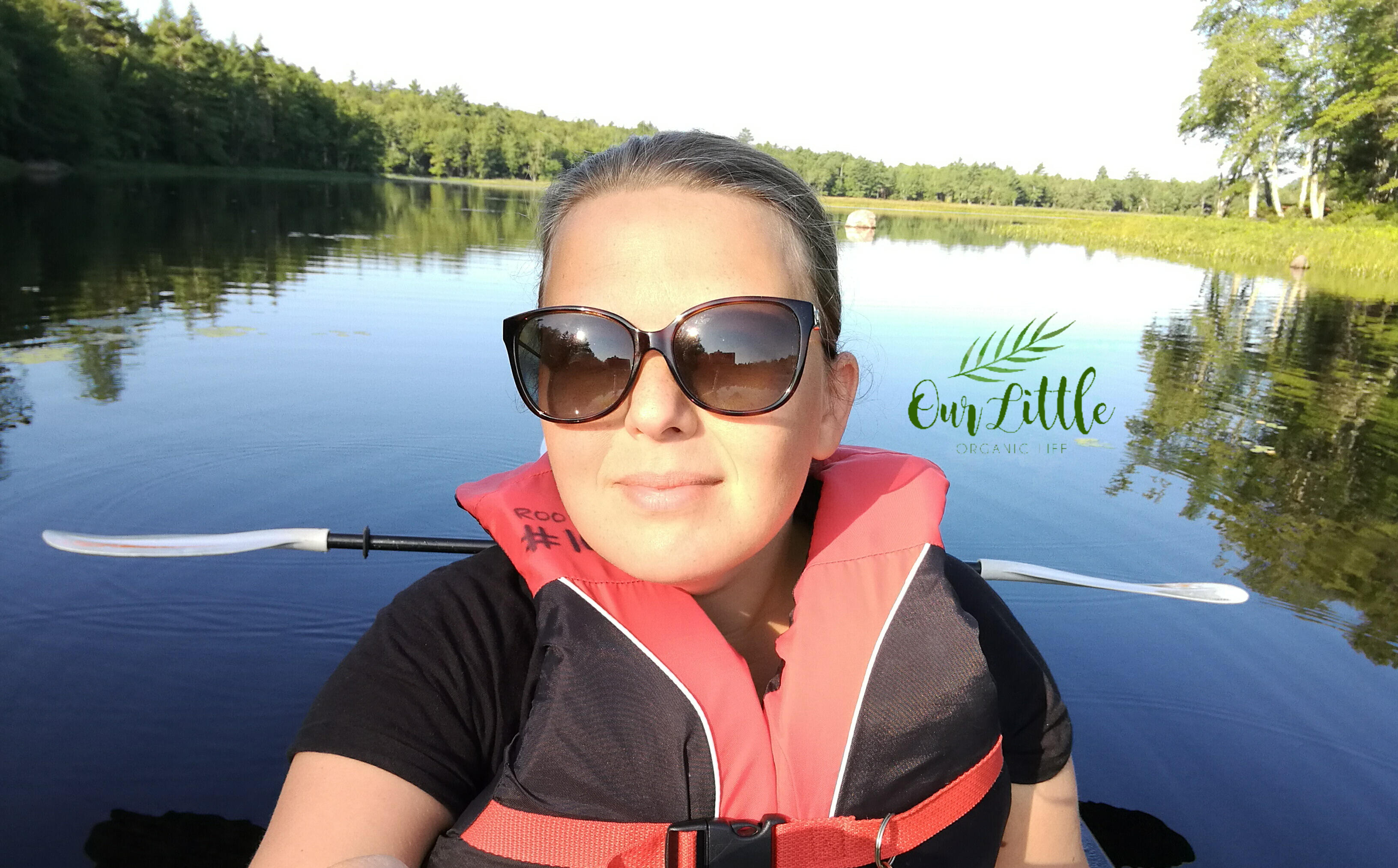
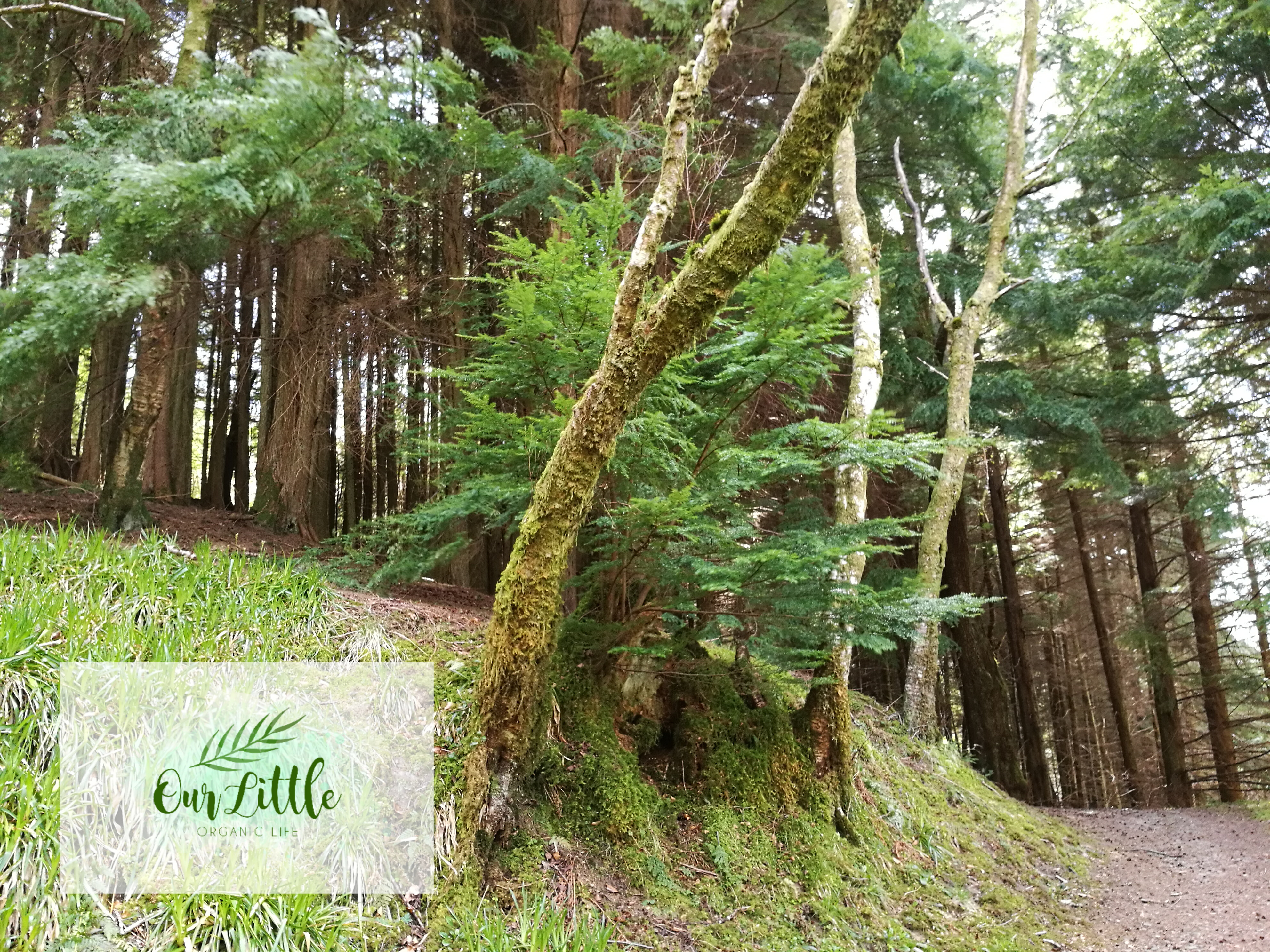






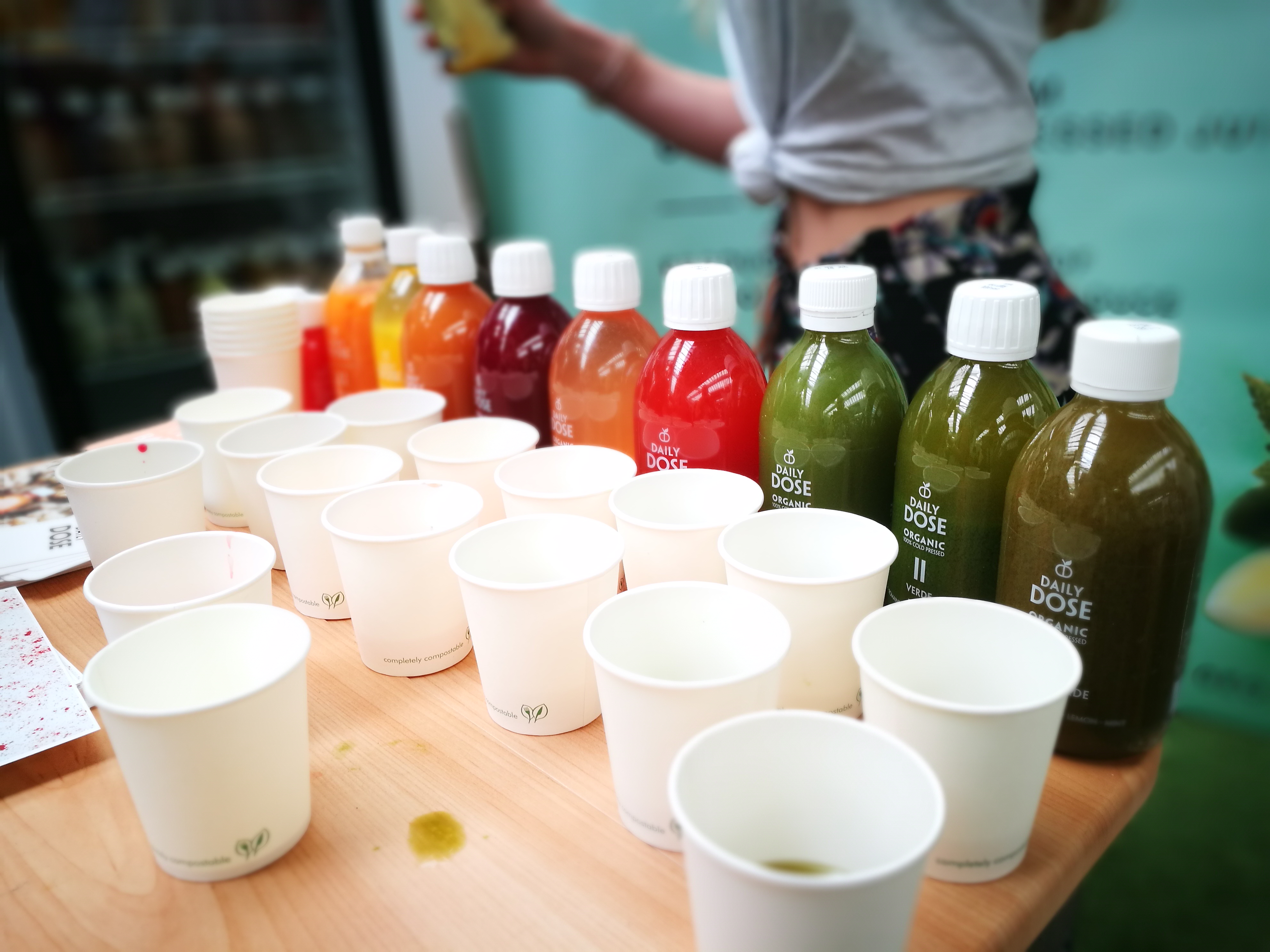
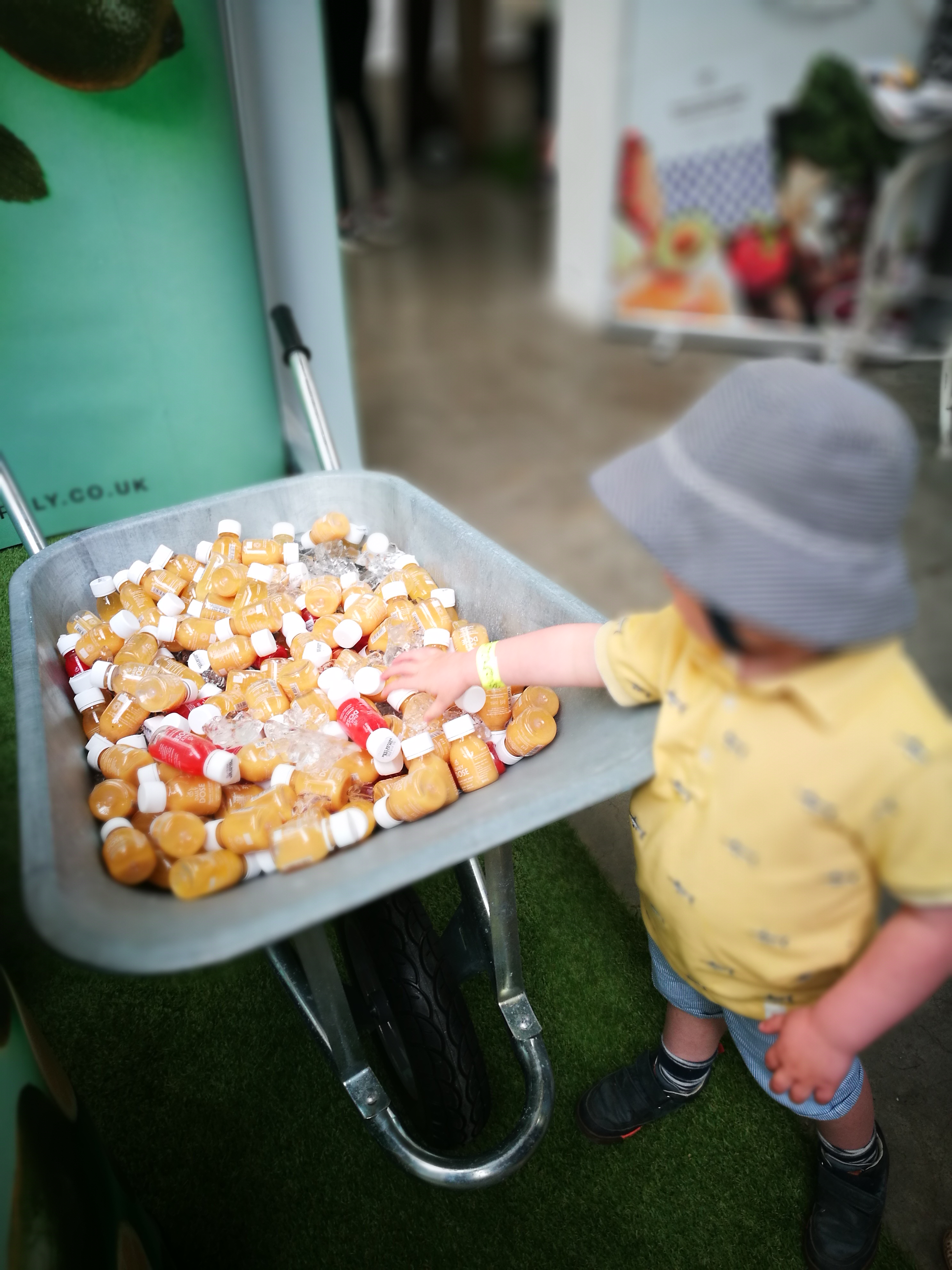

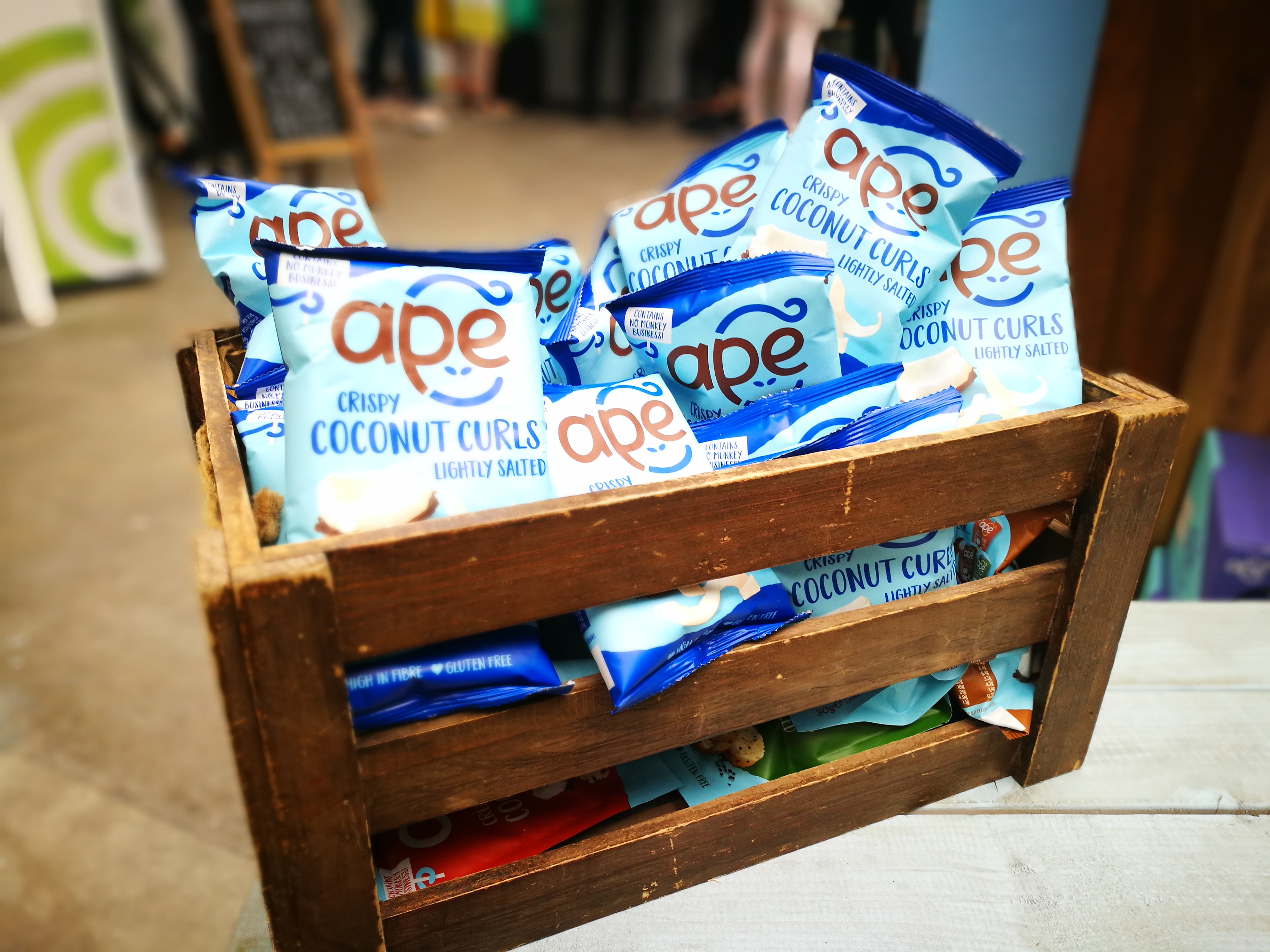

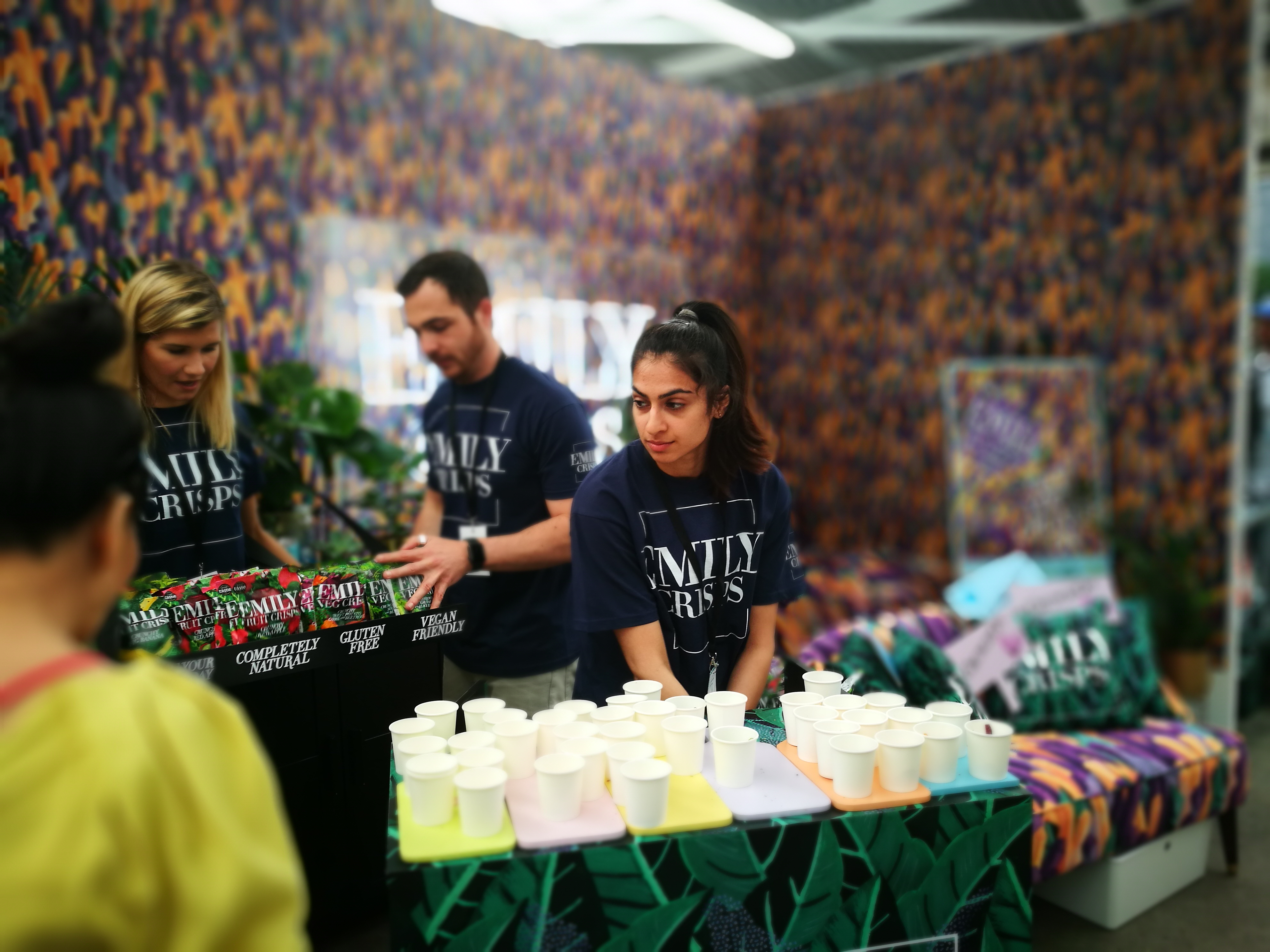
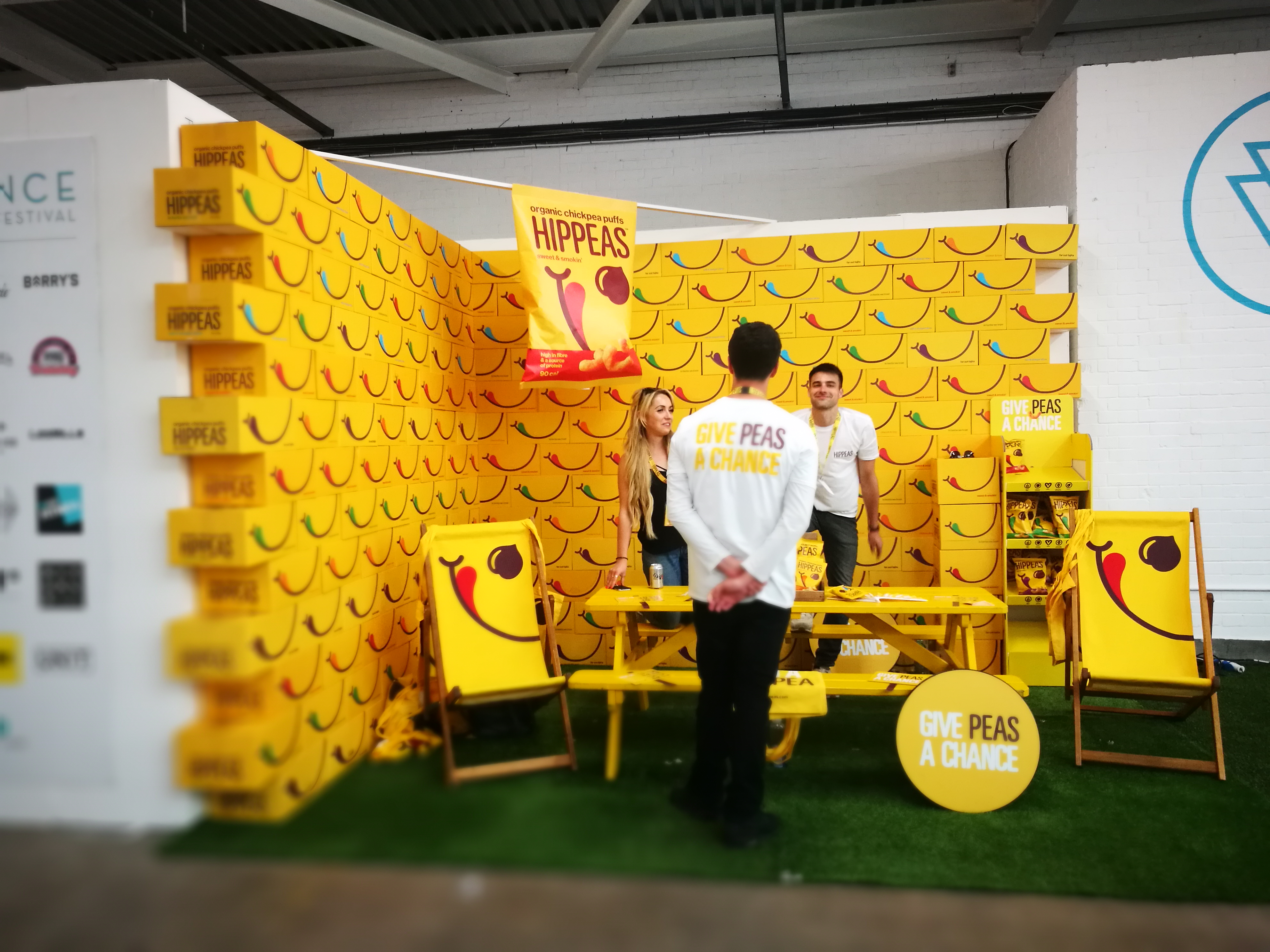


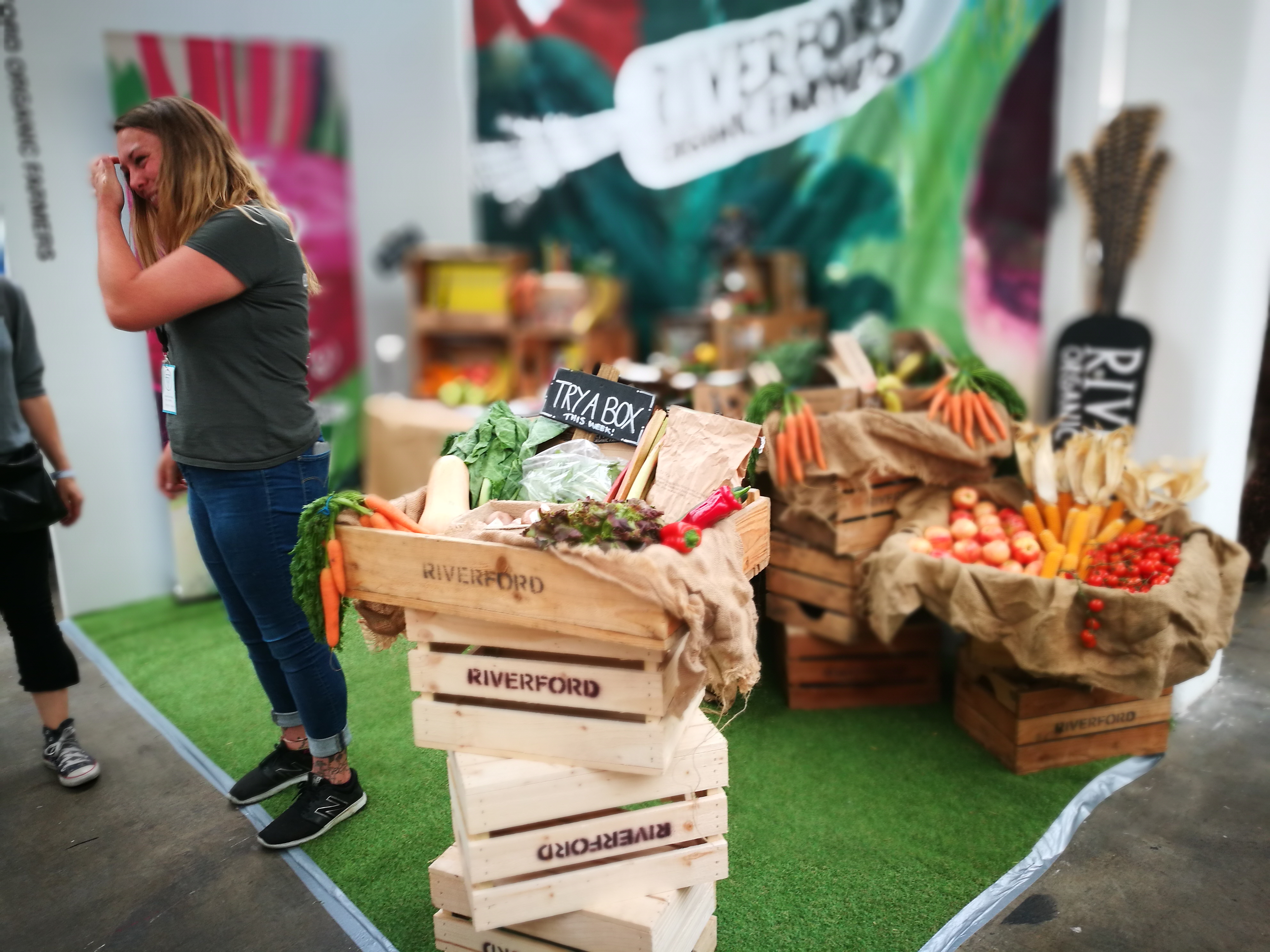


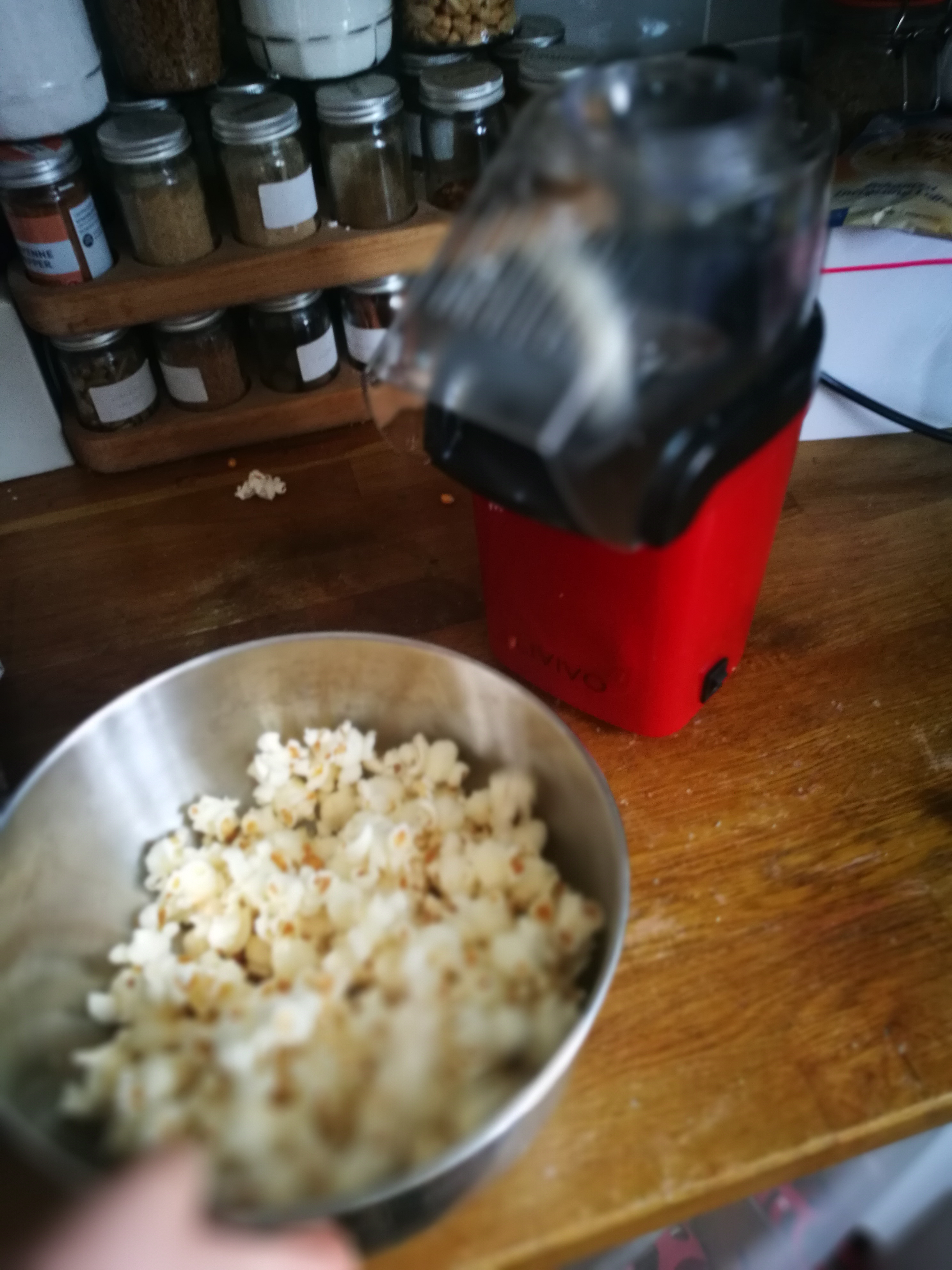
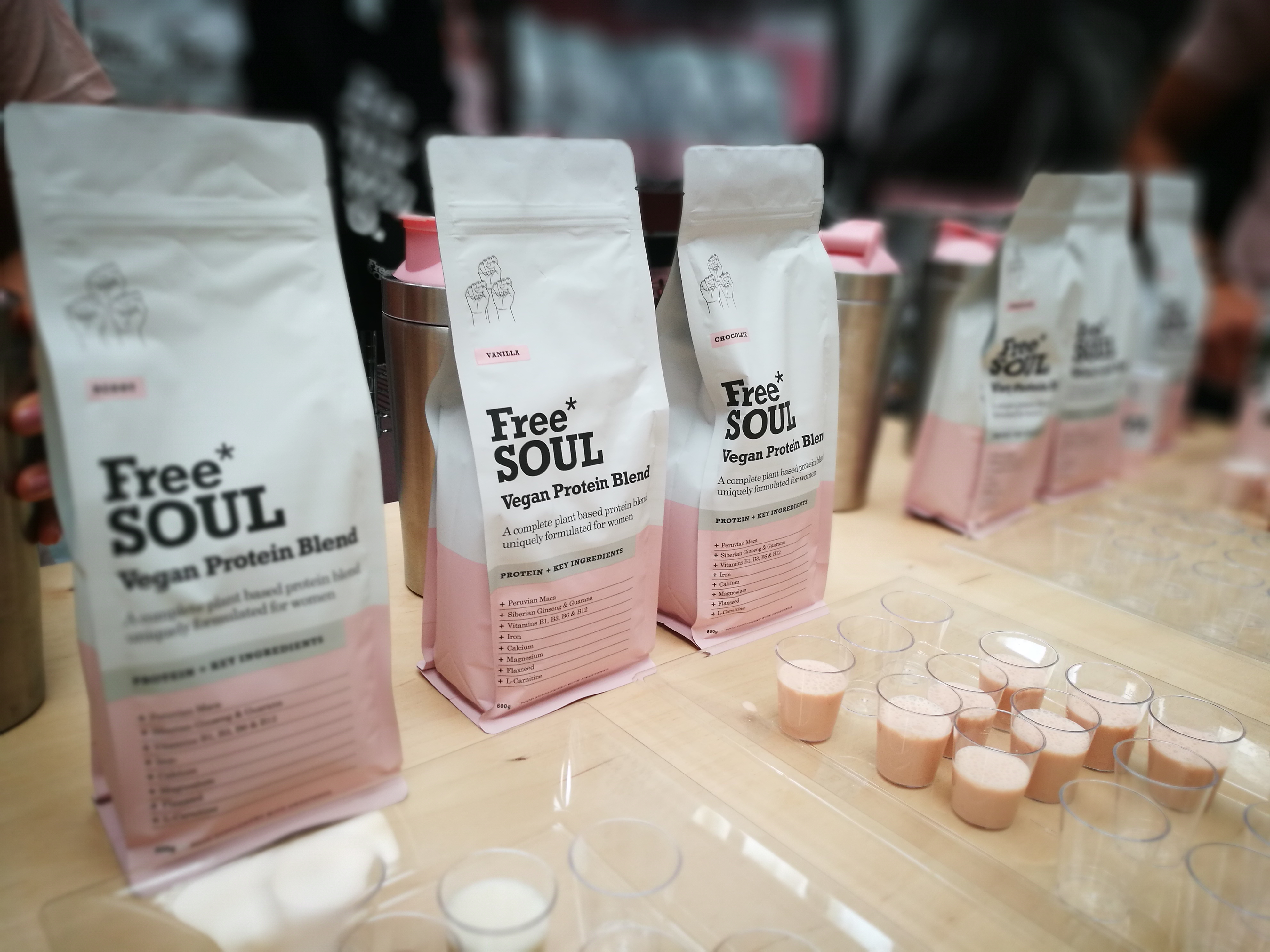

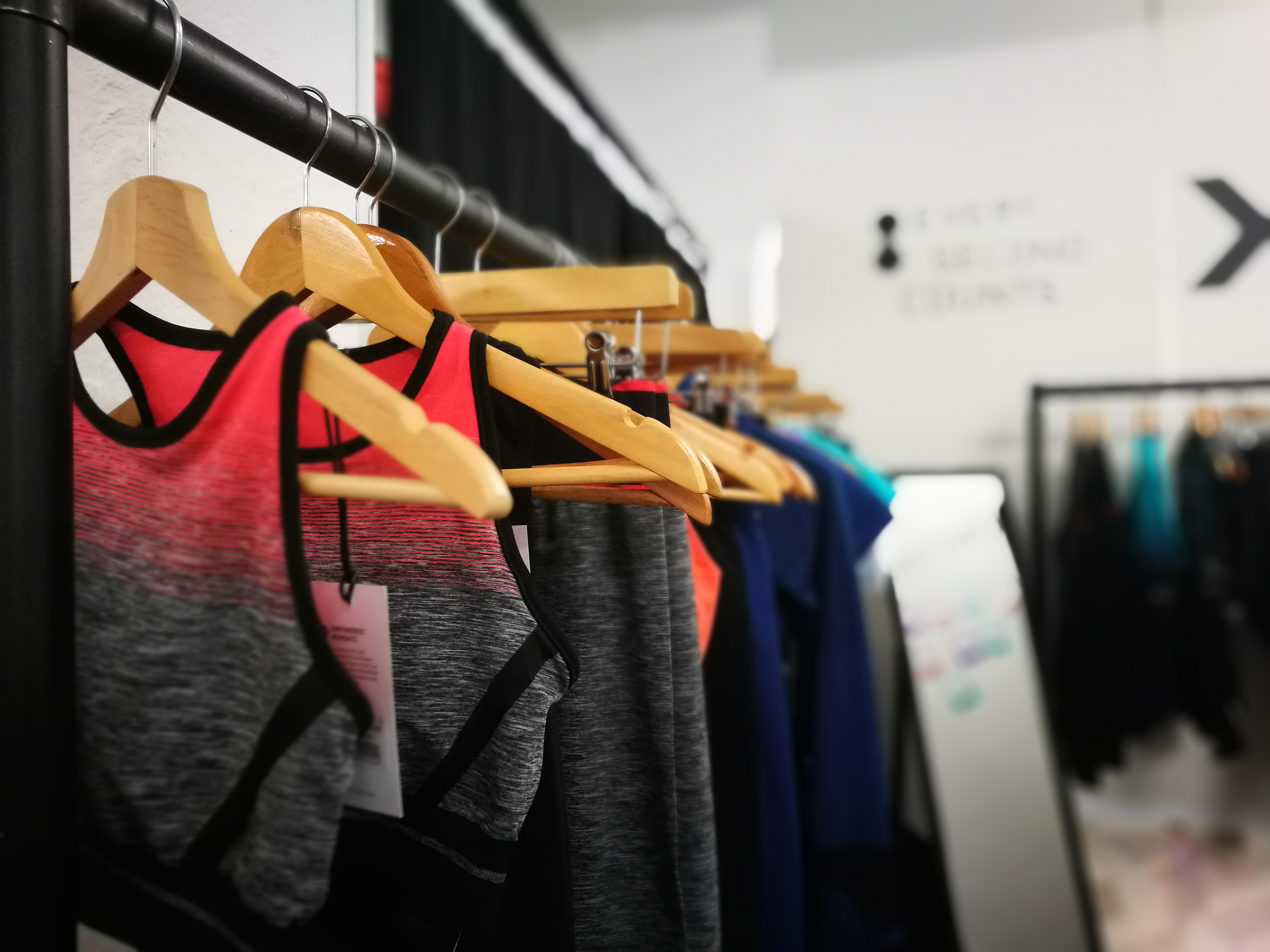
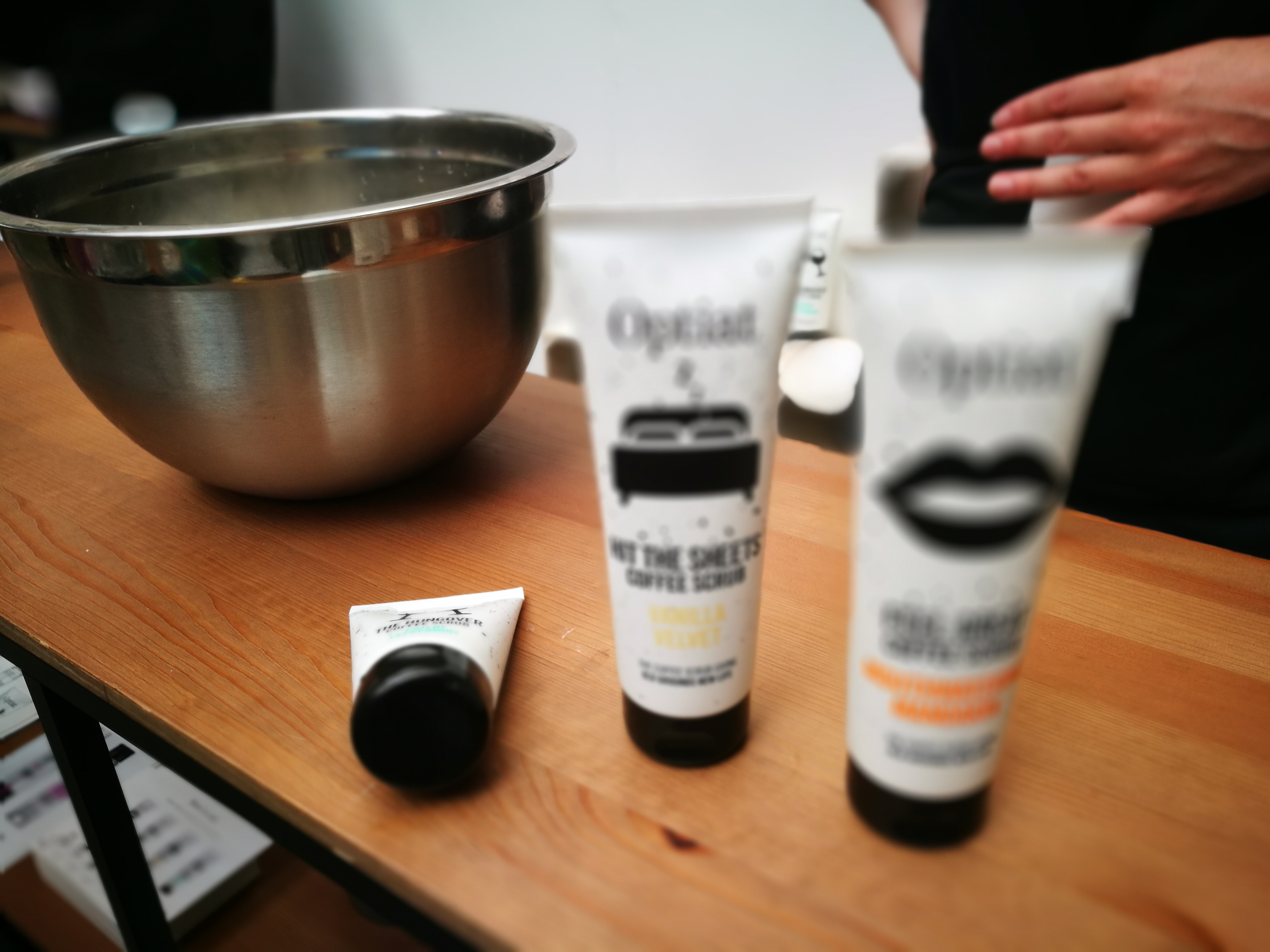
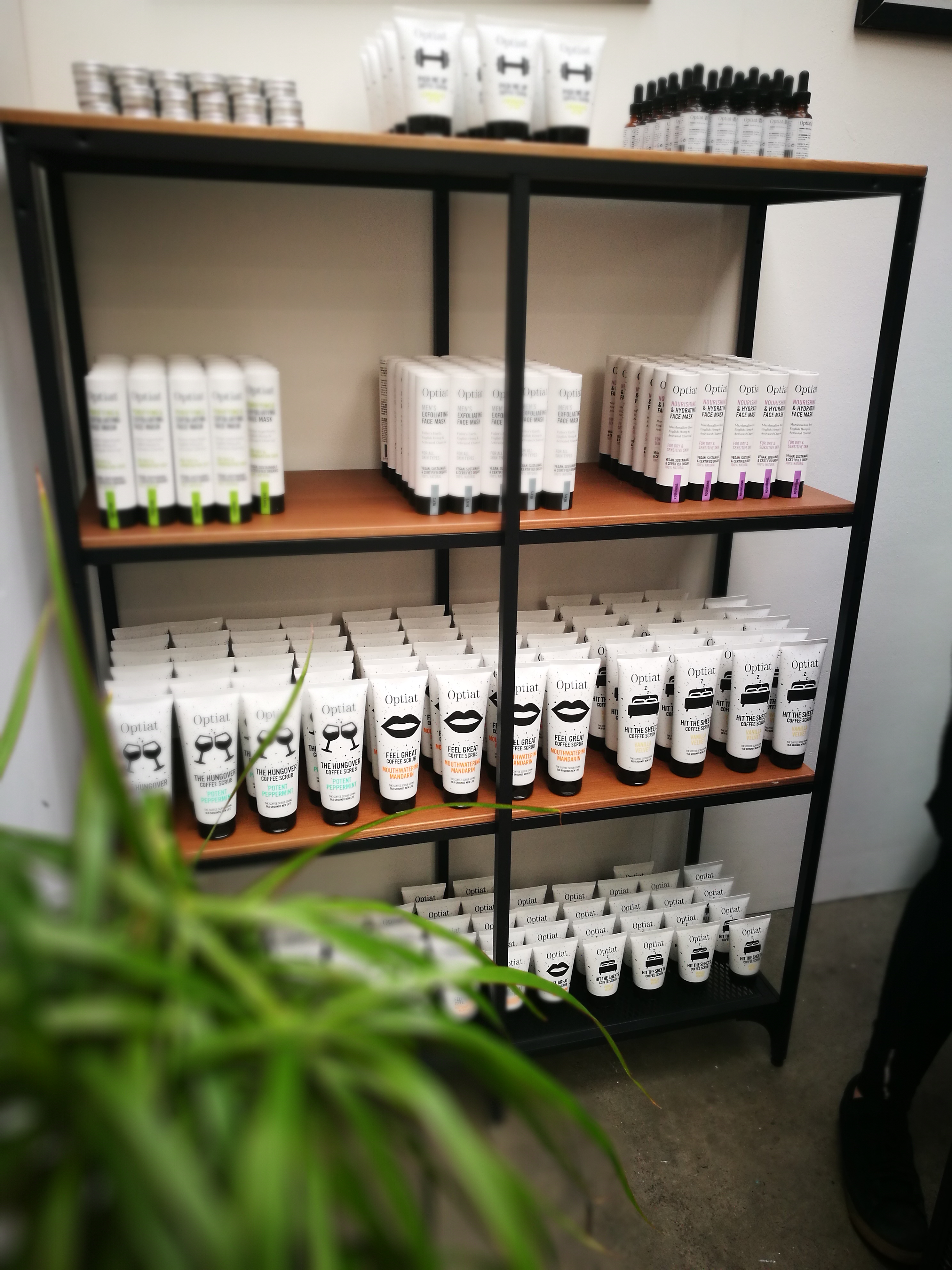
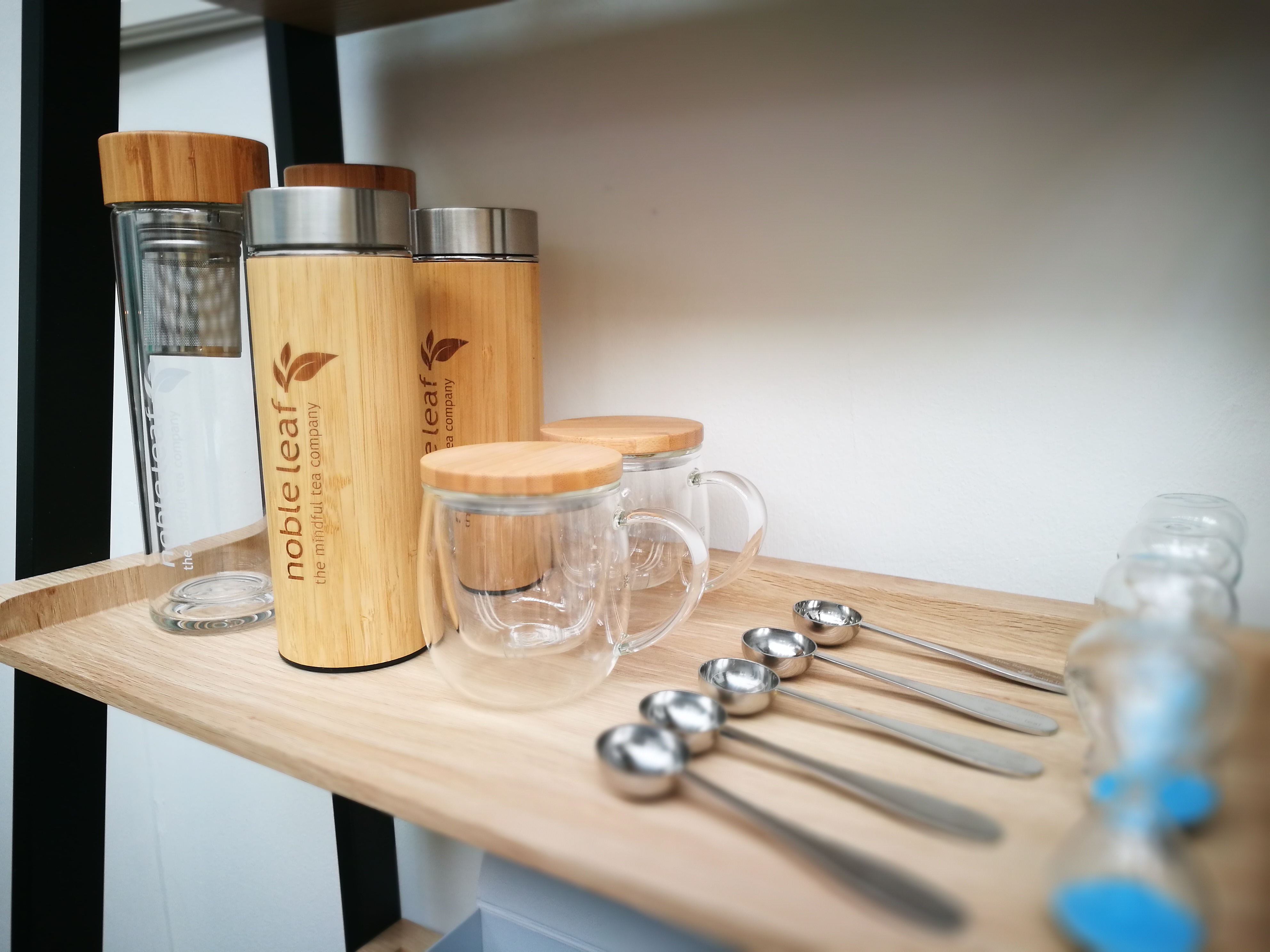
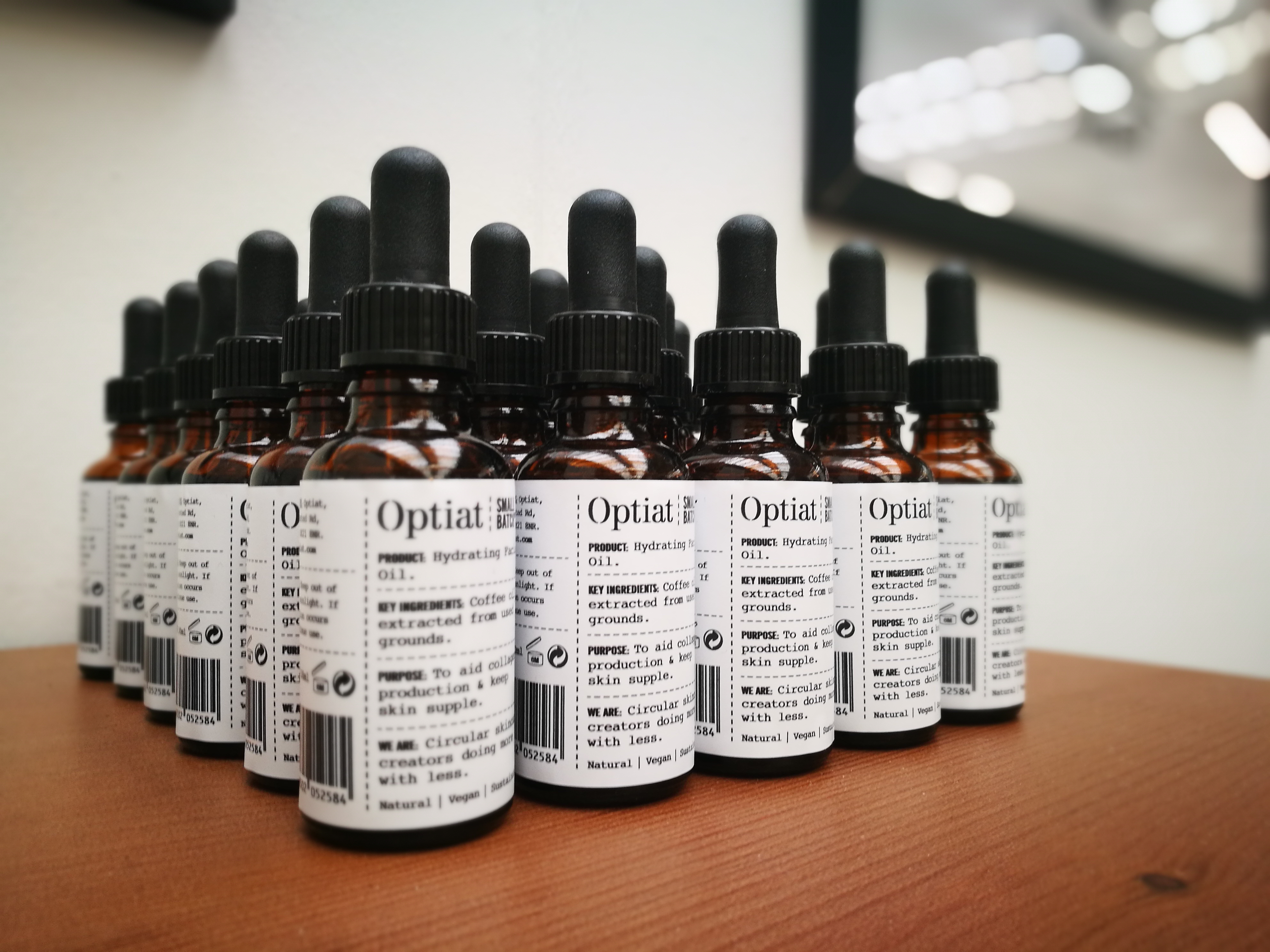

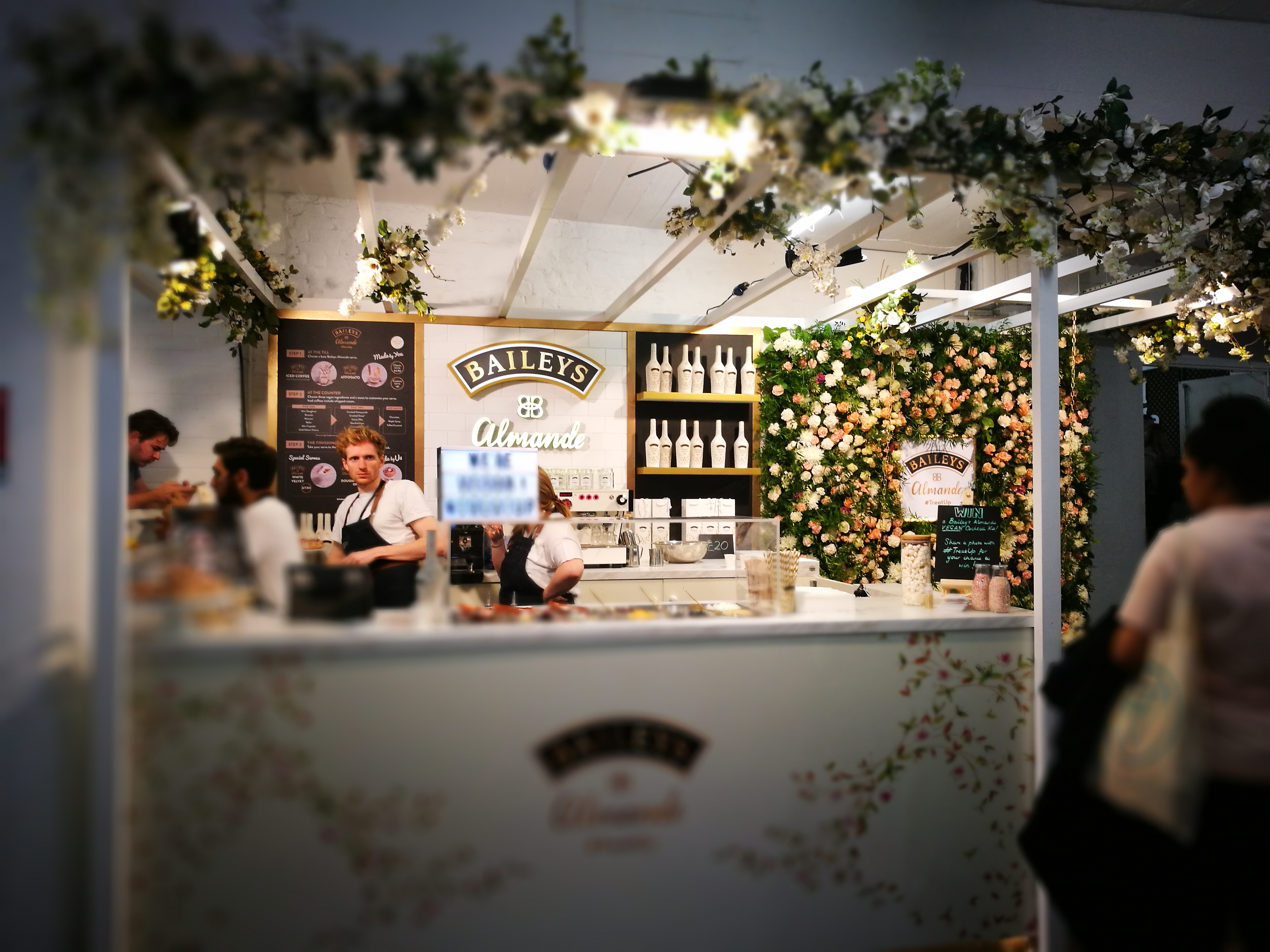



 Sources:
Sources: 